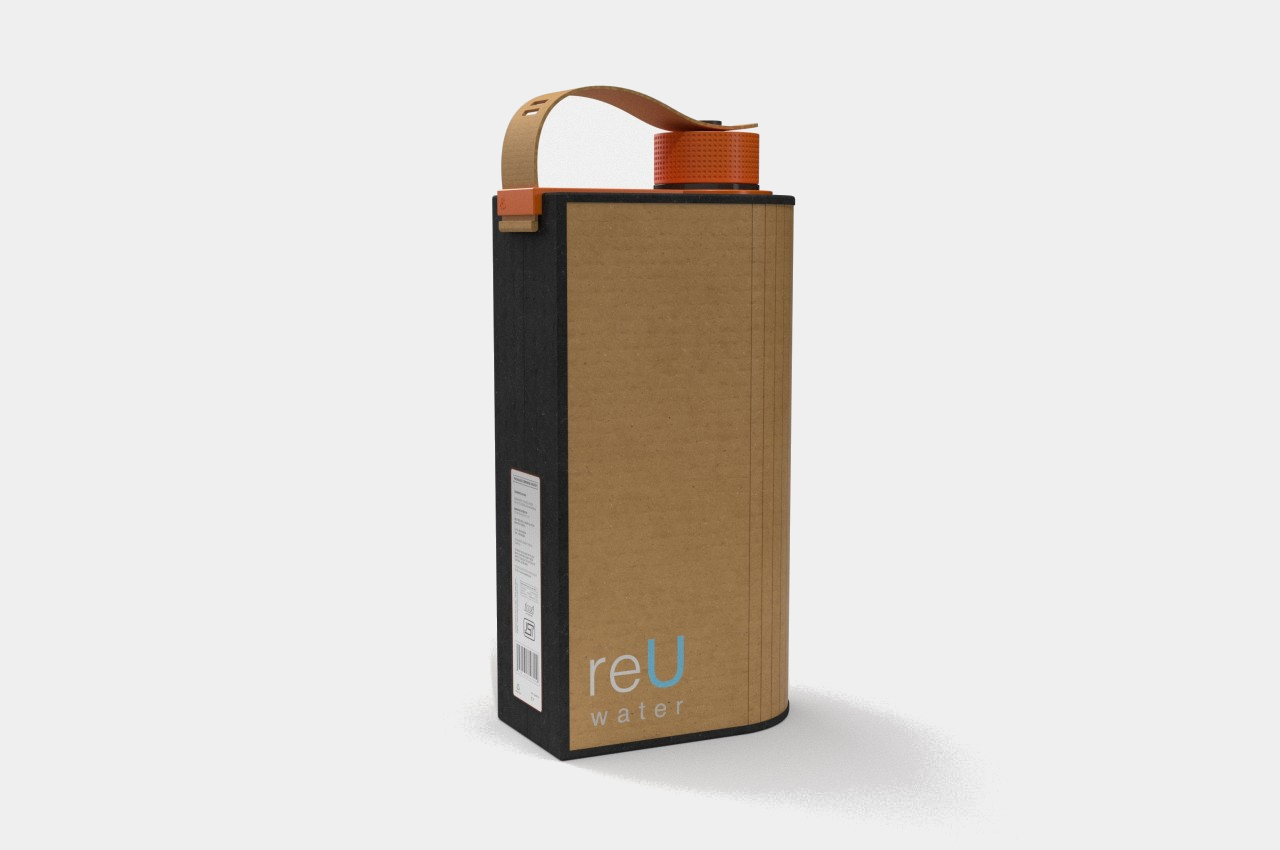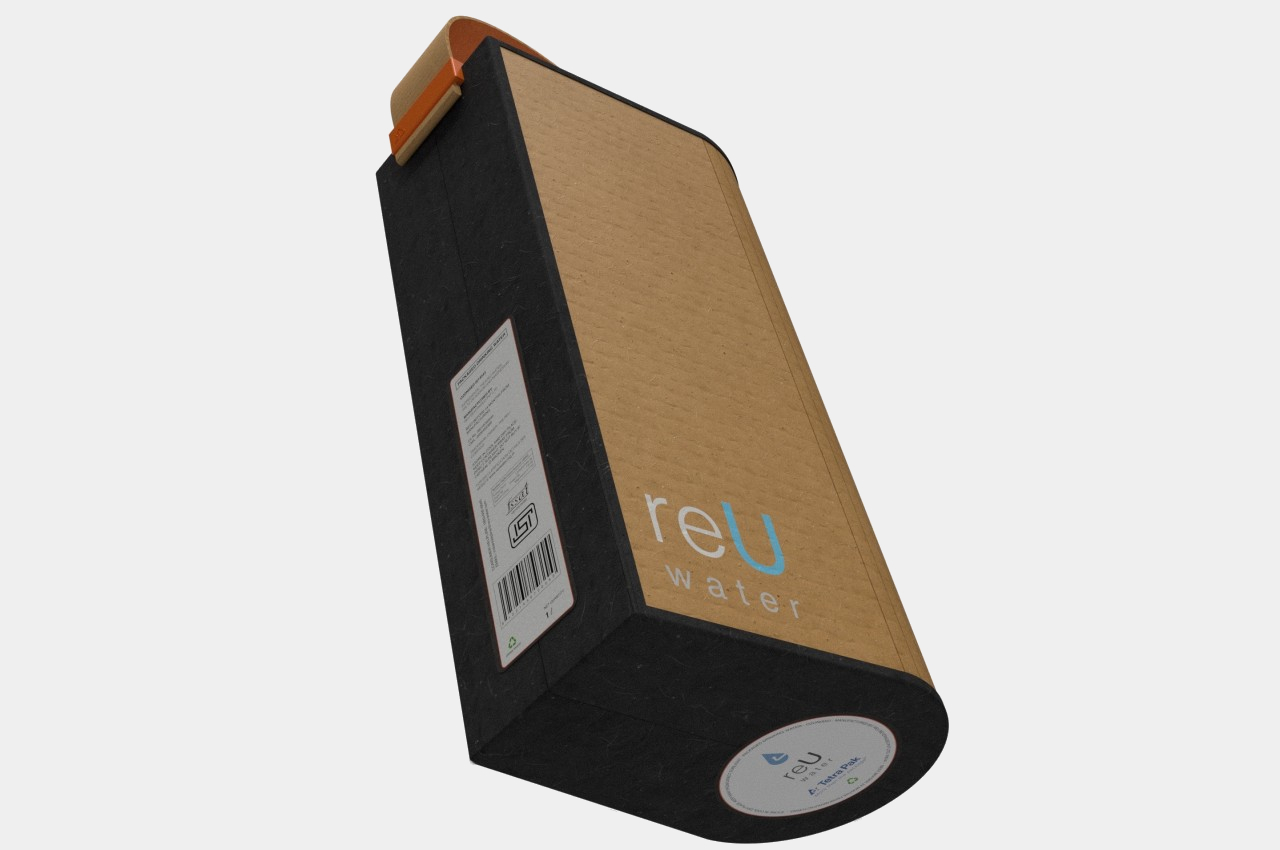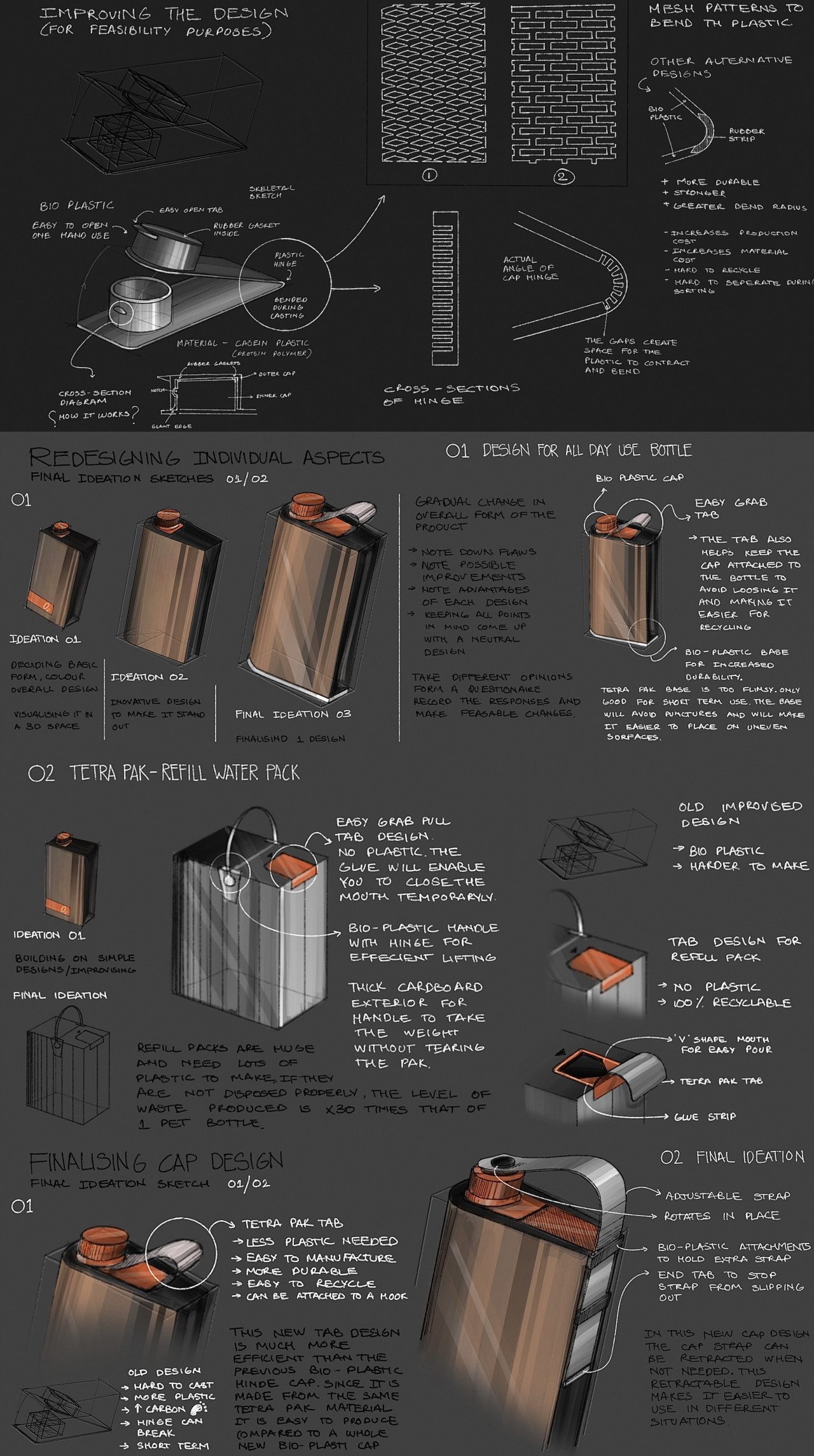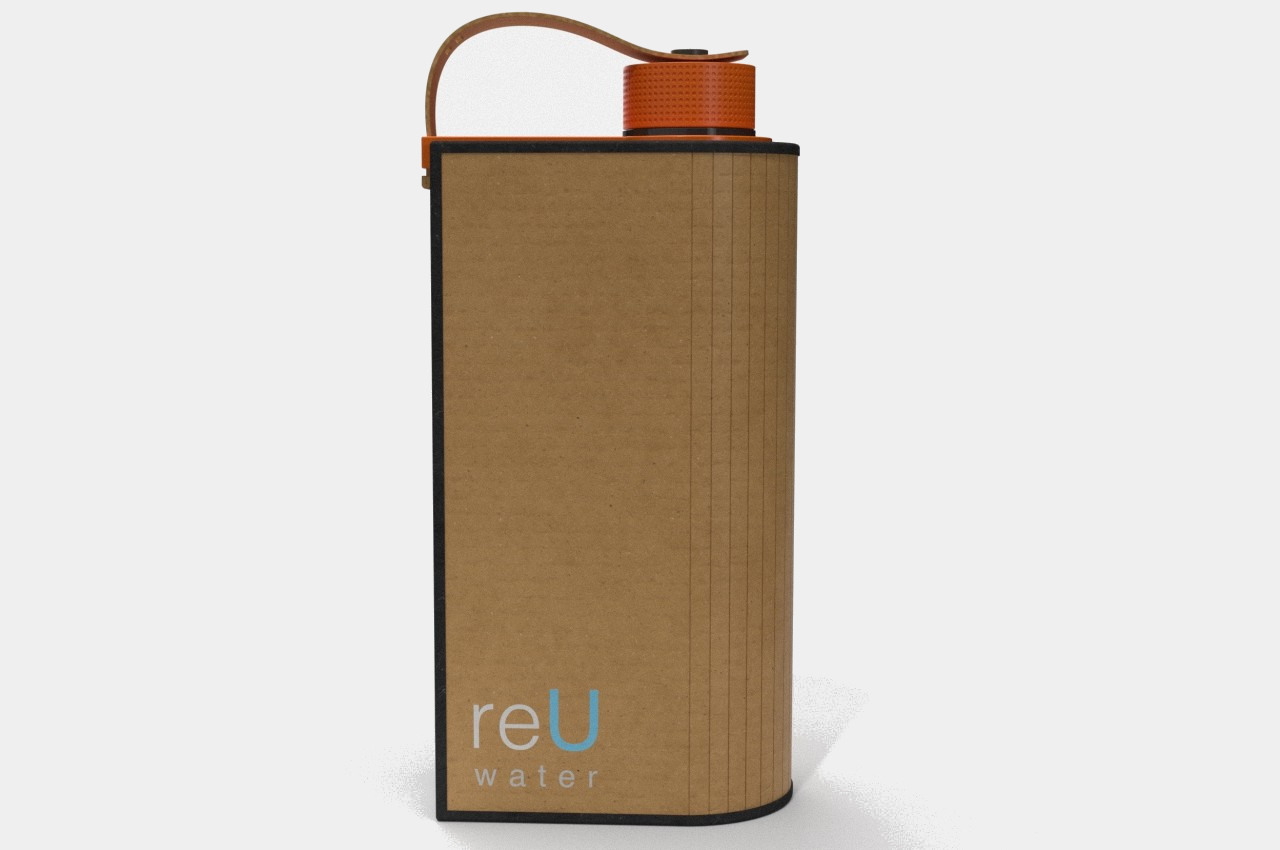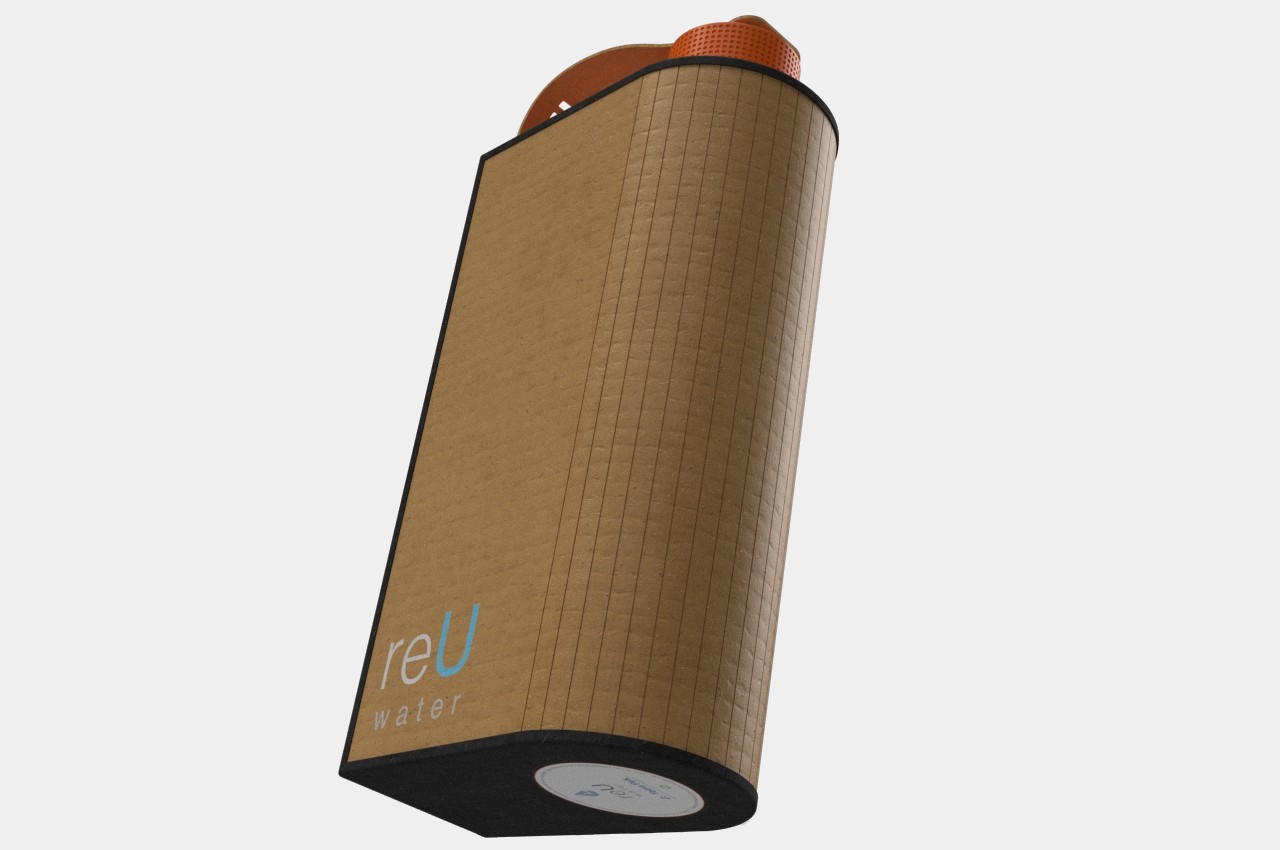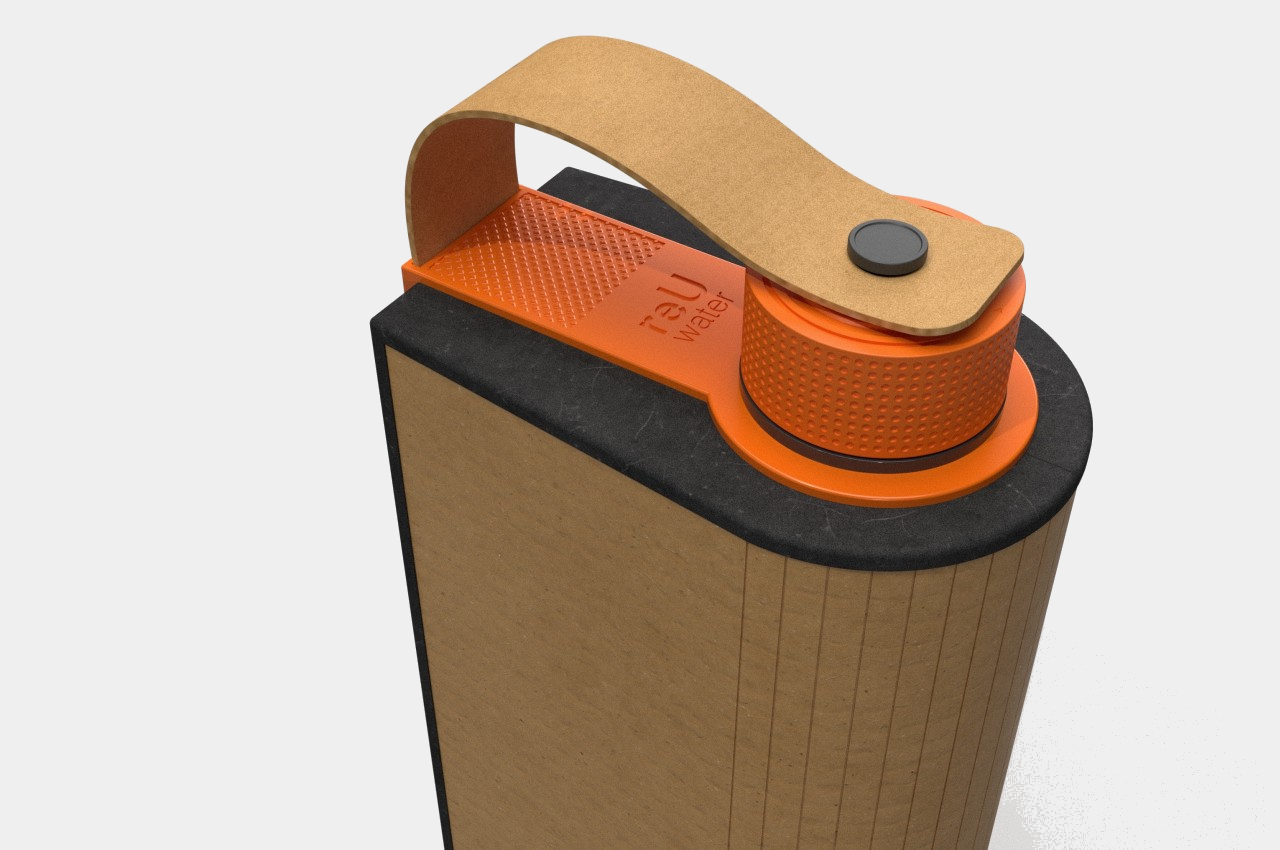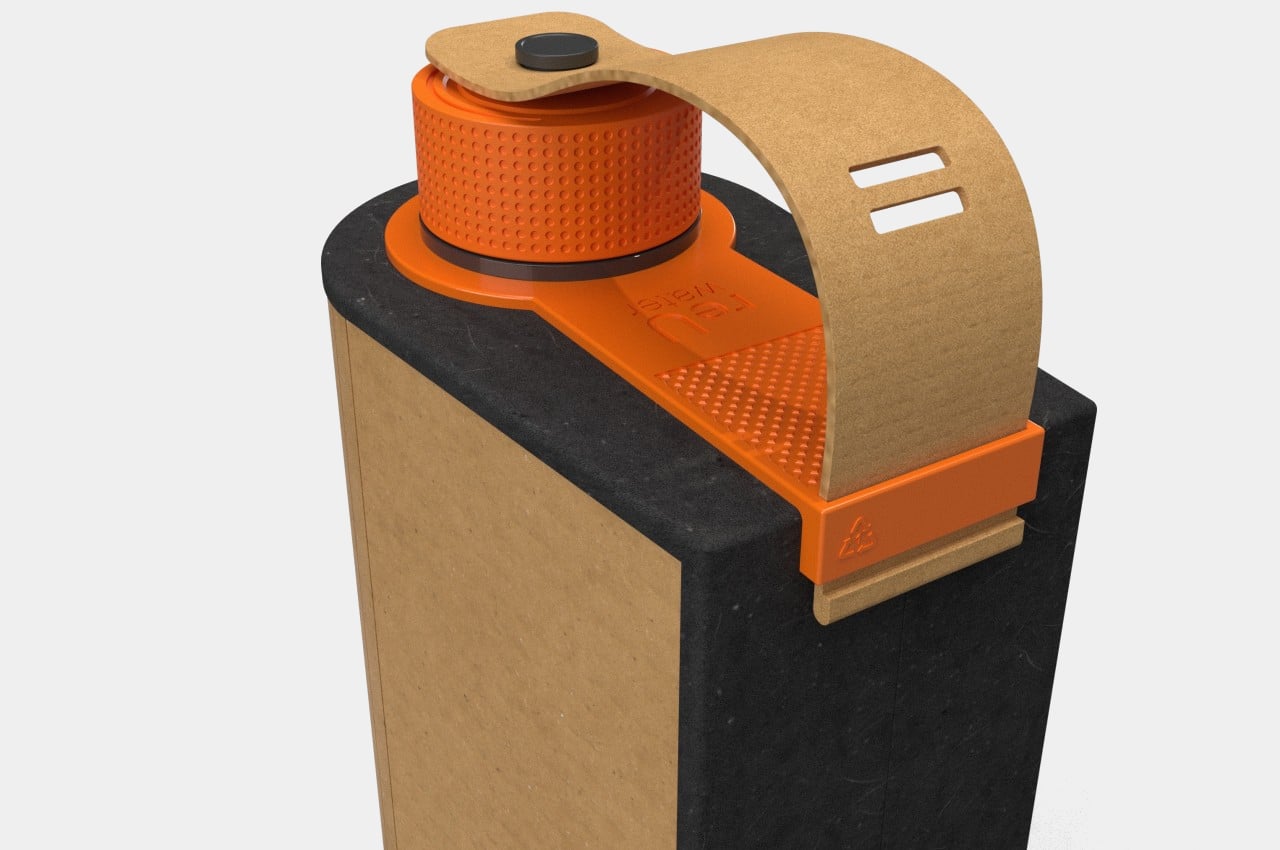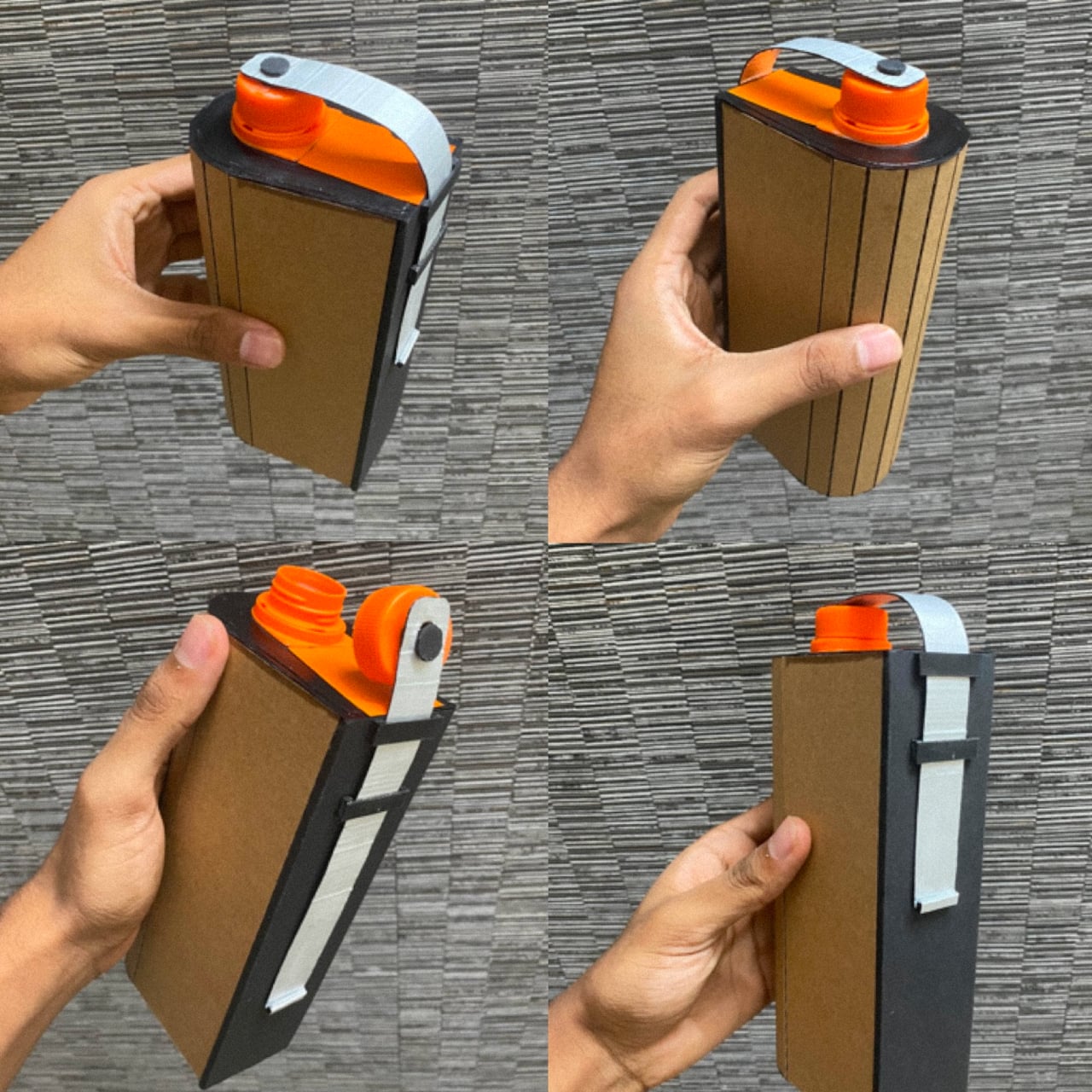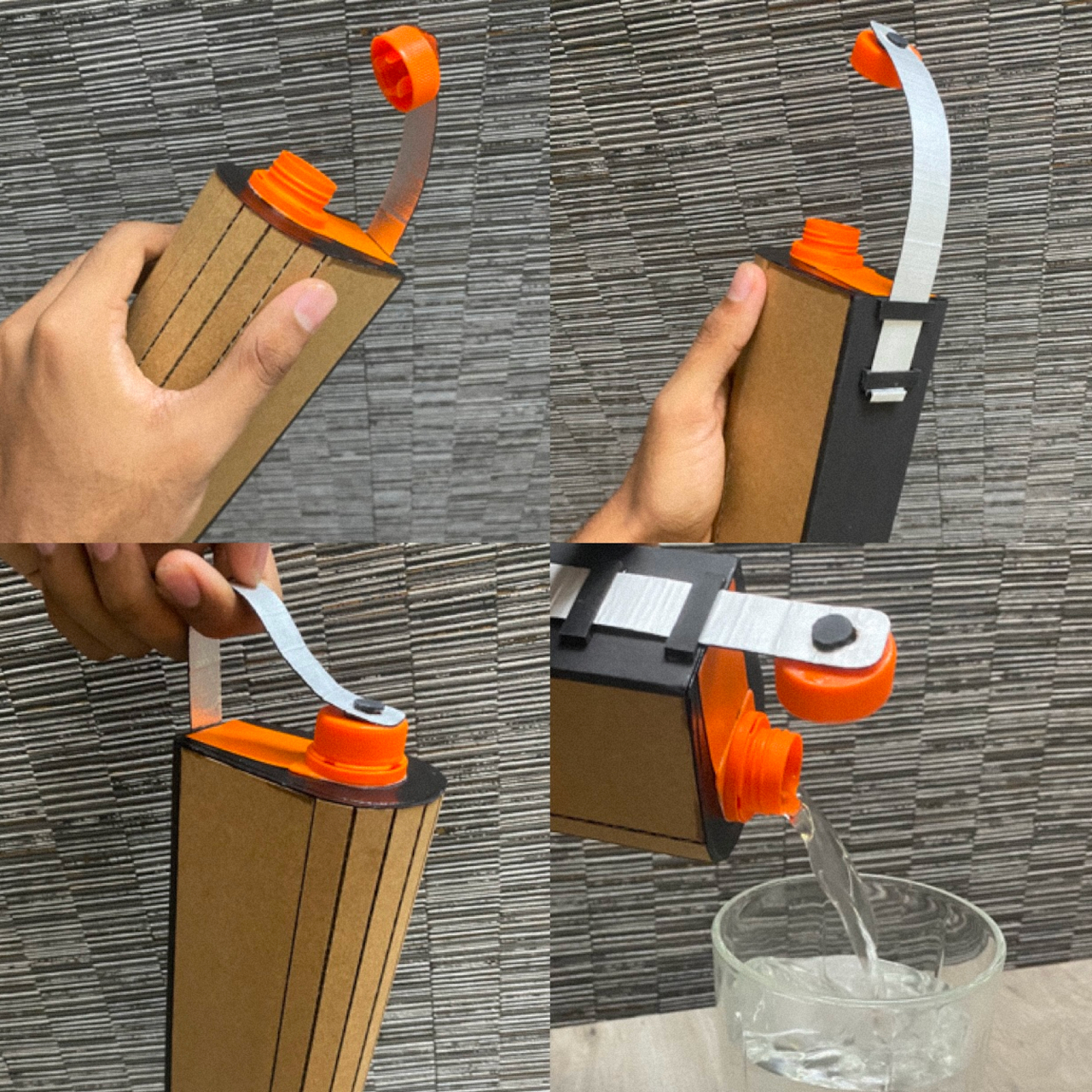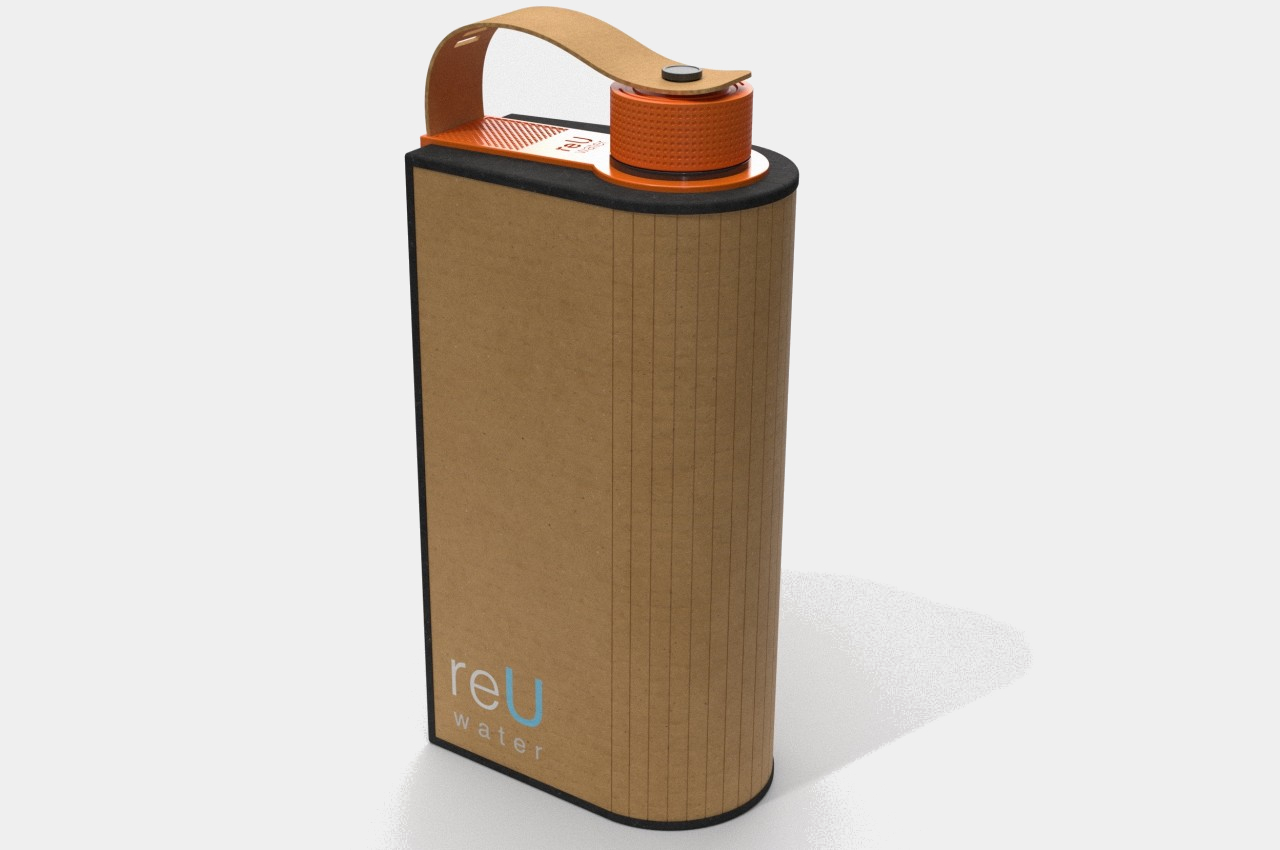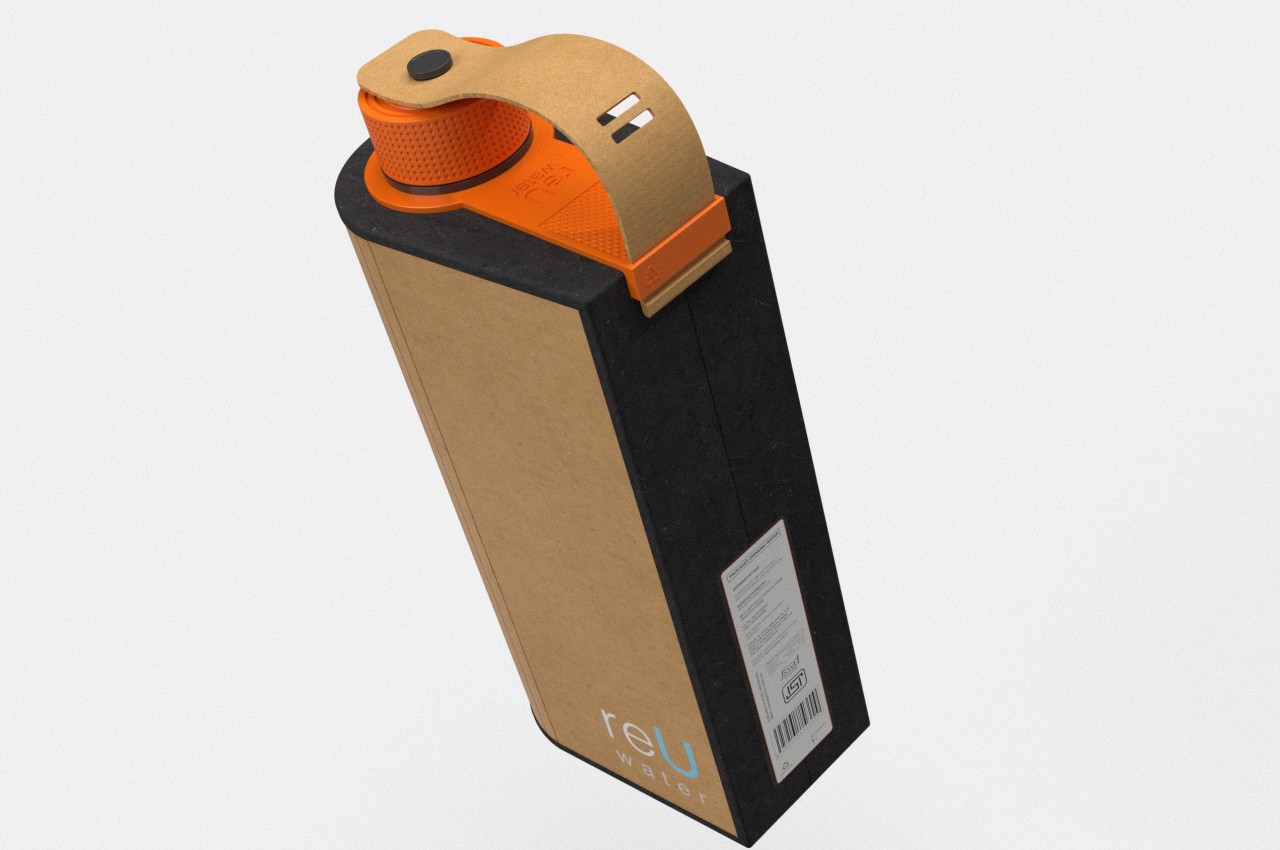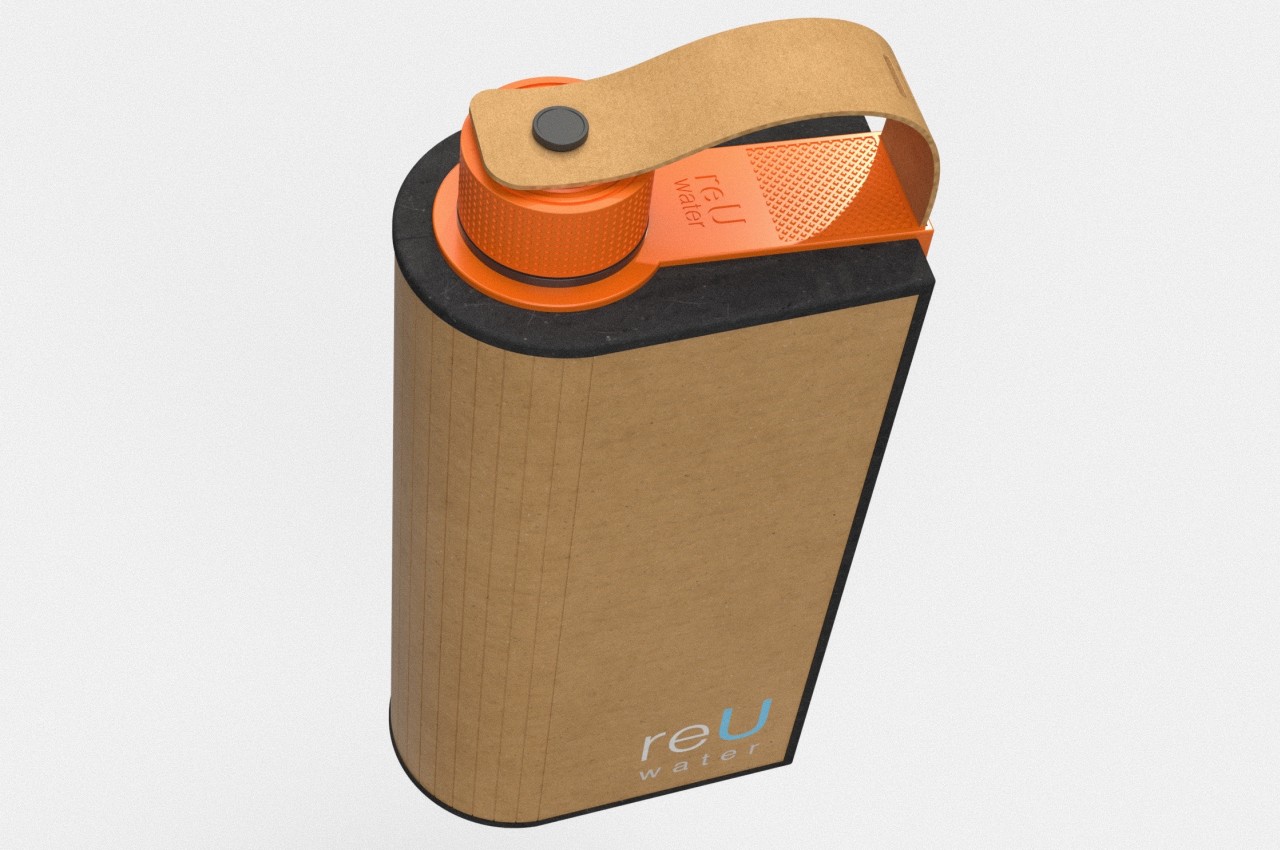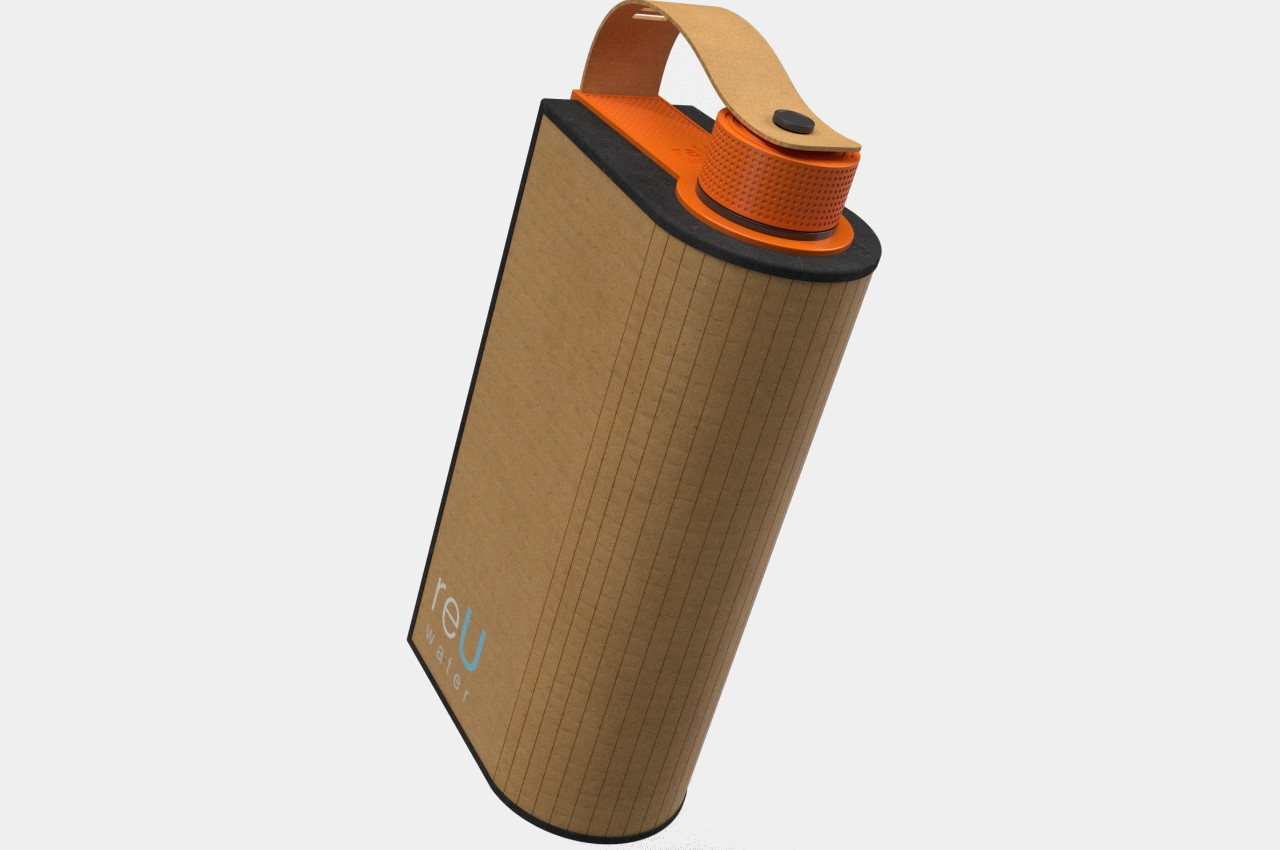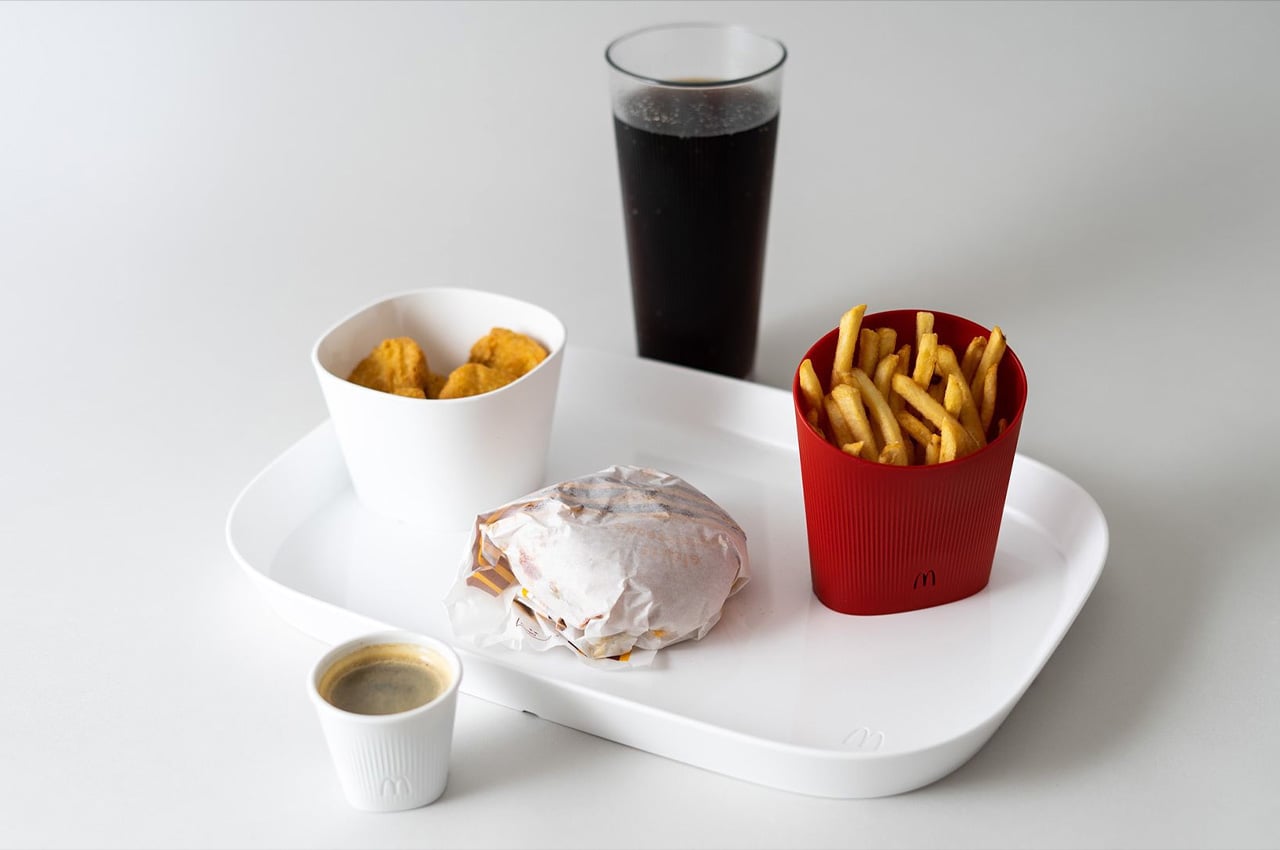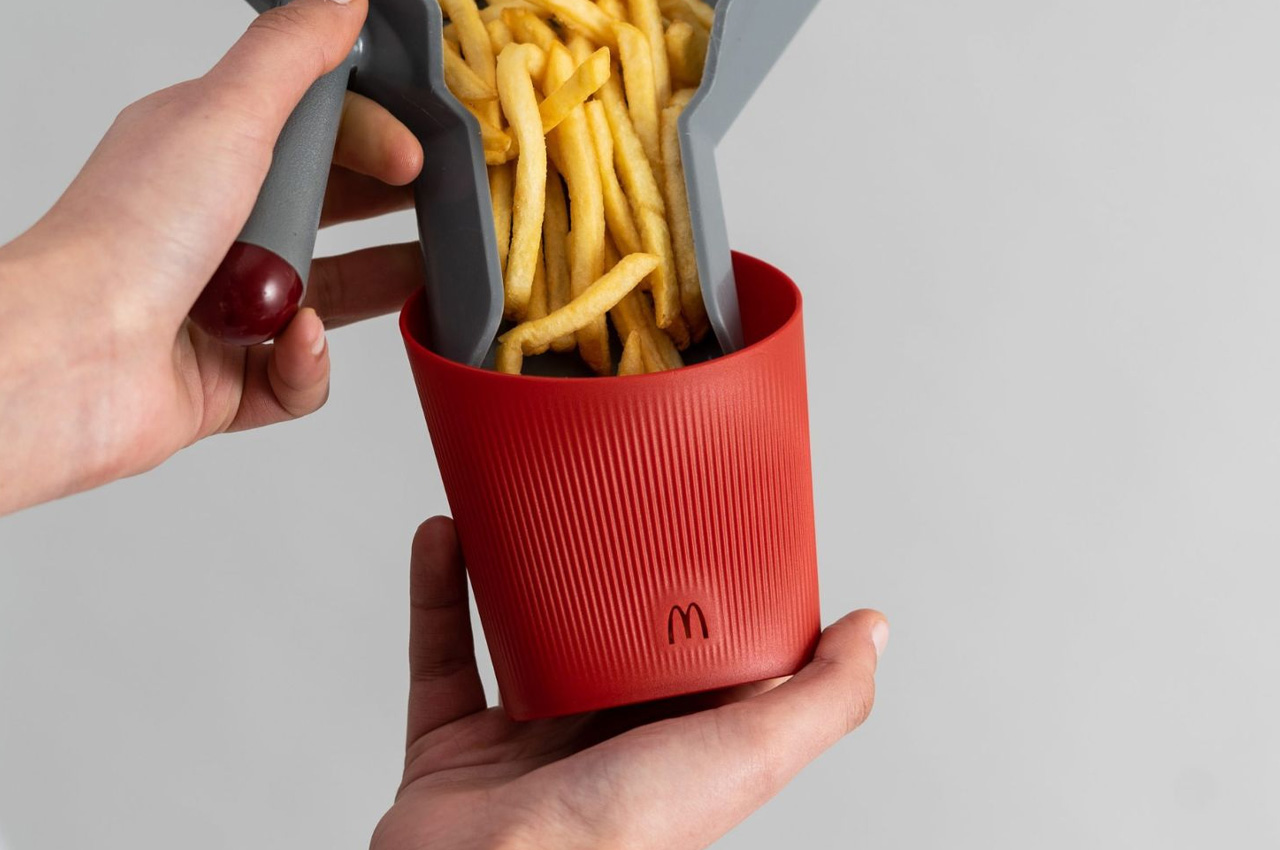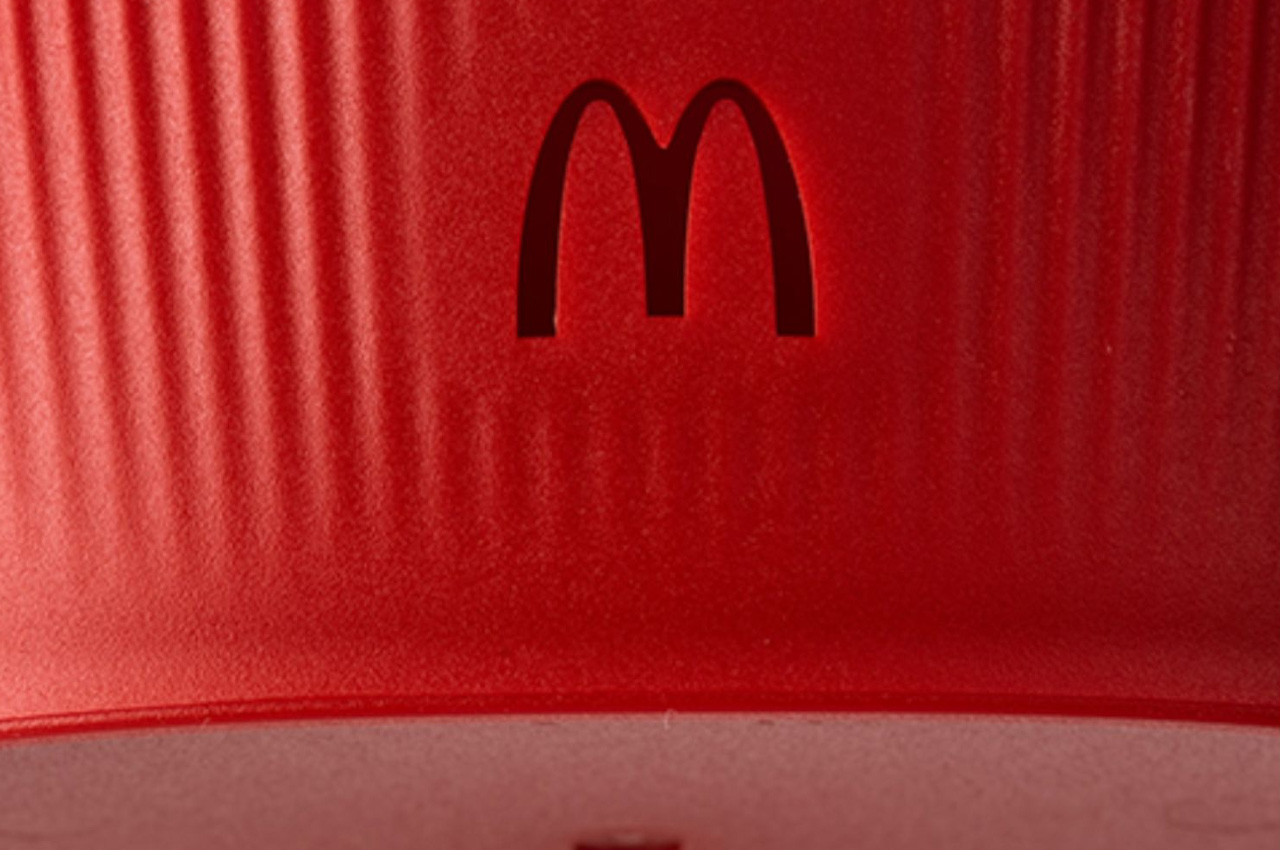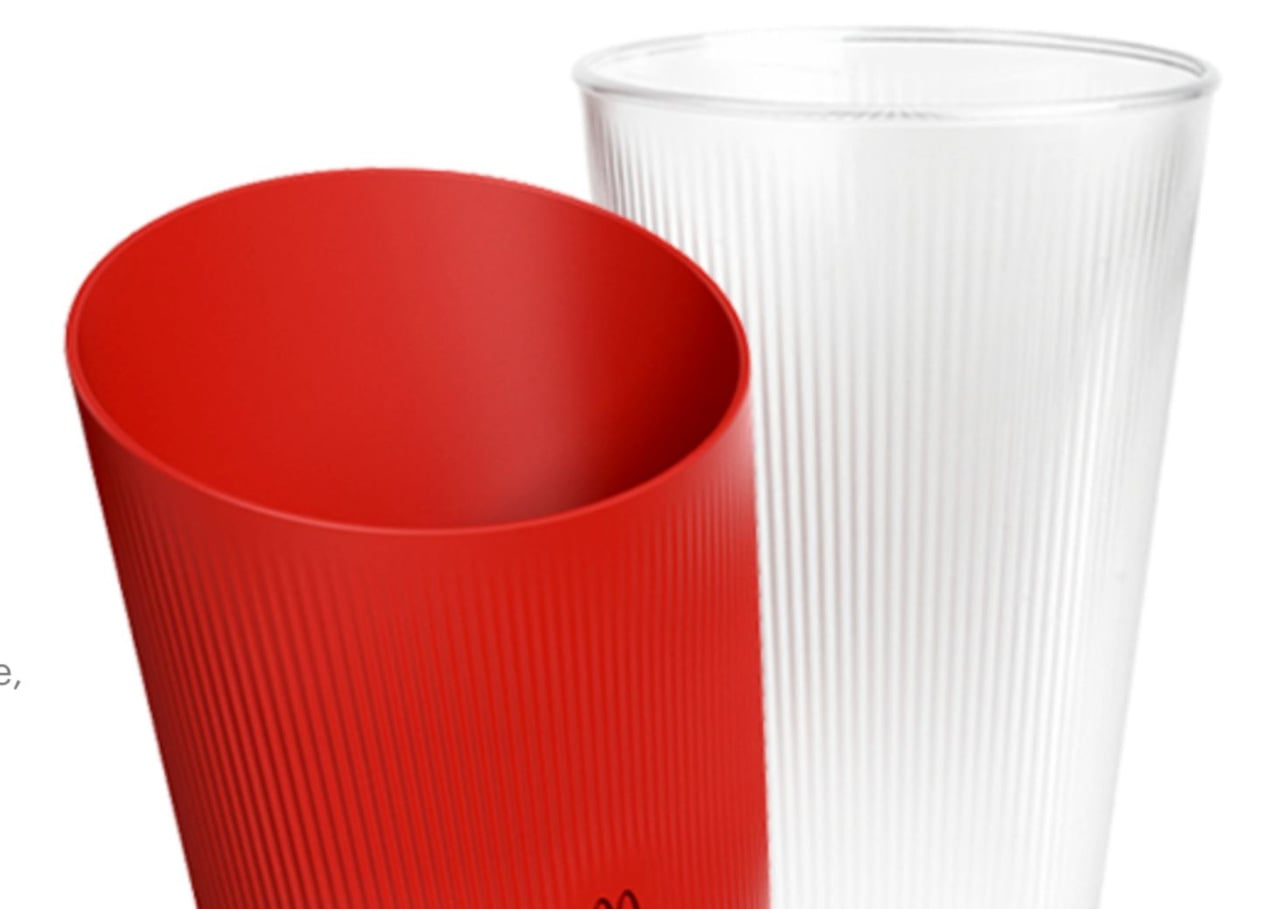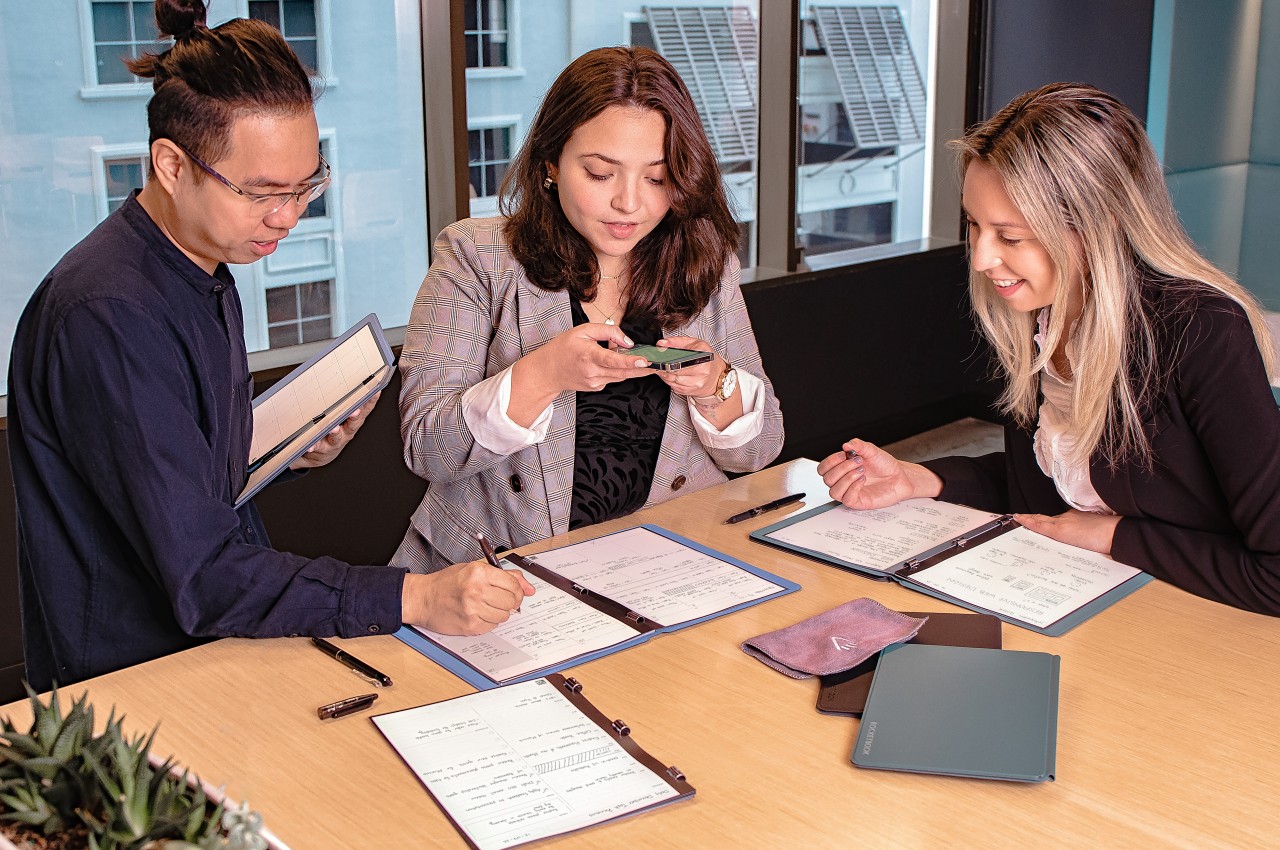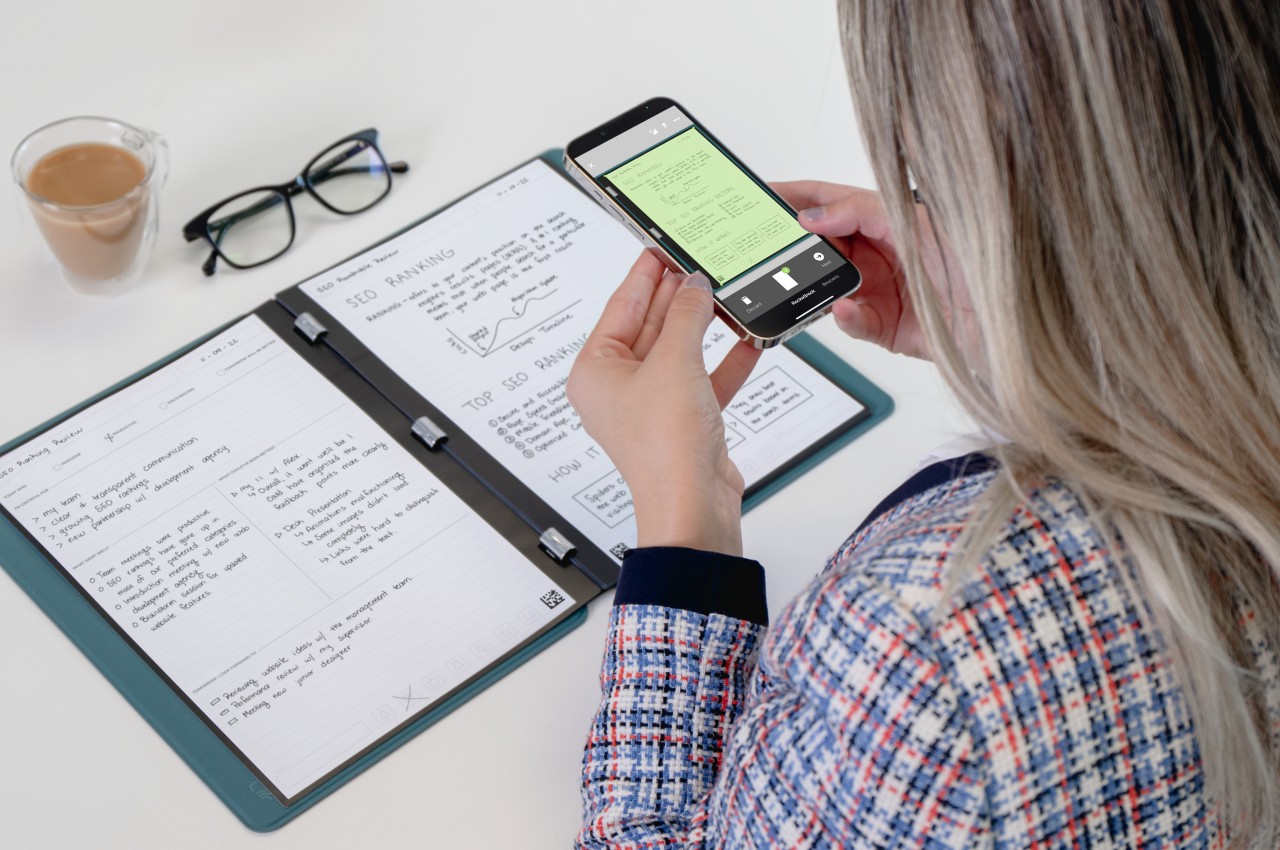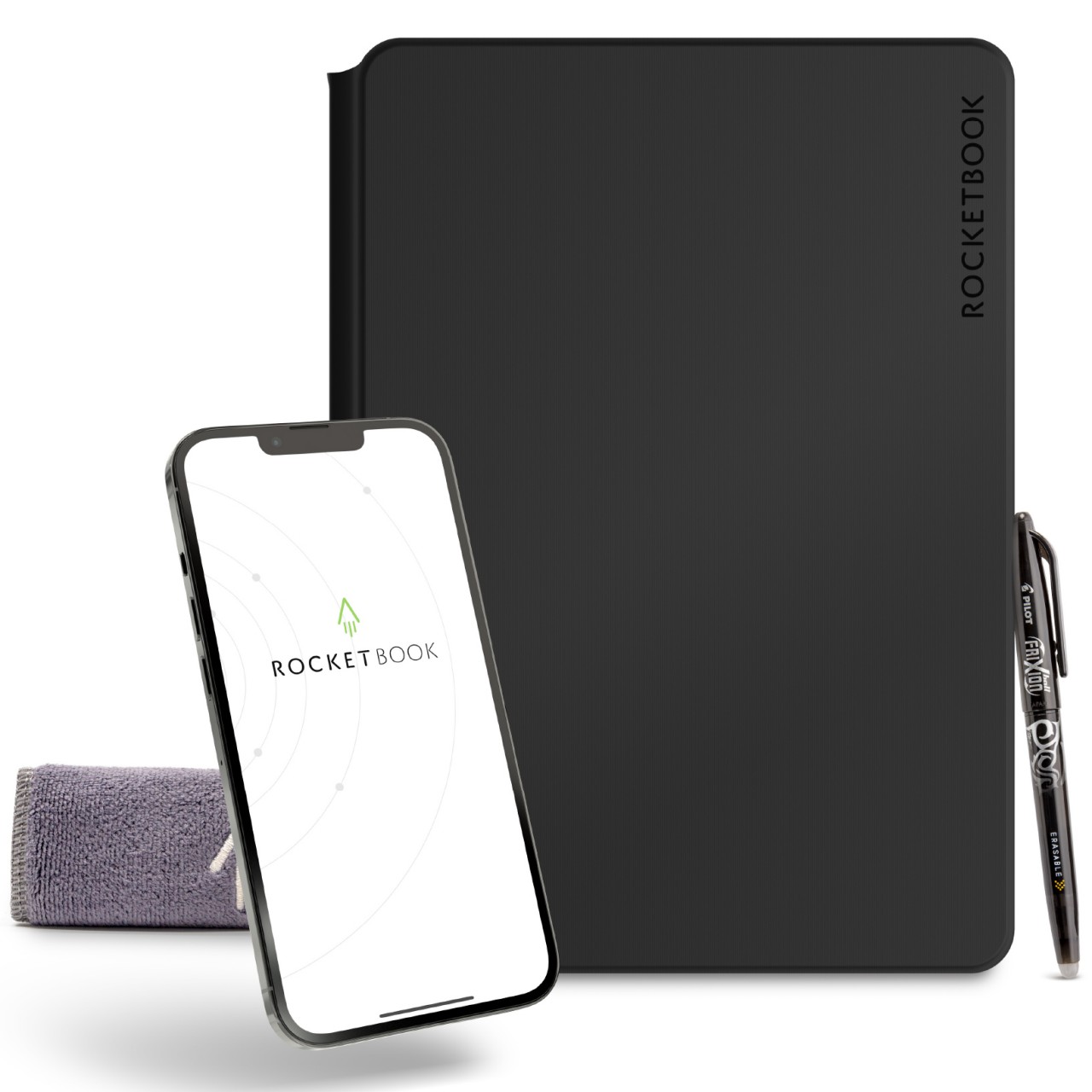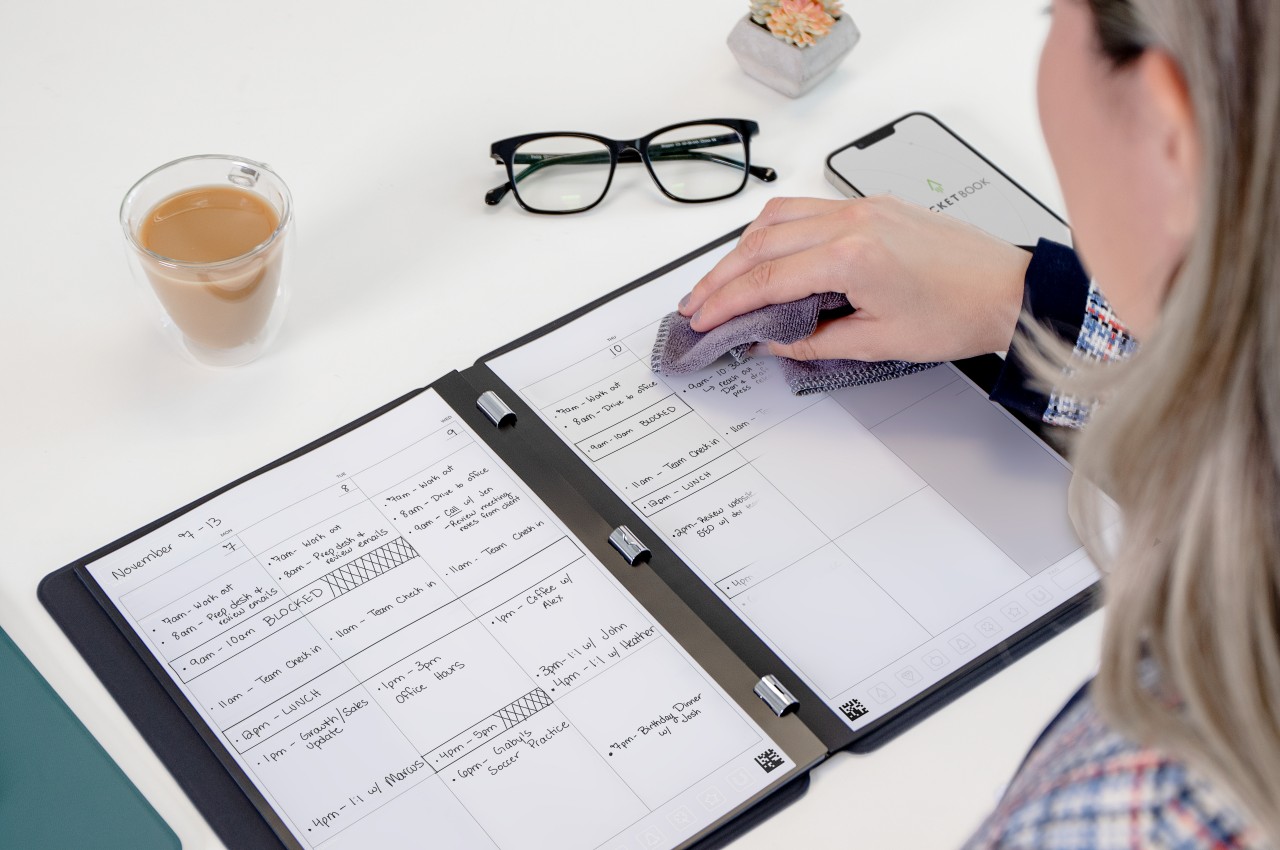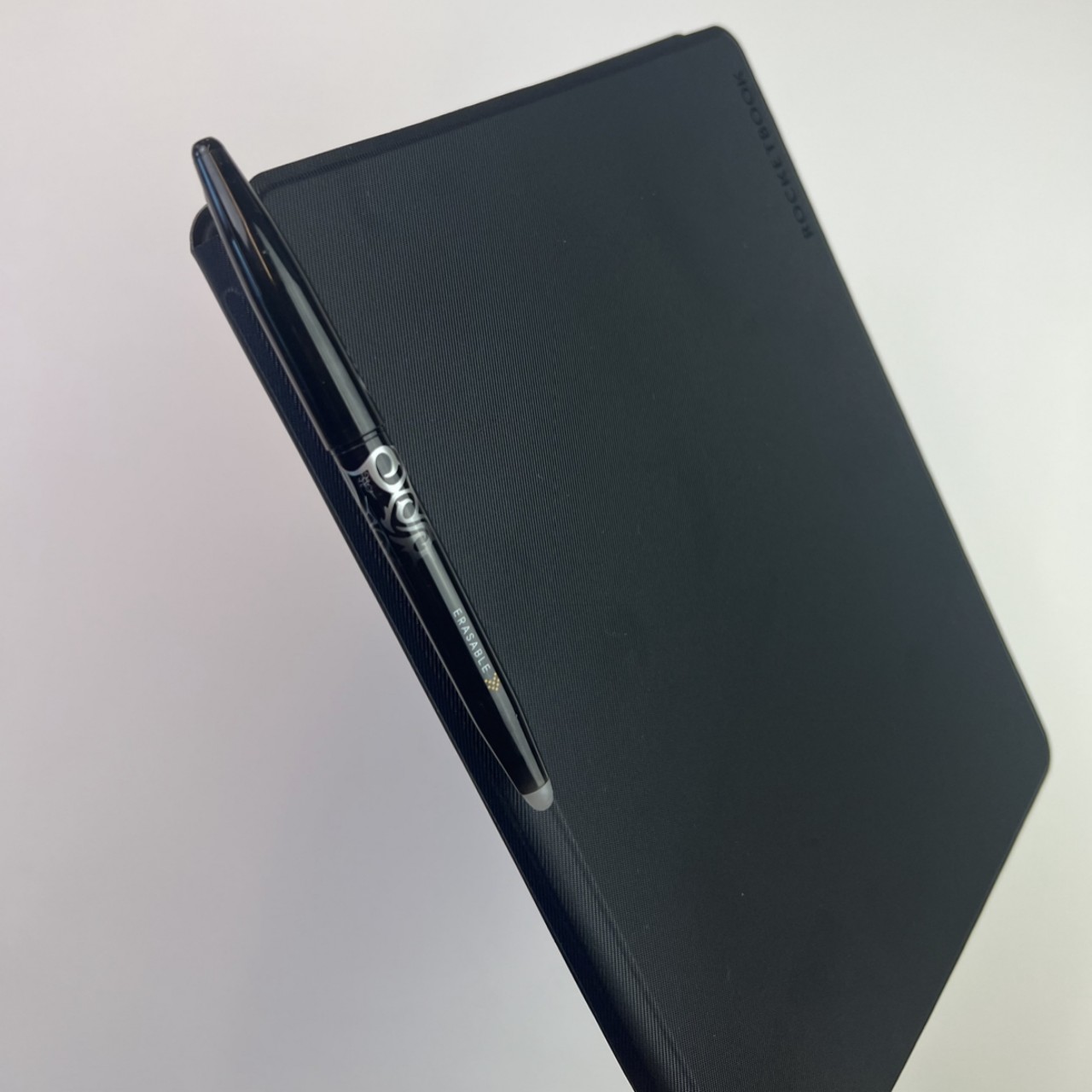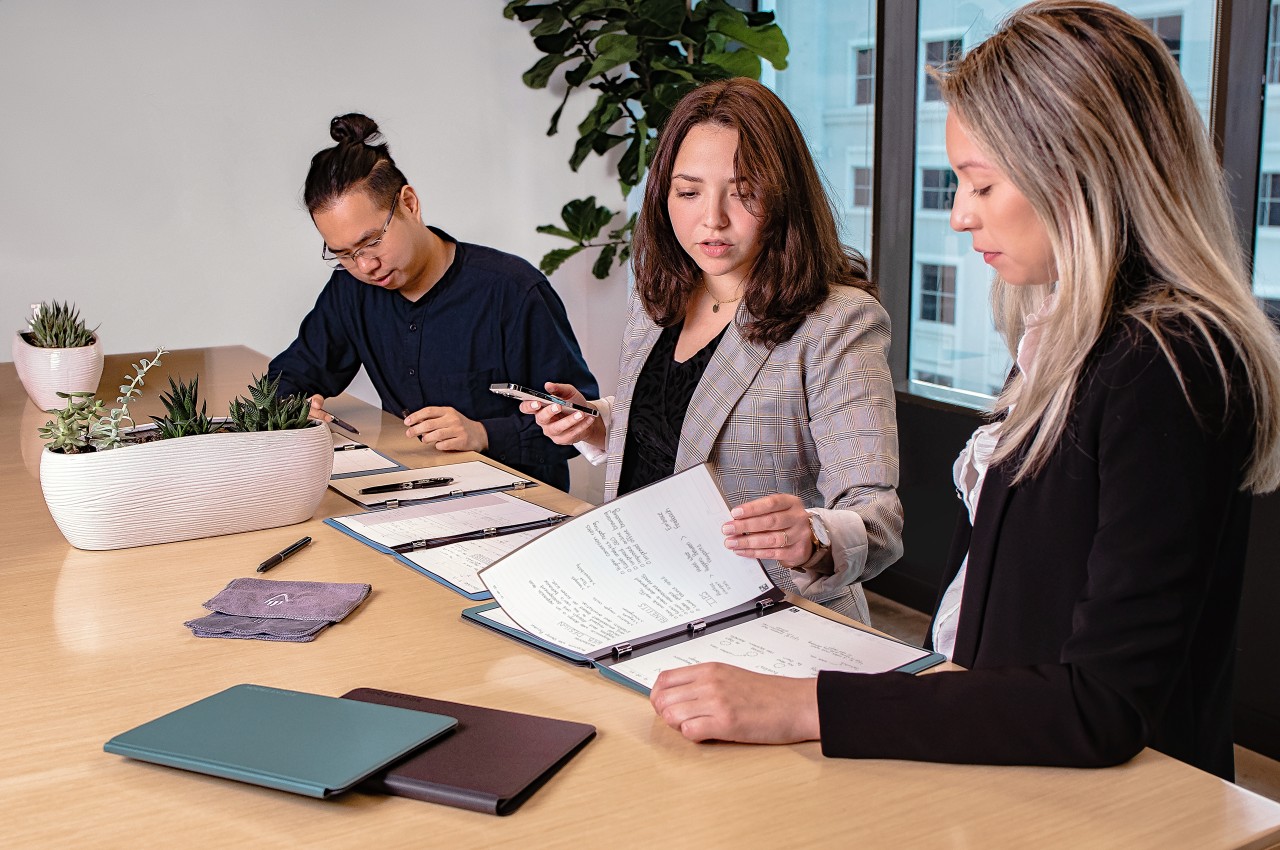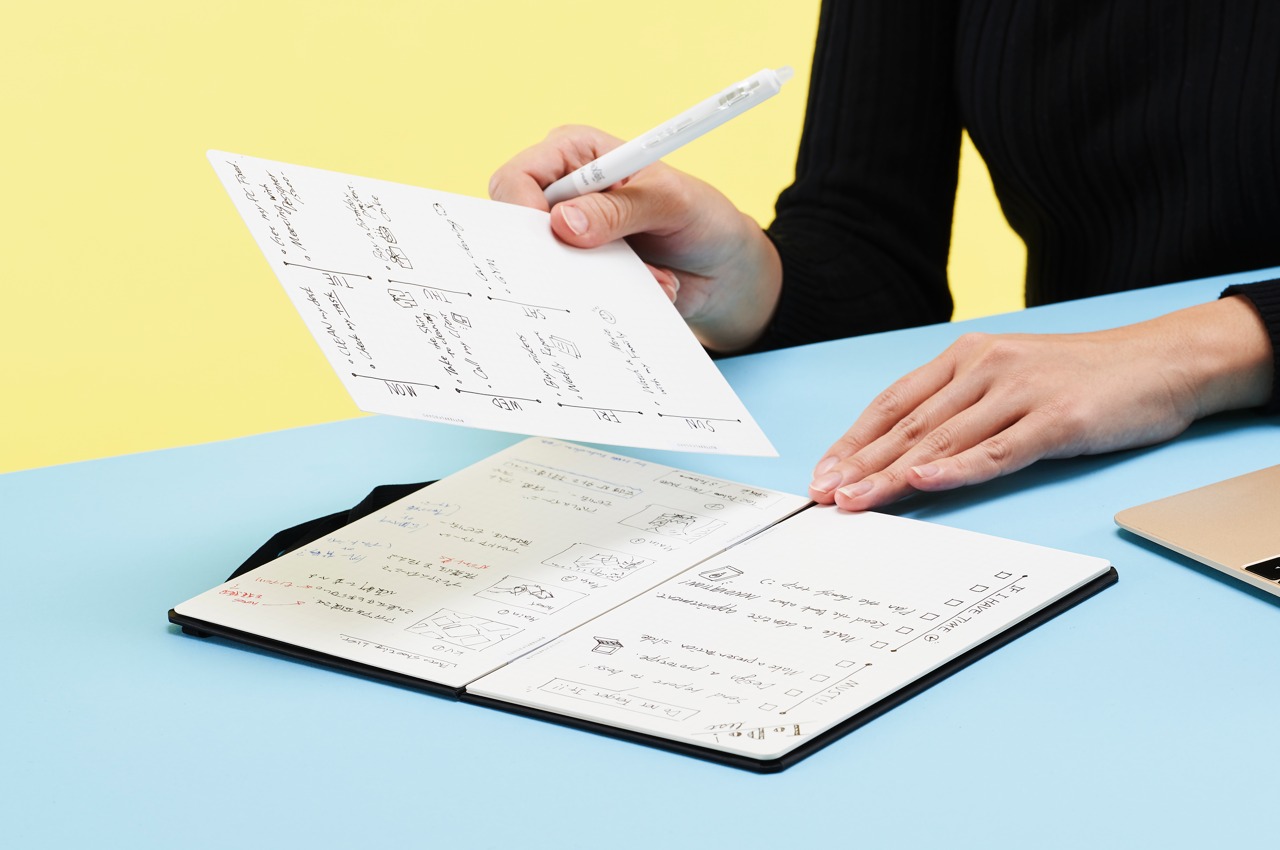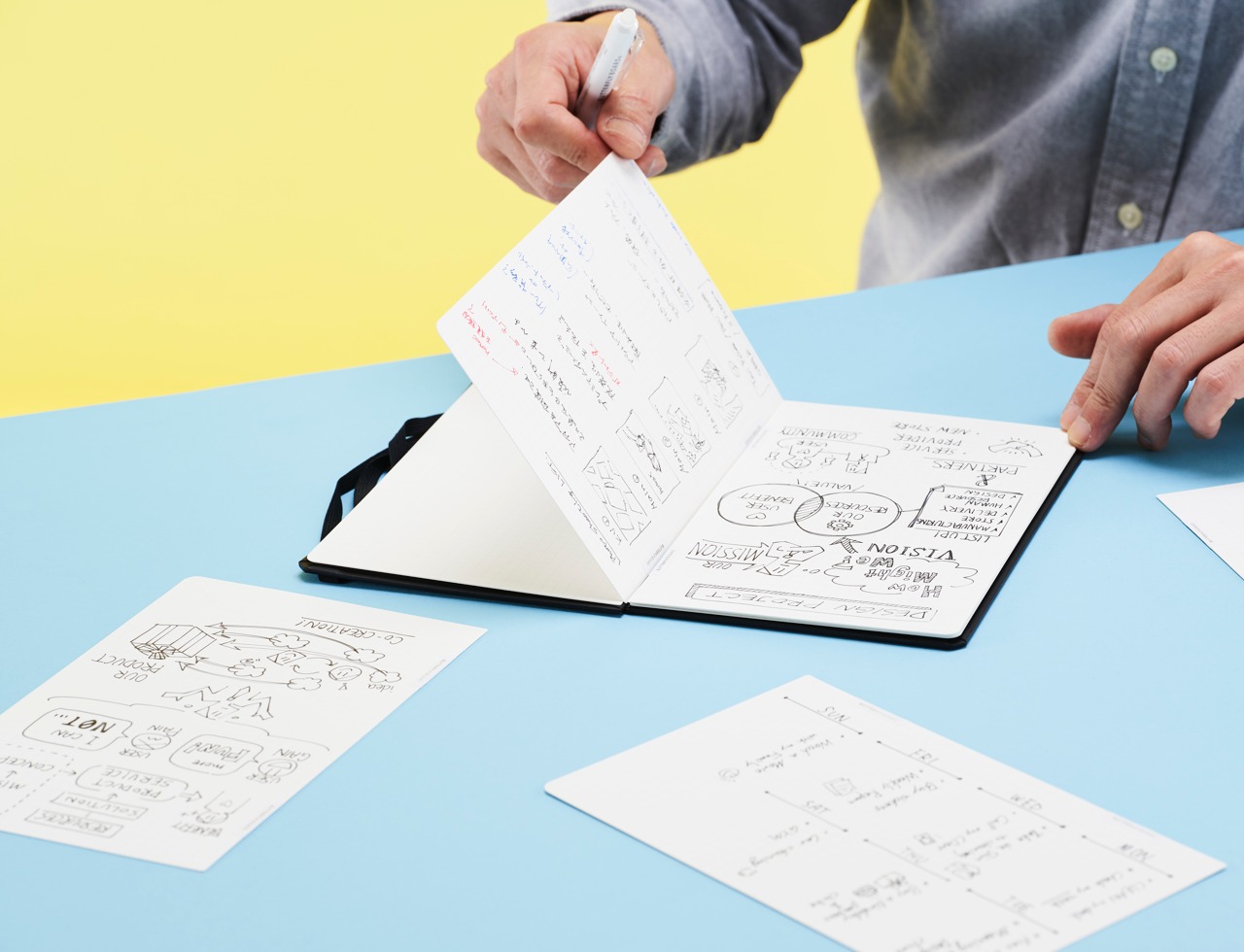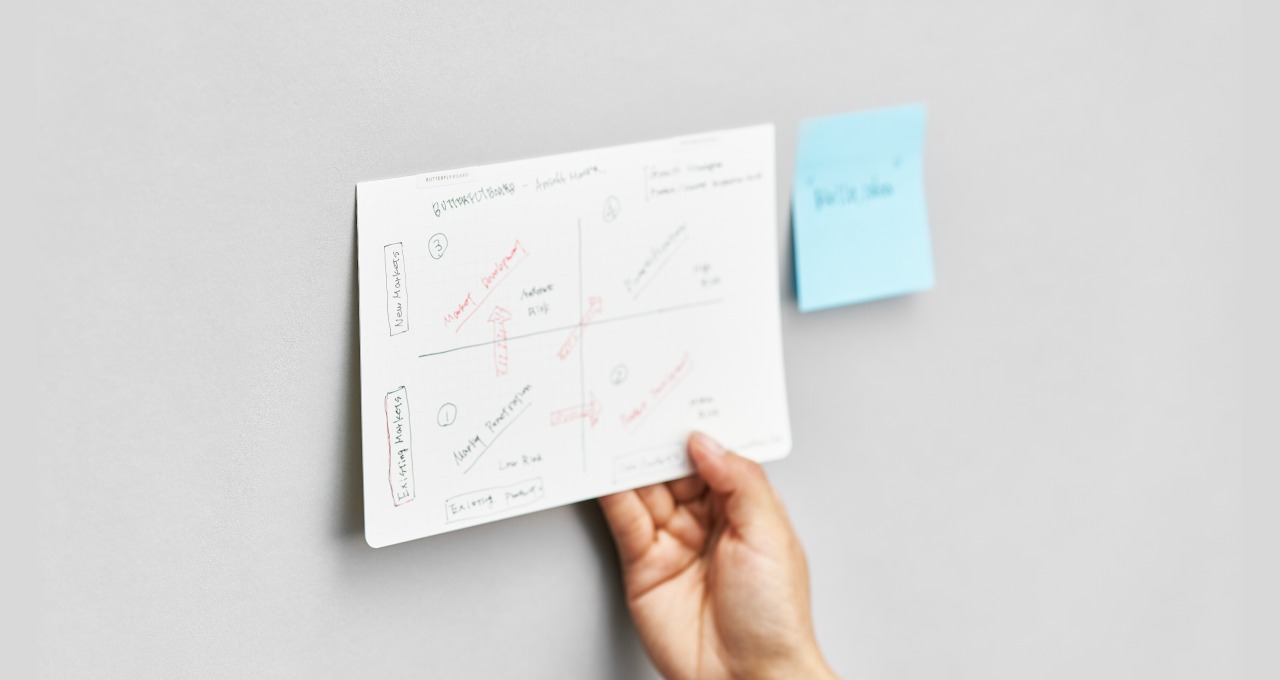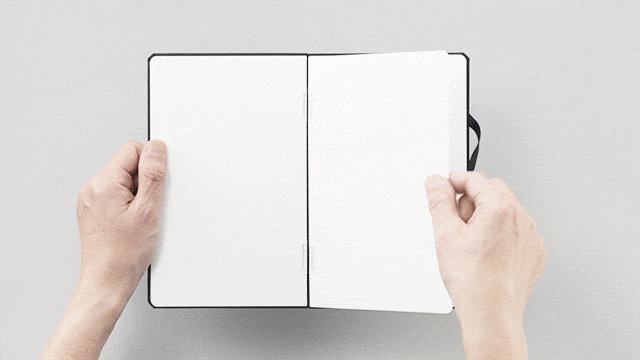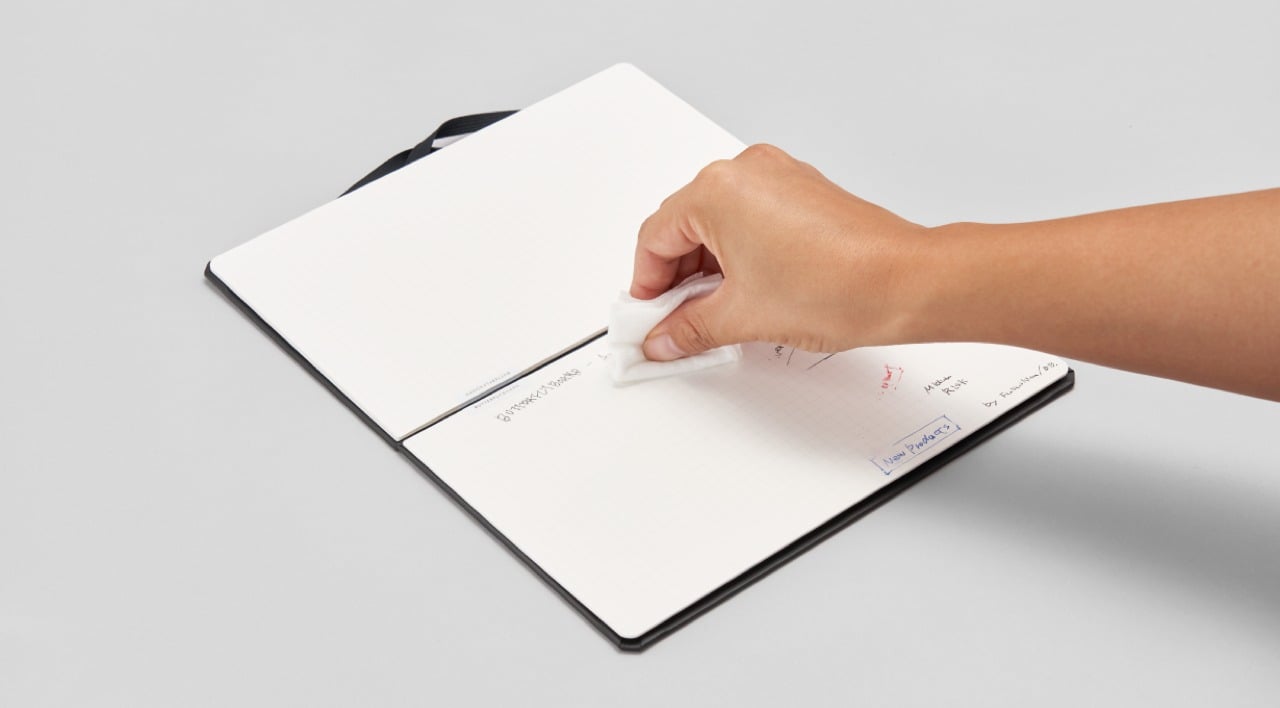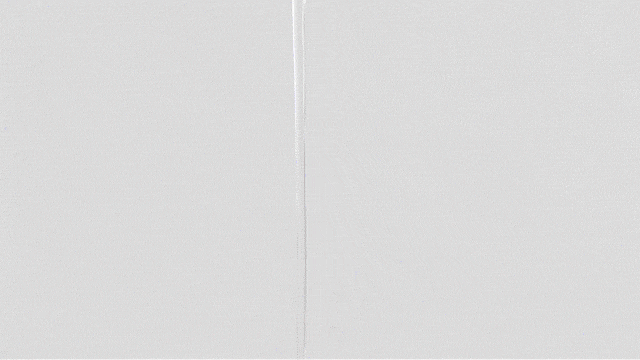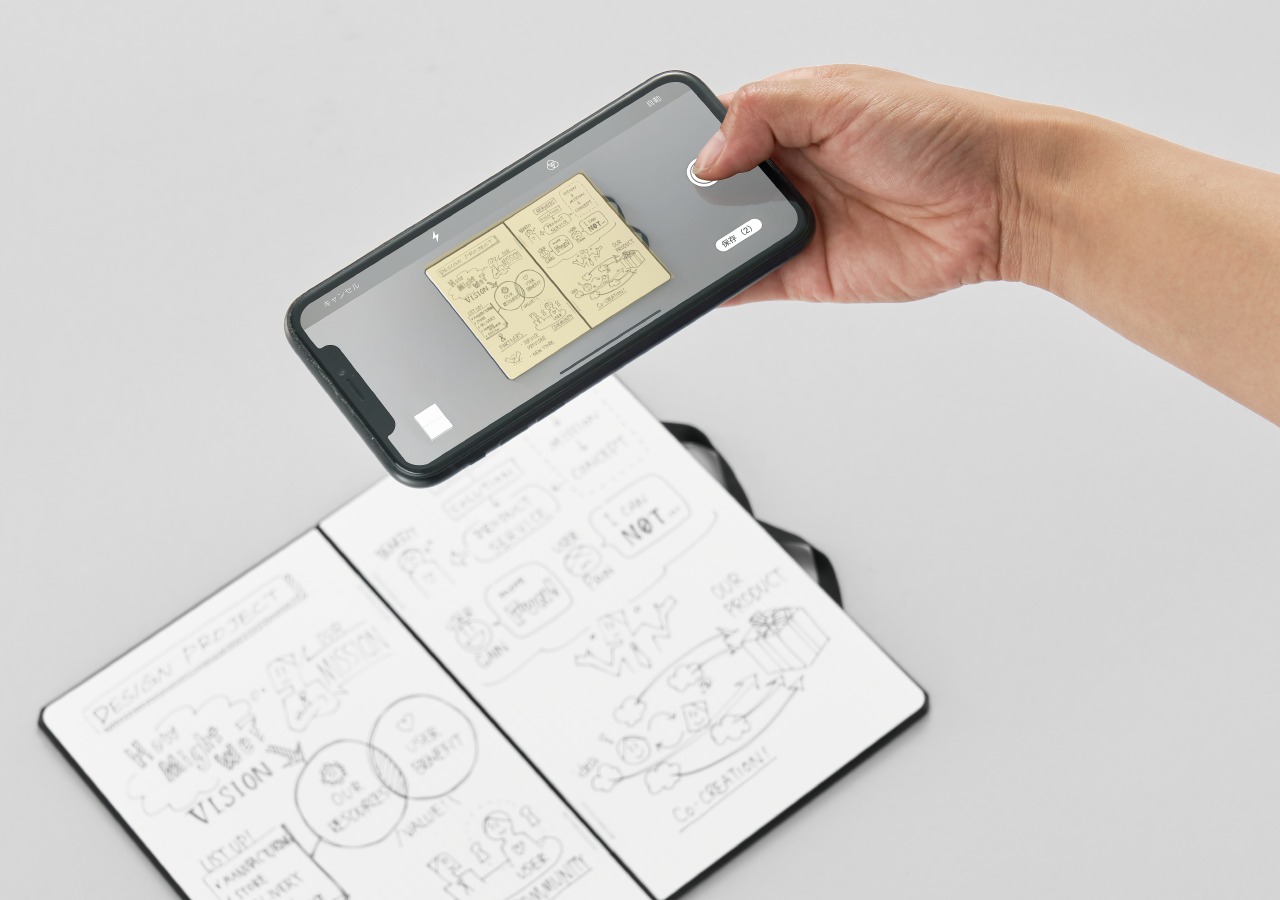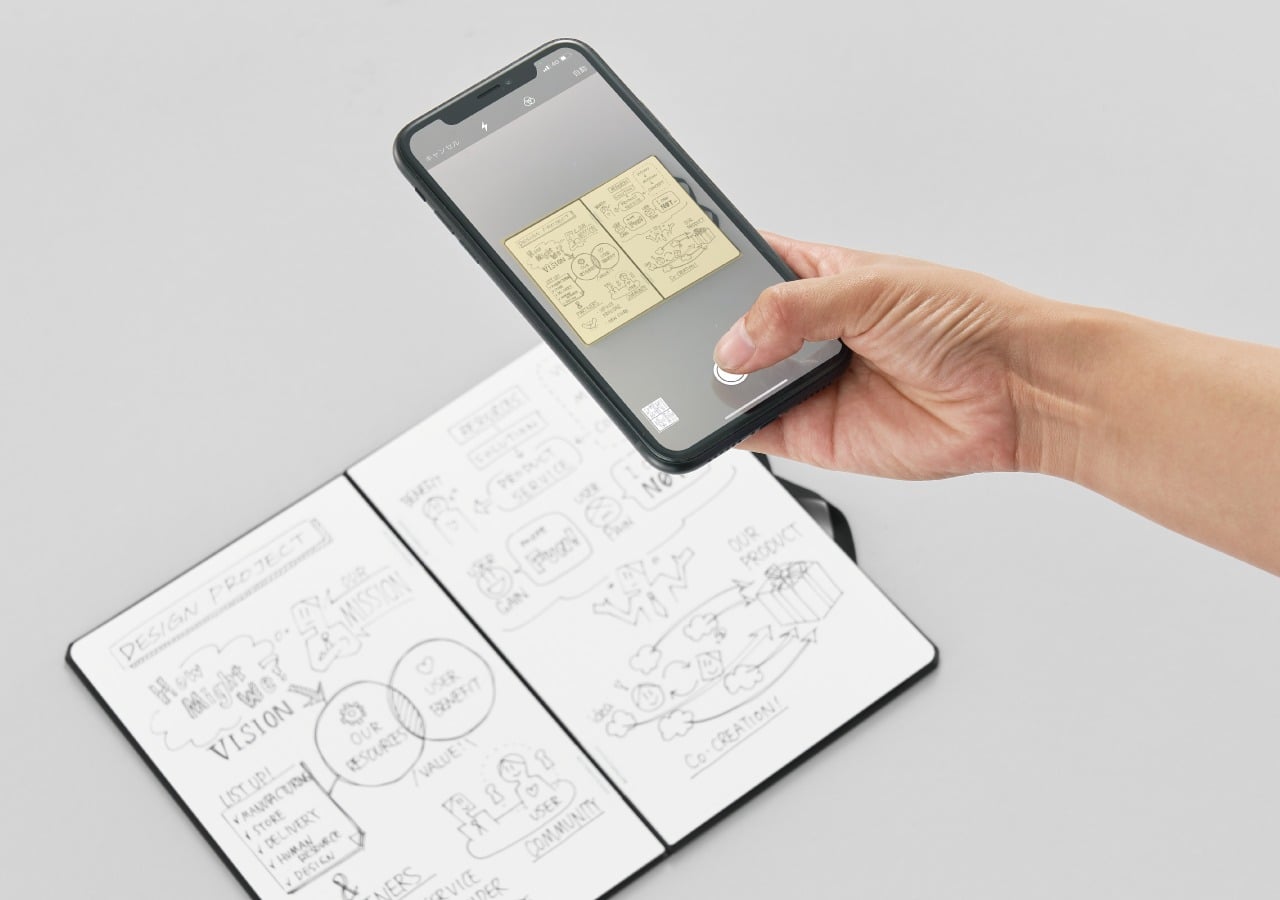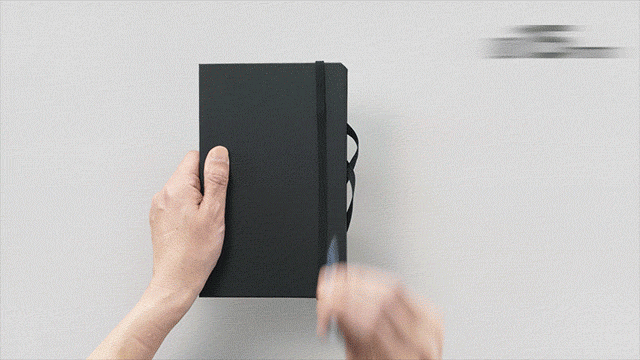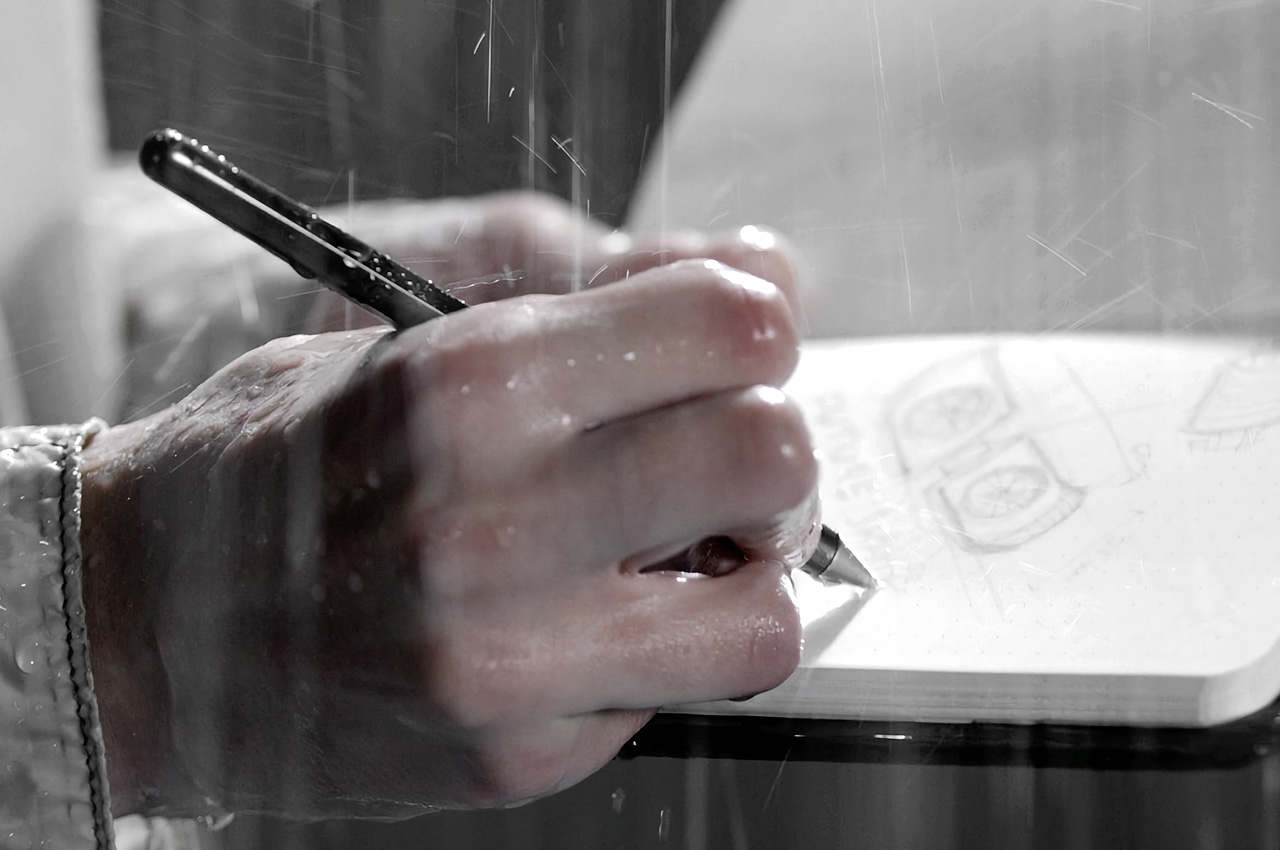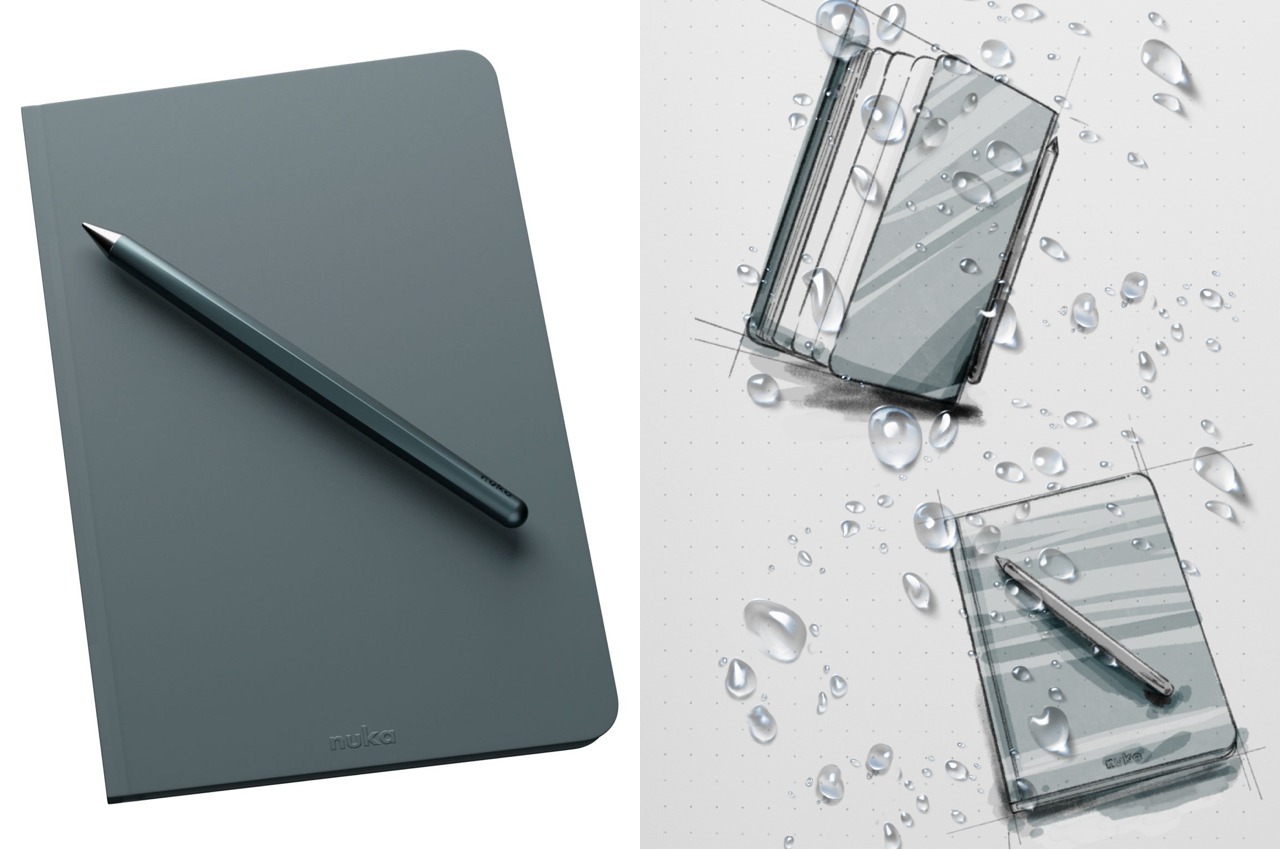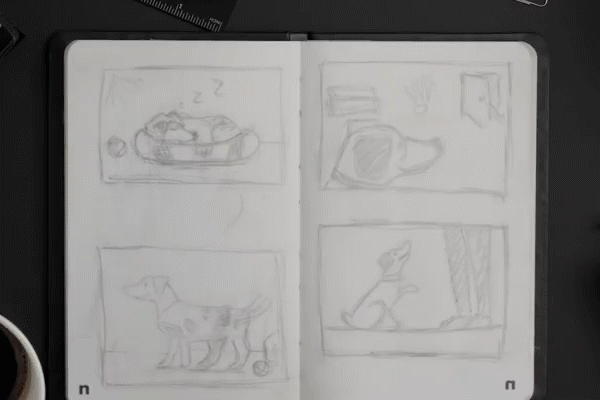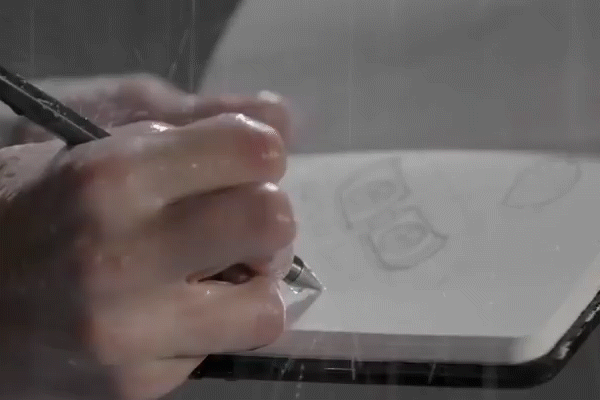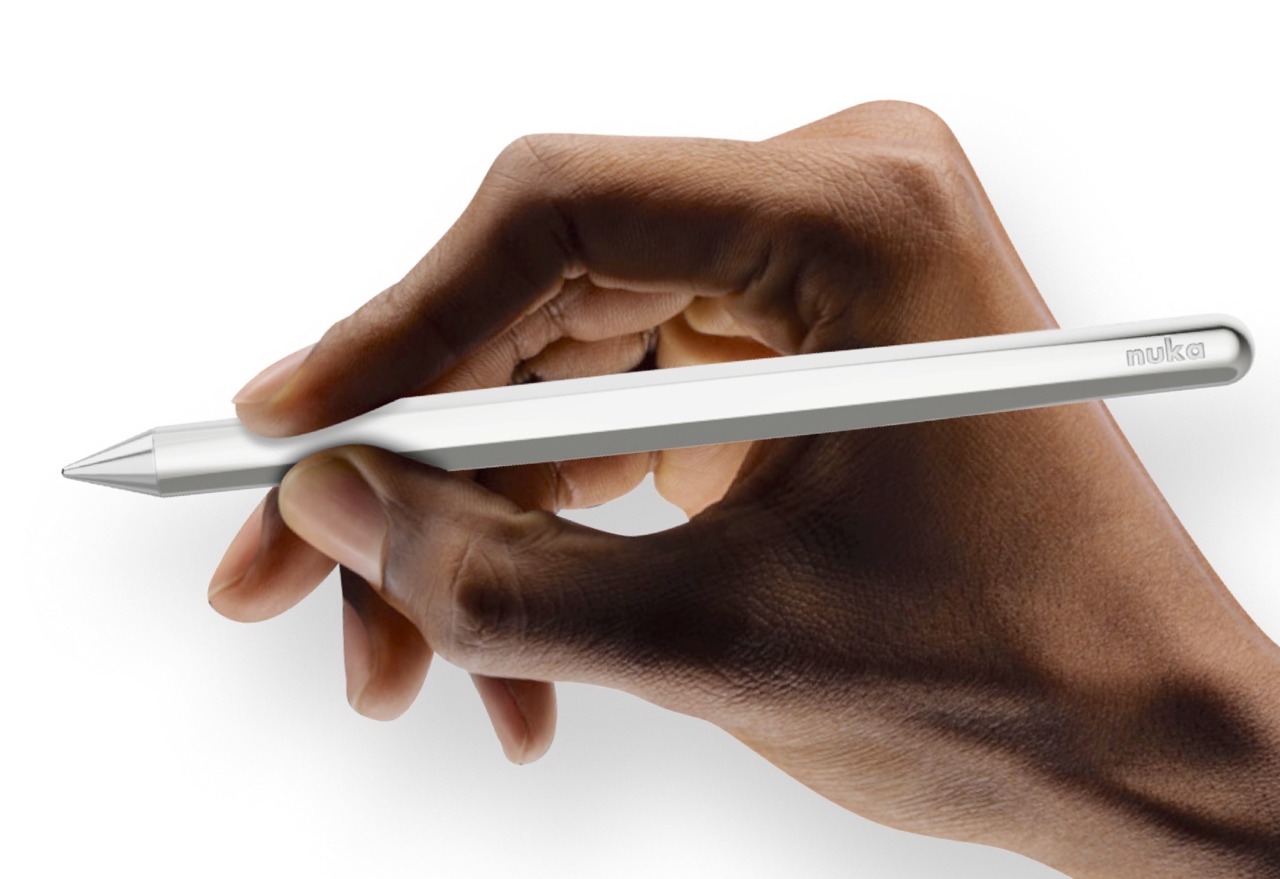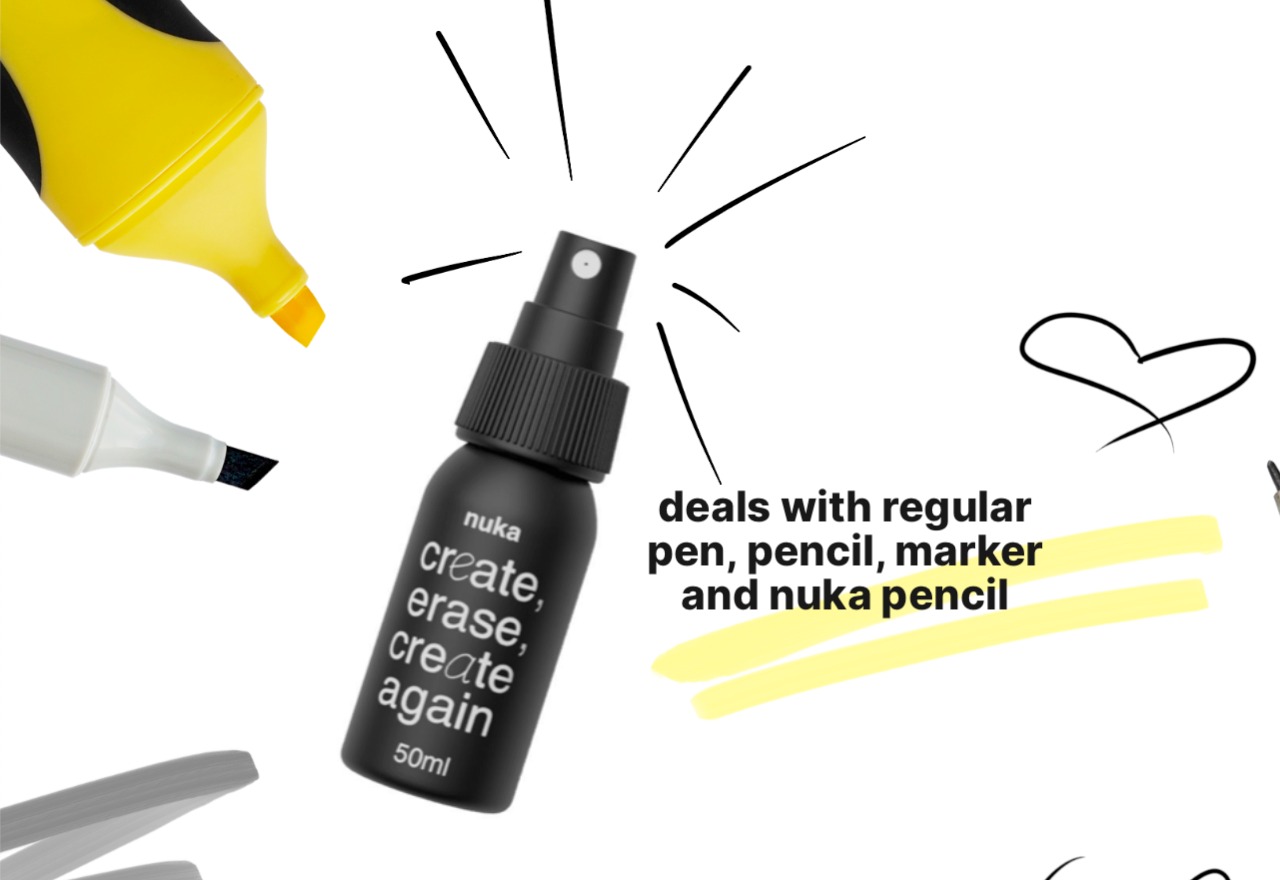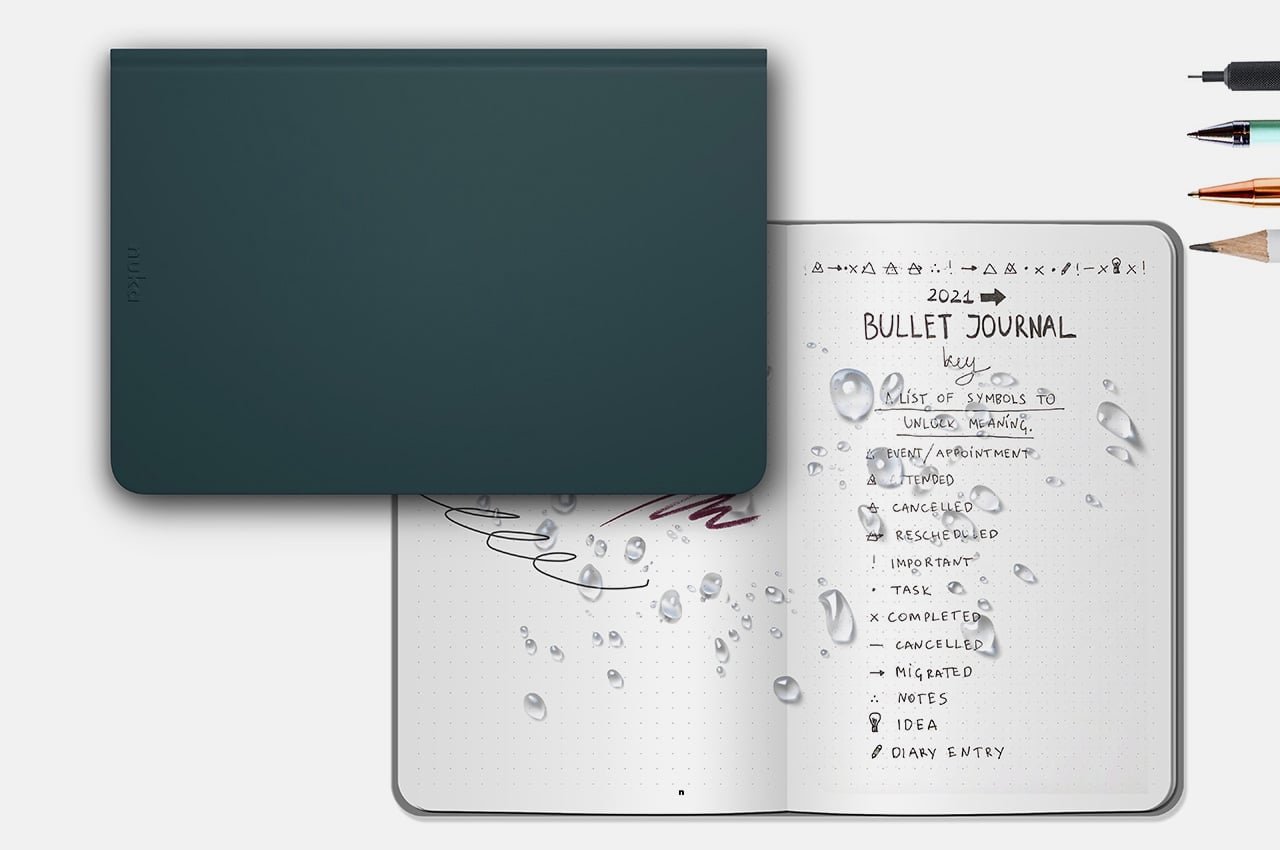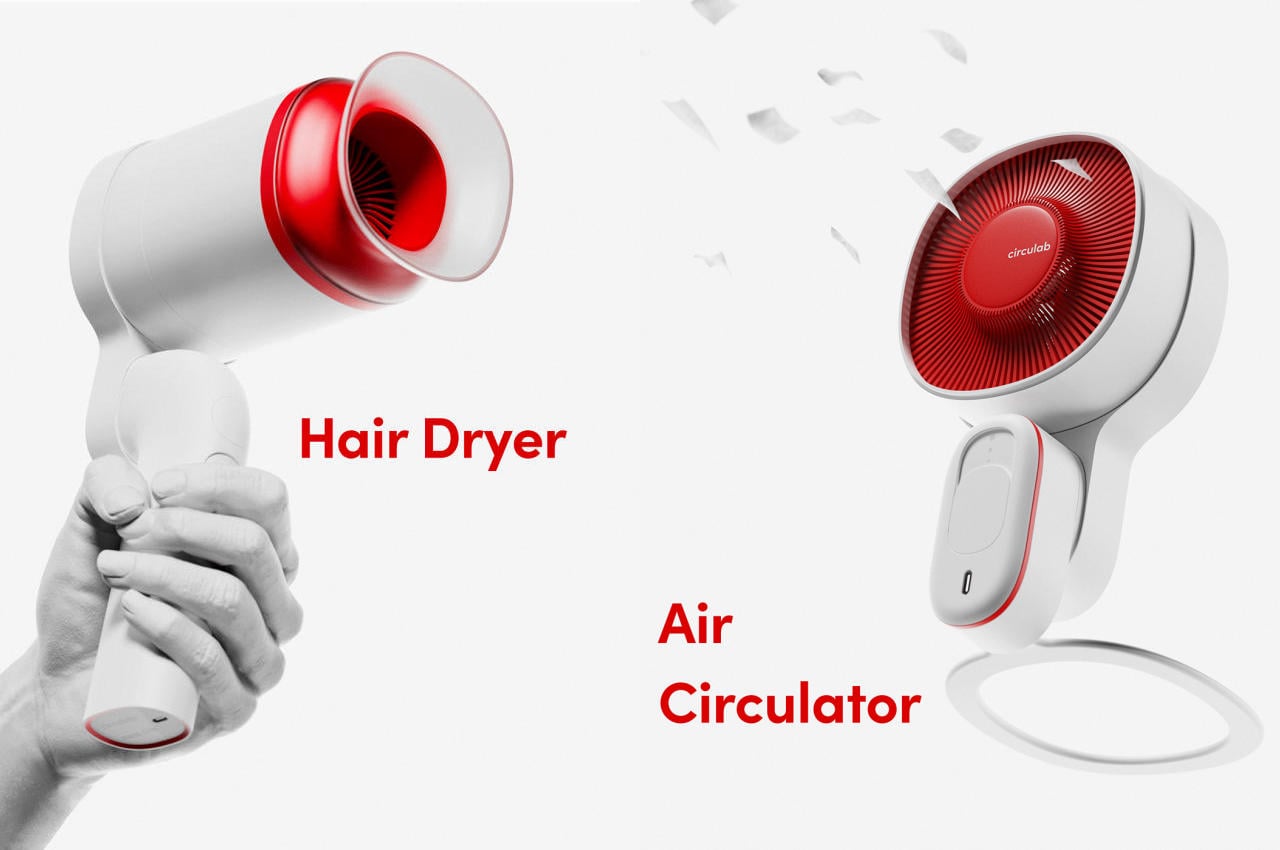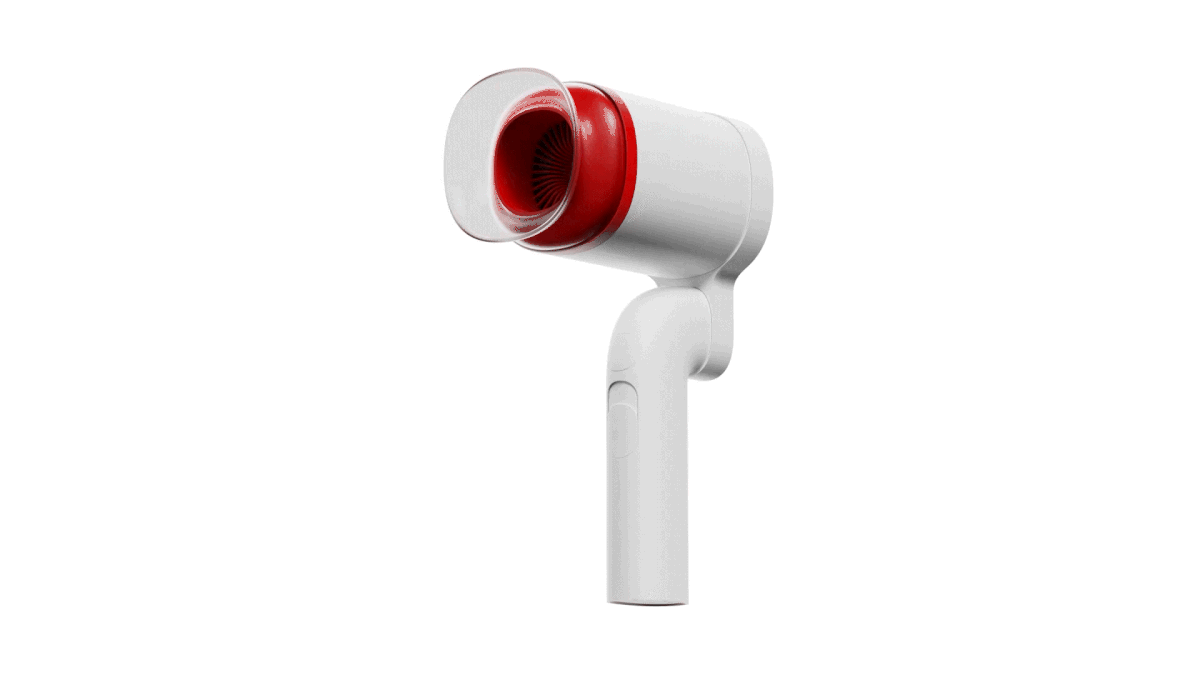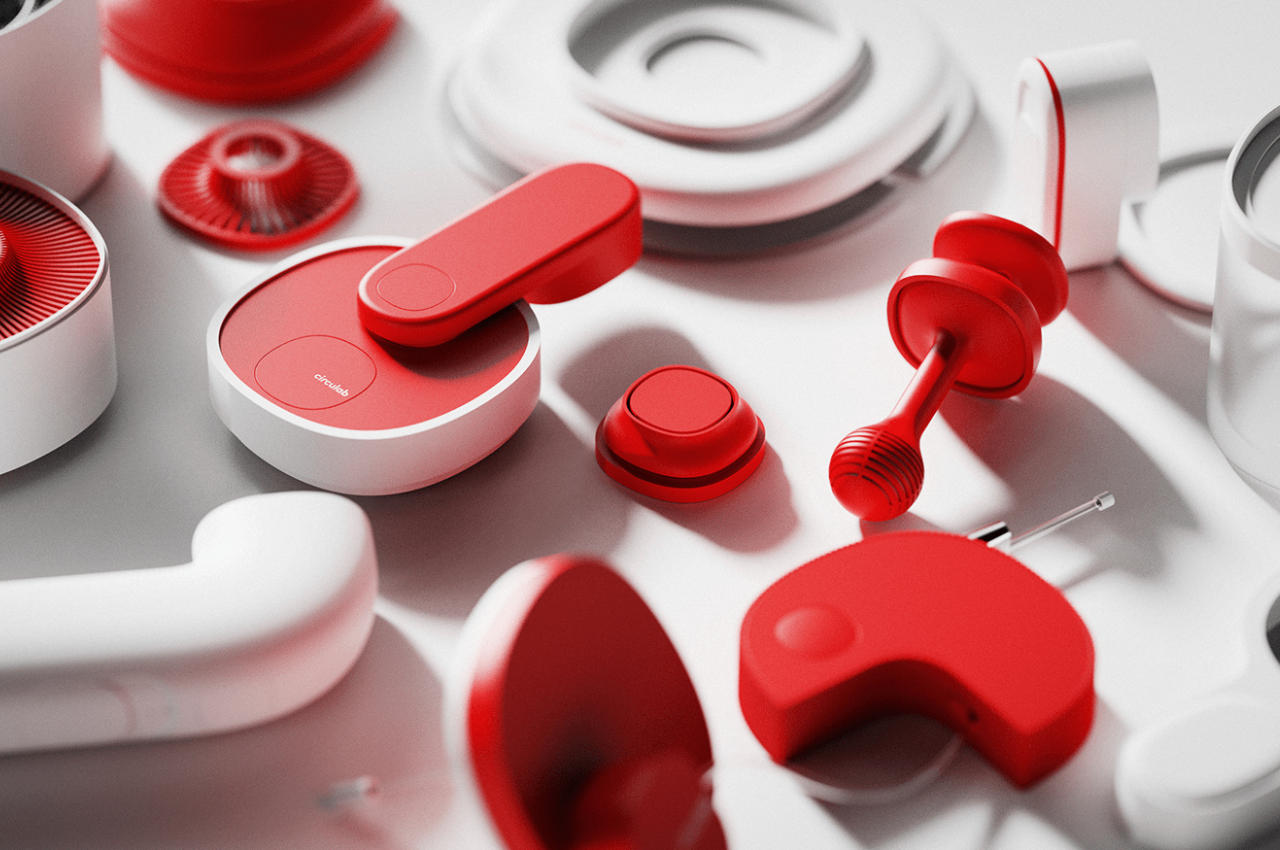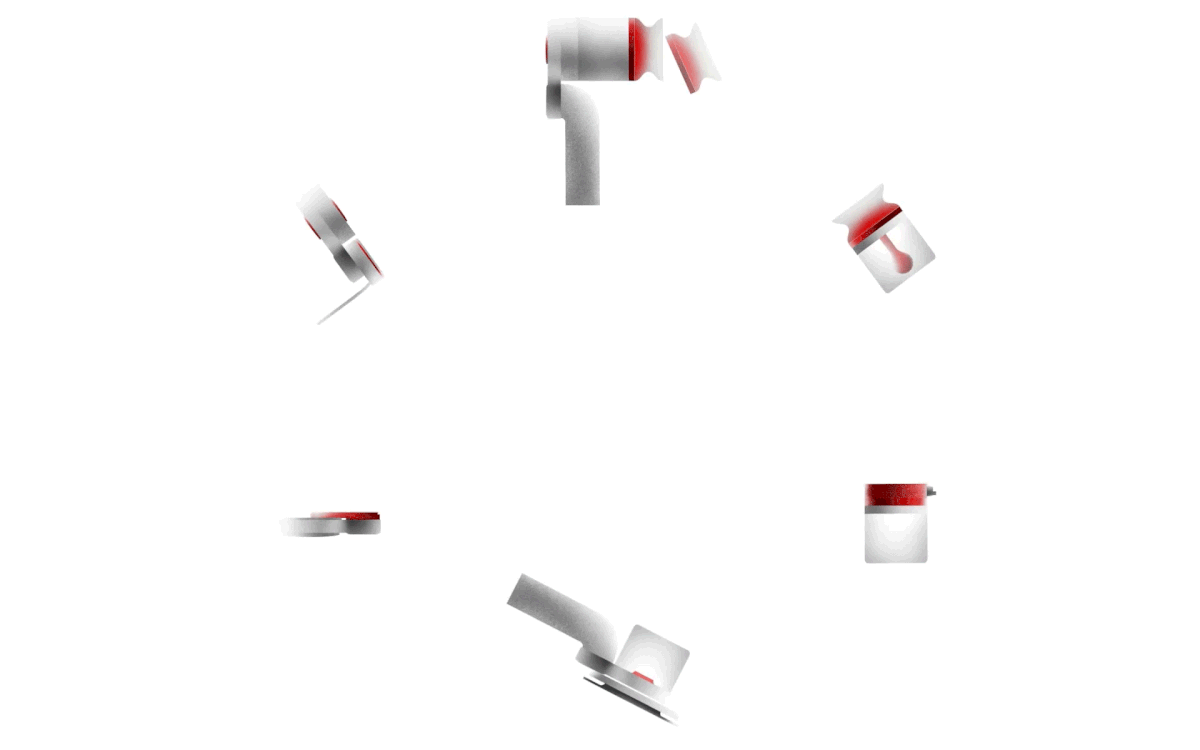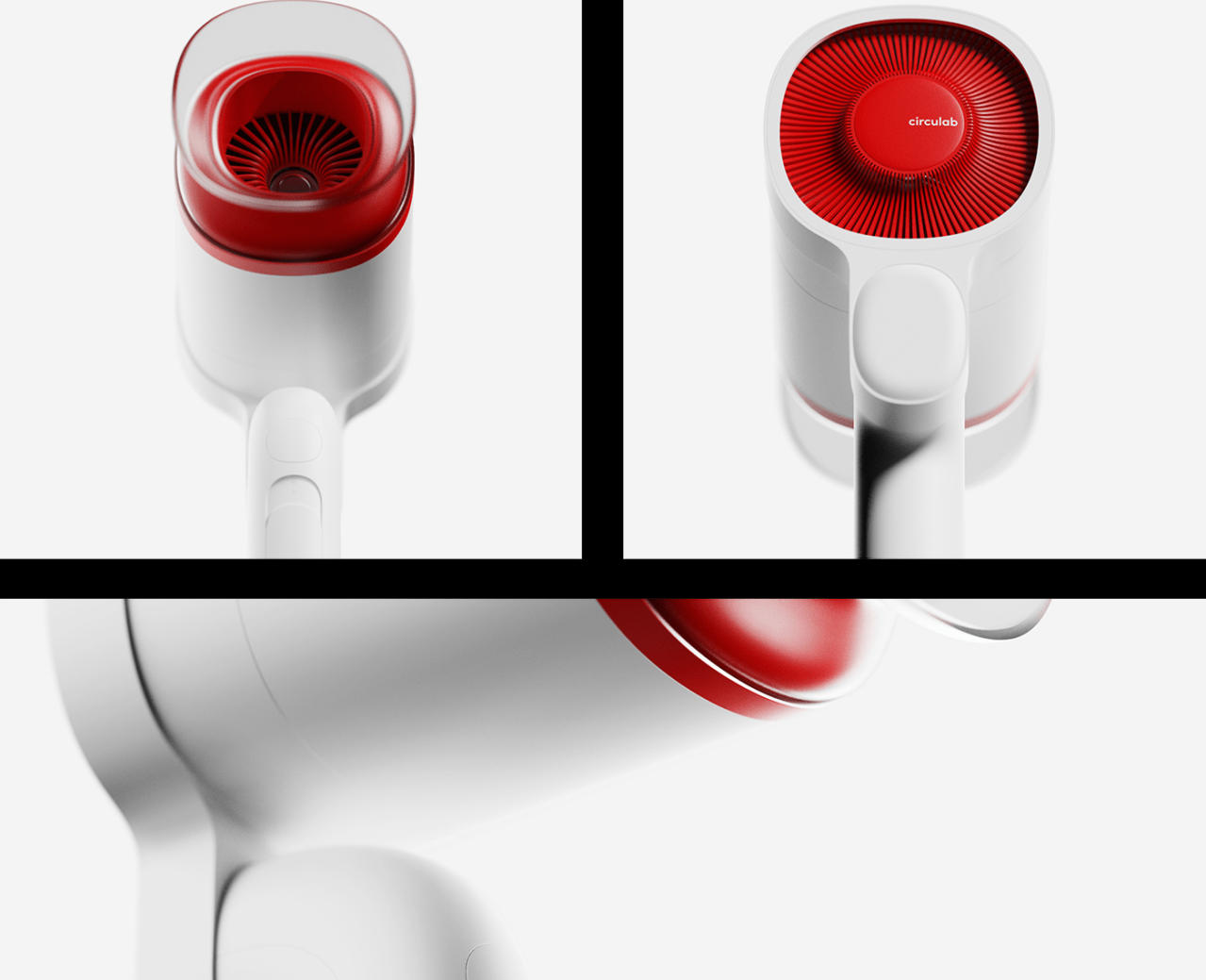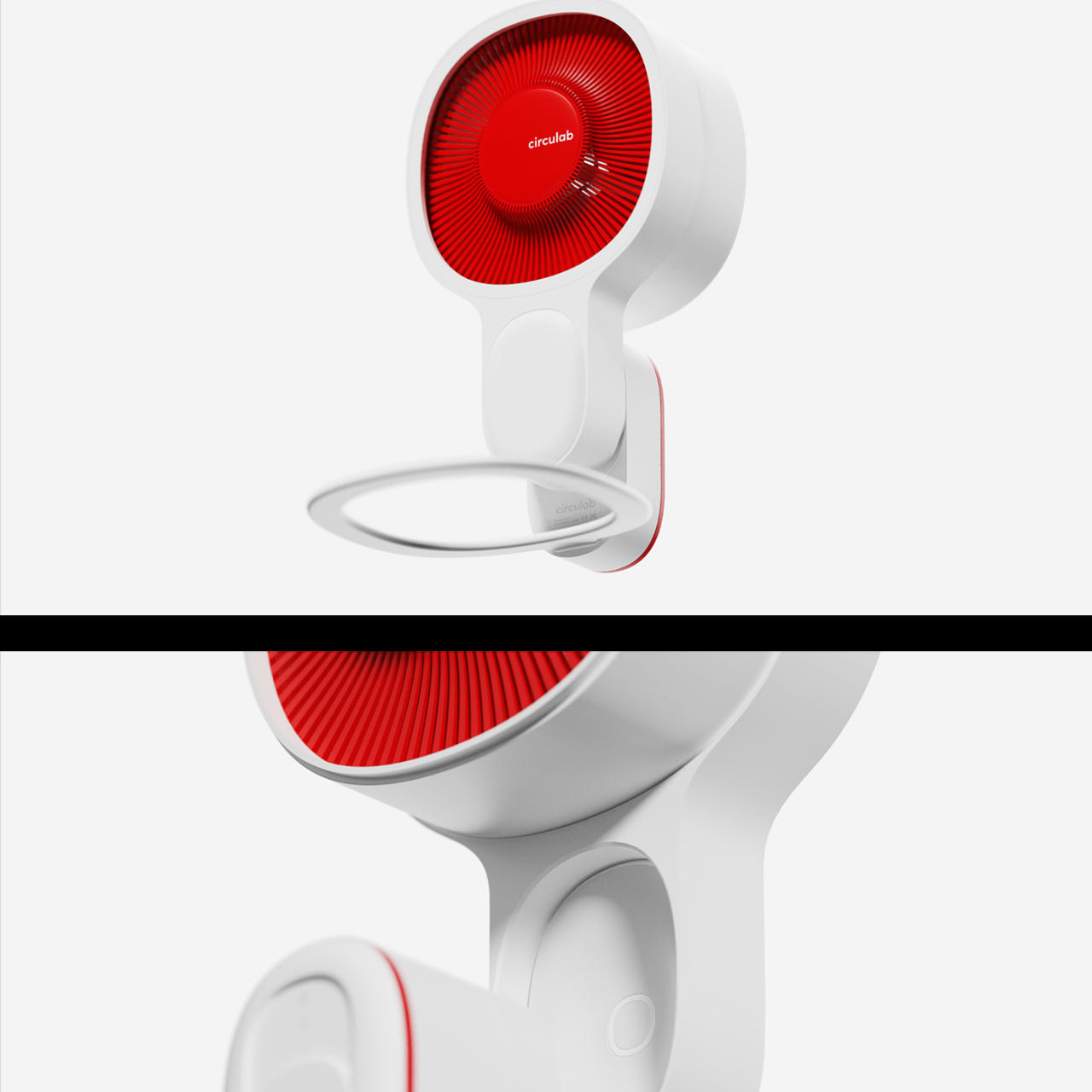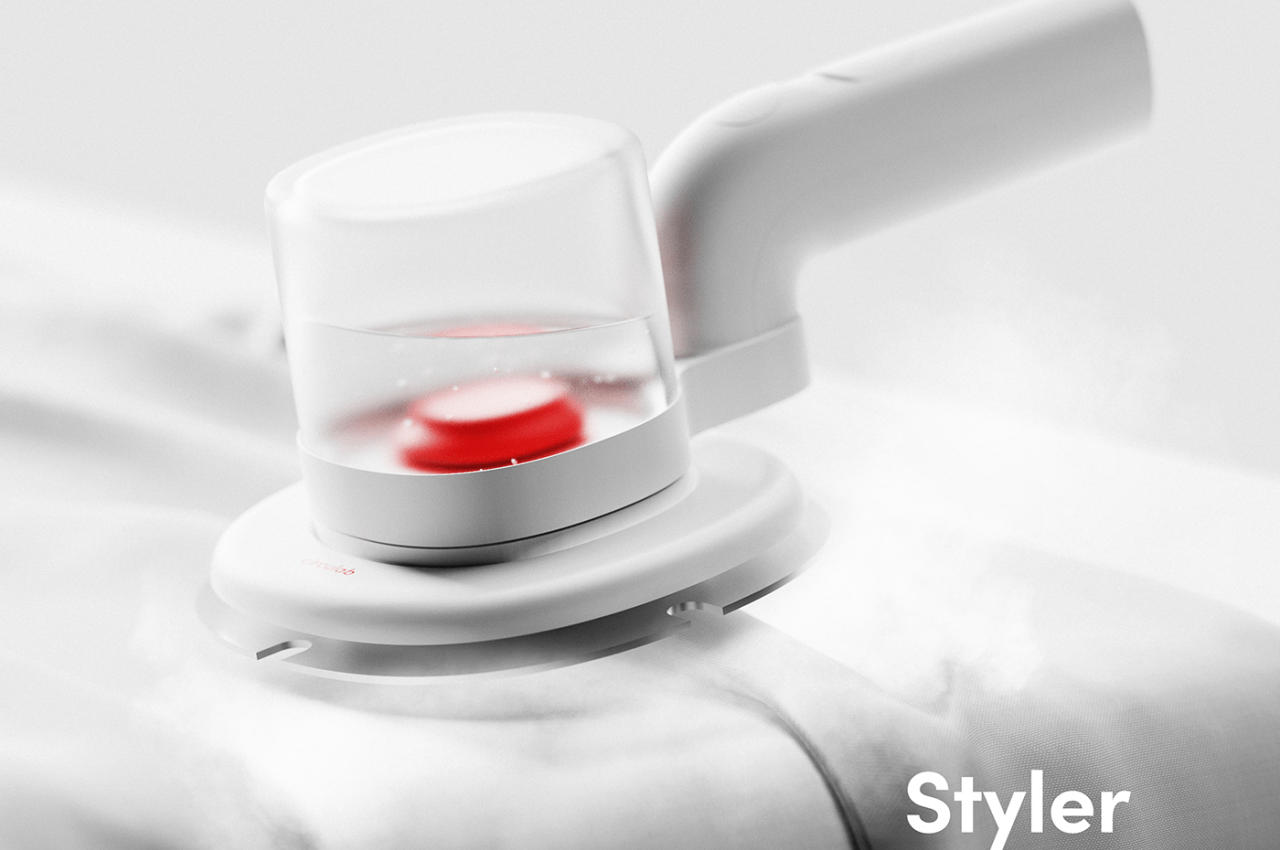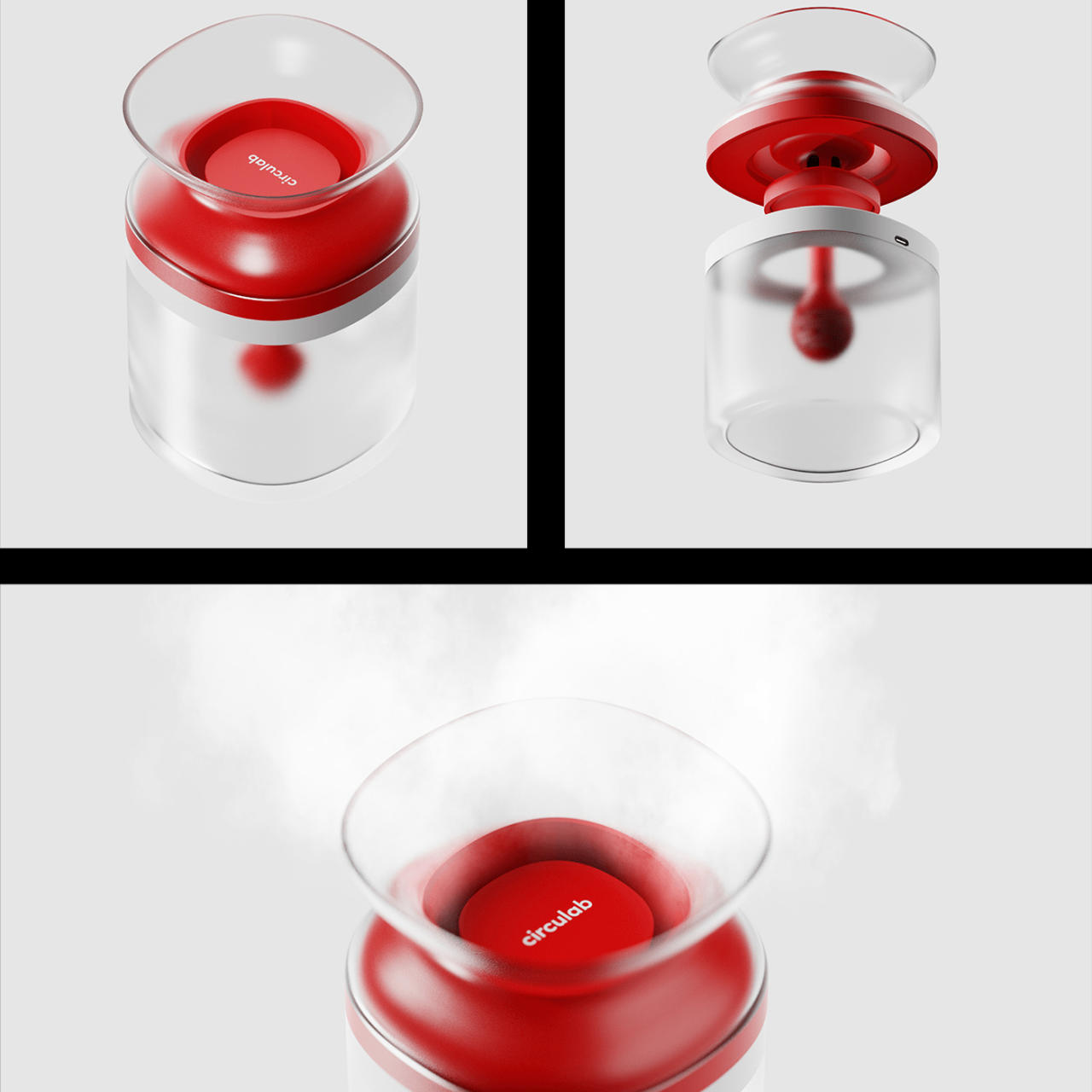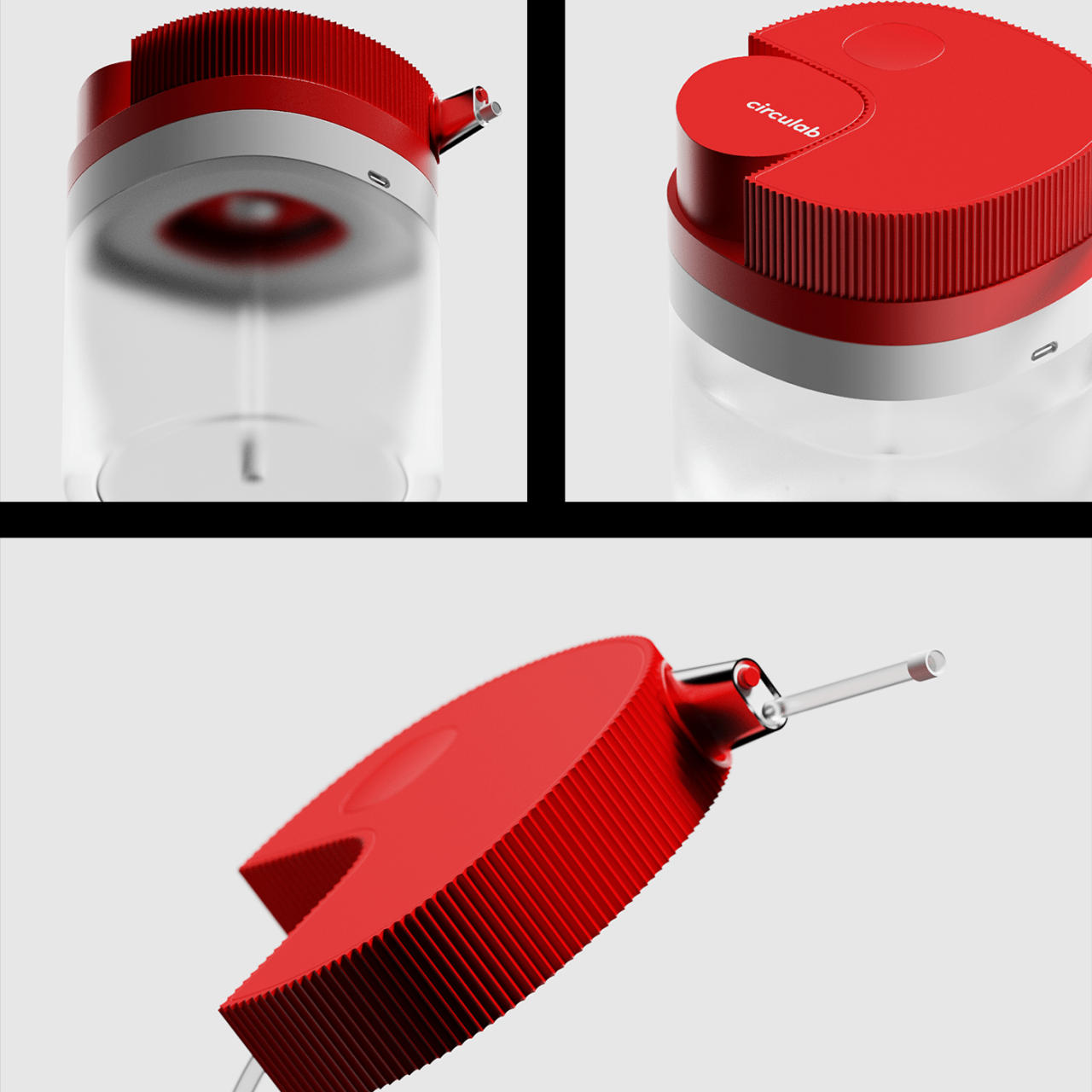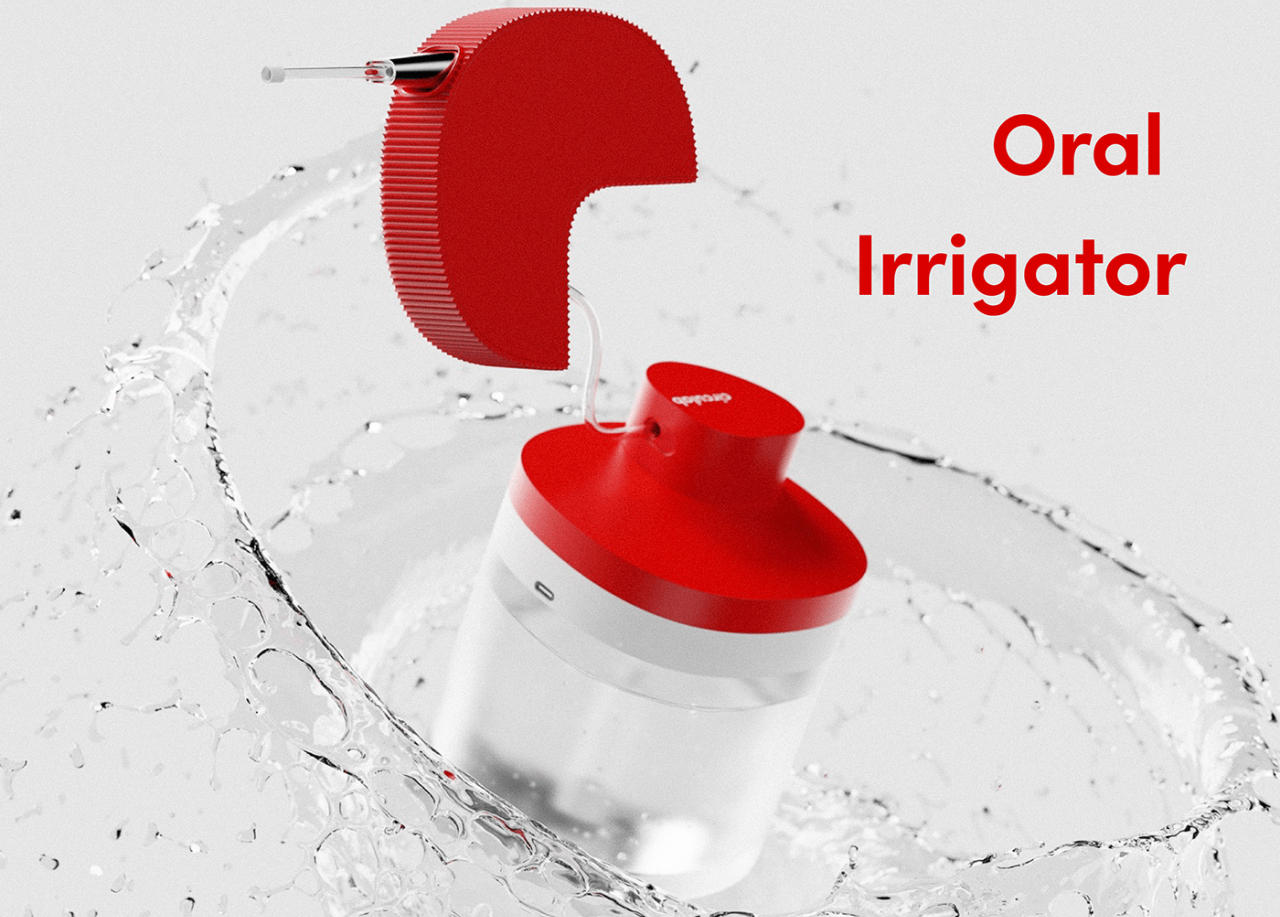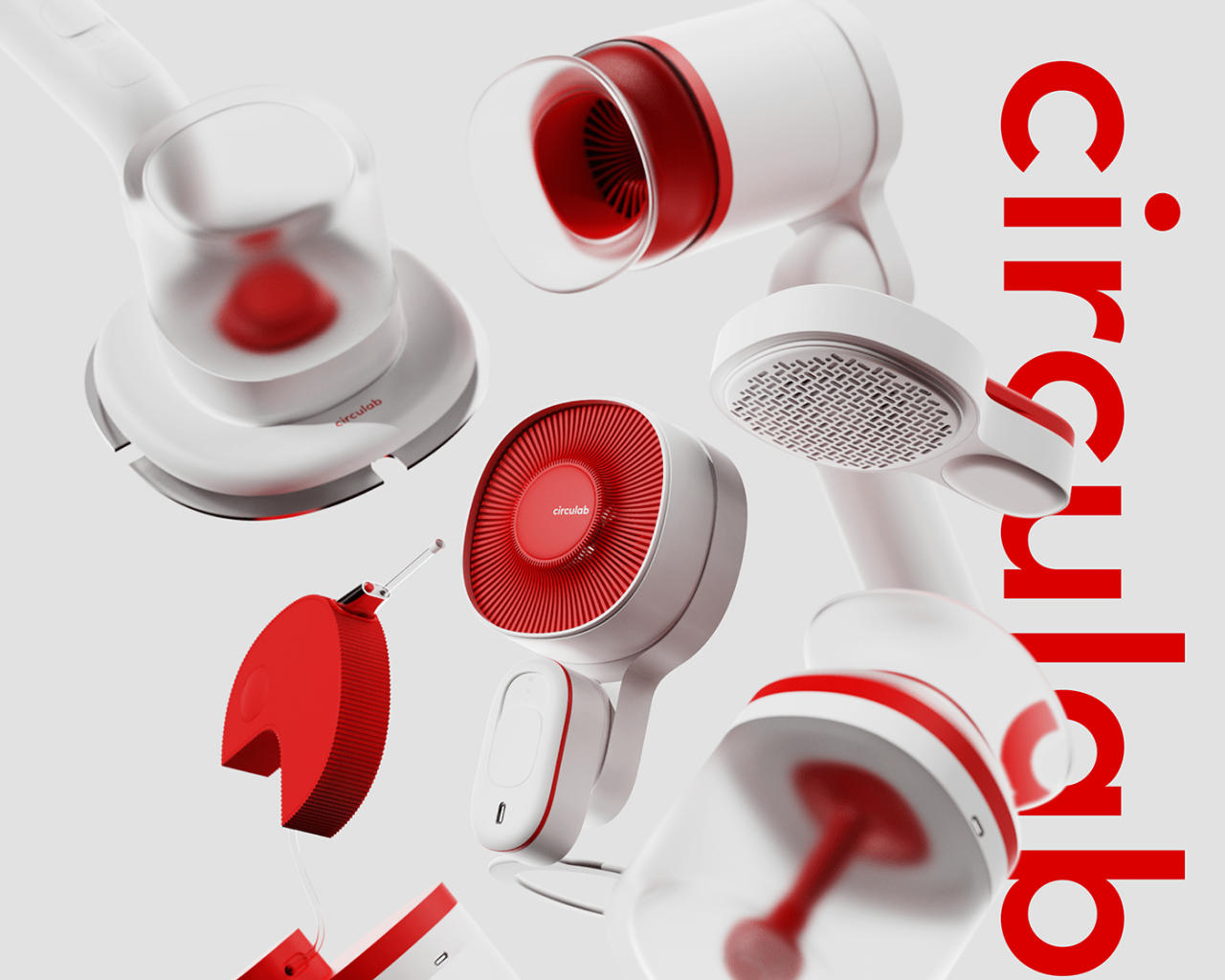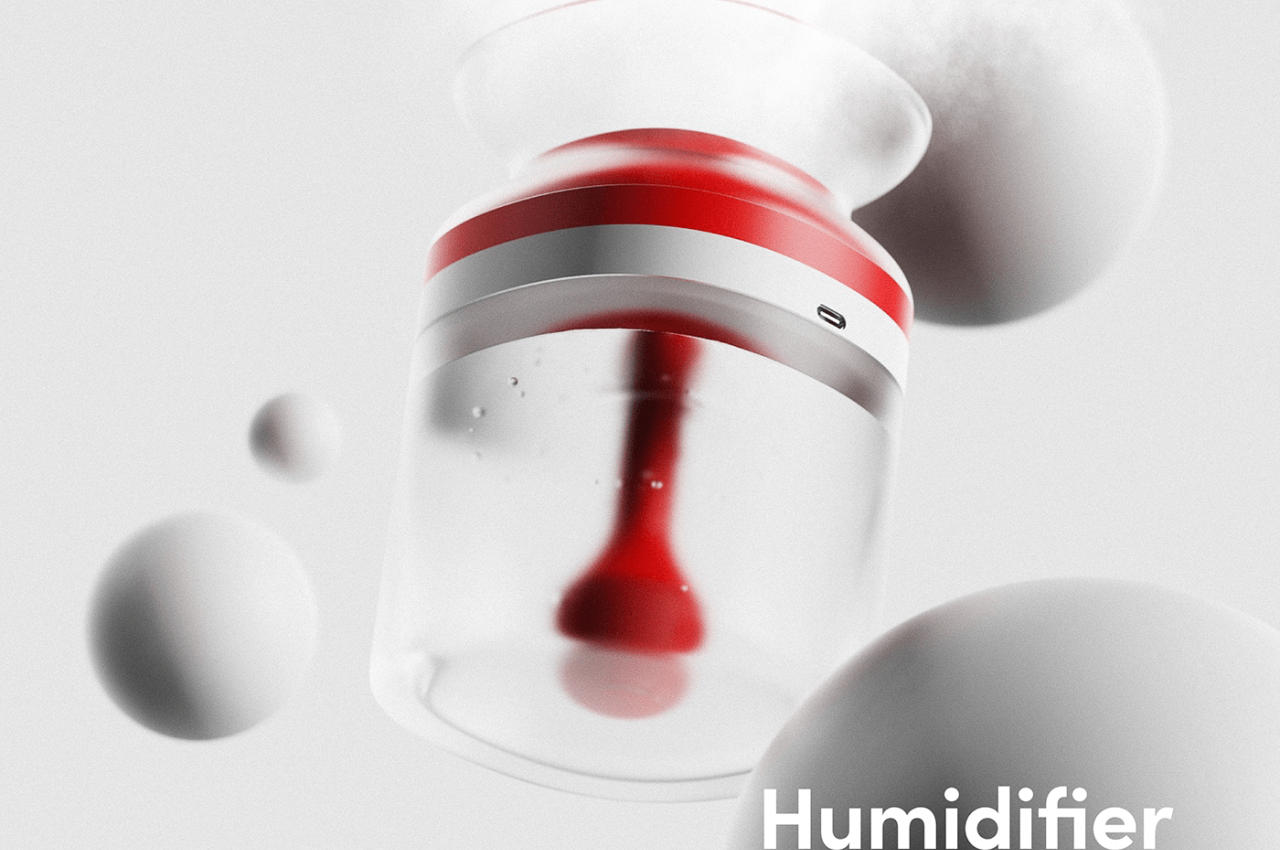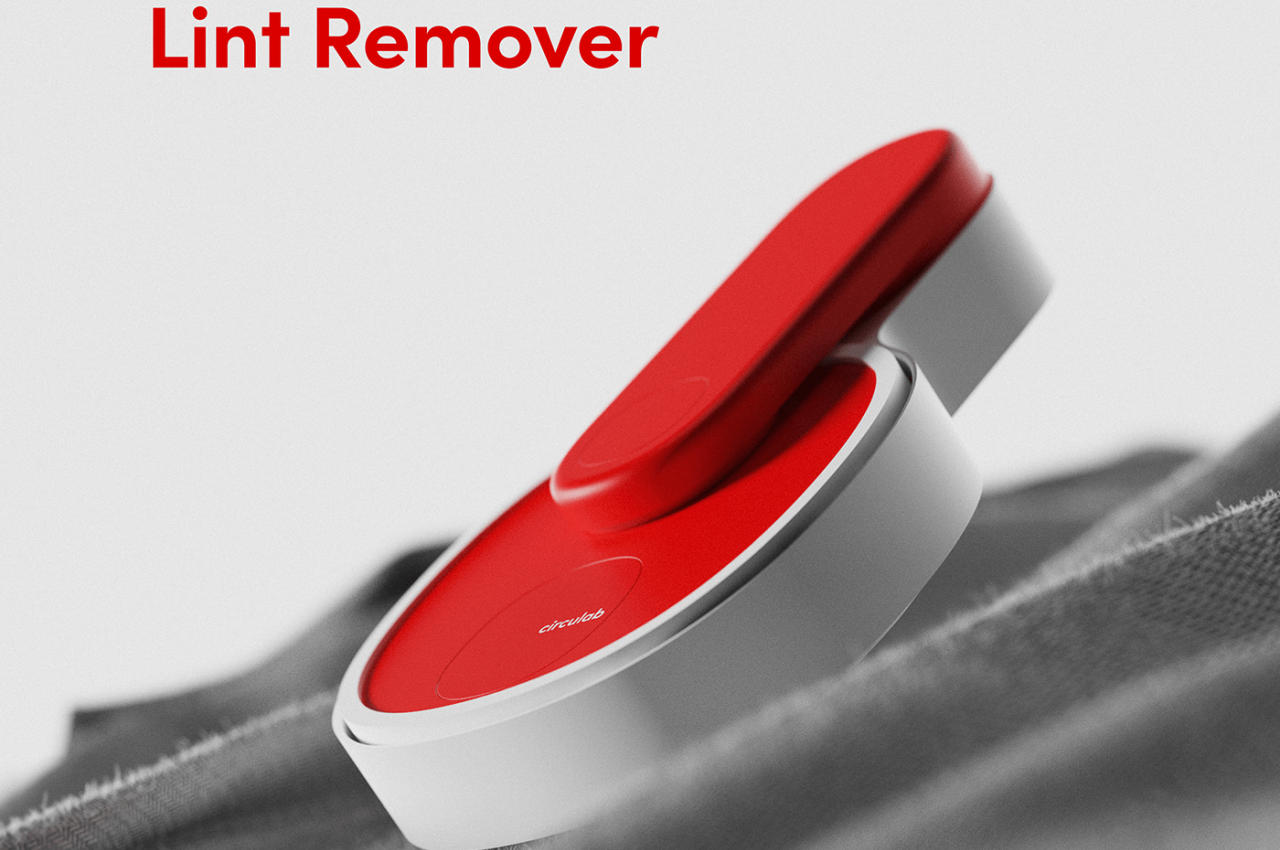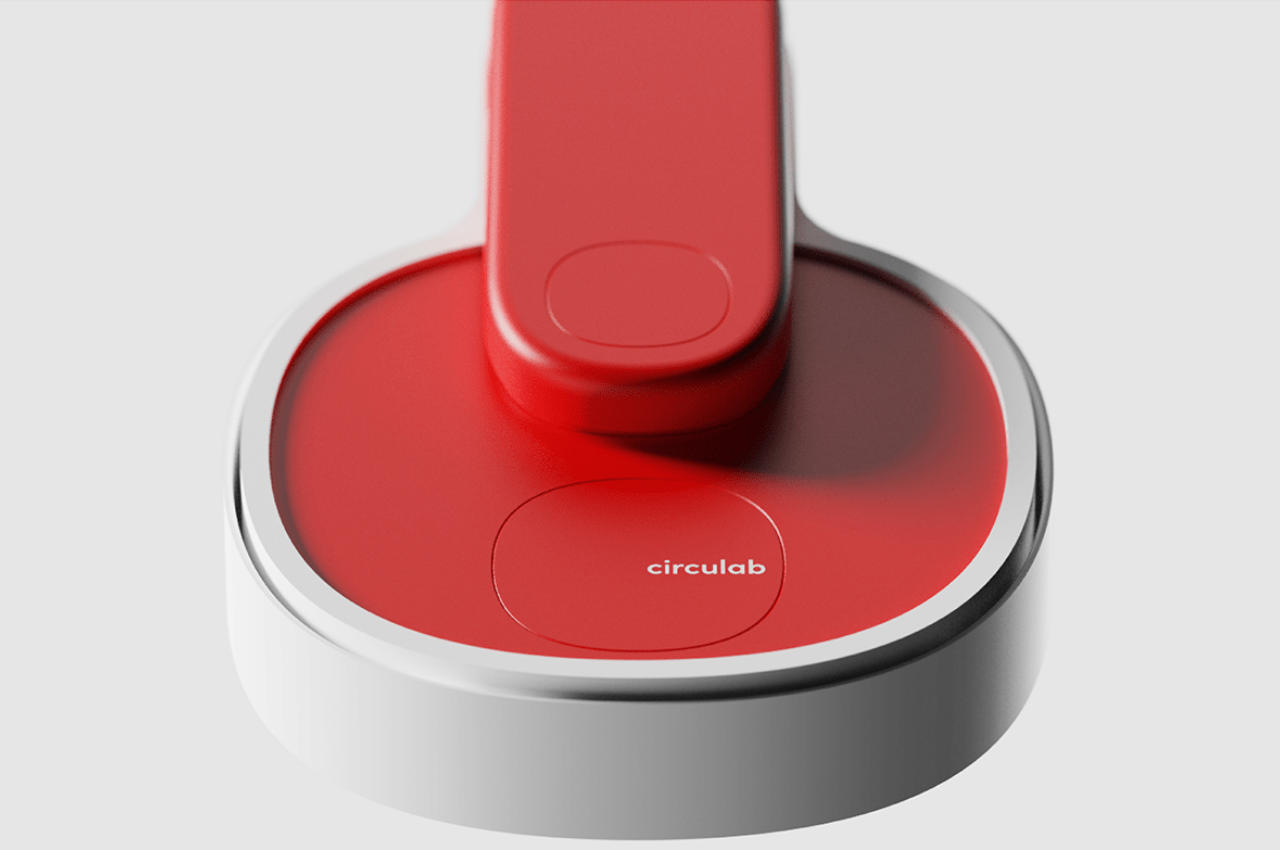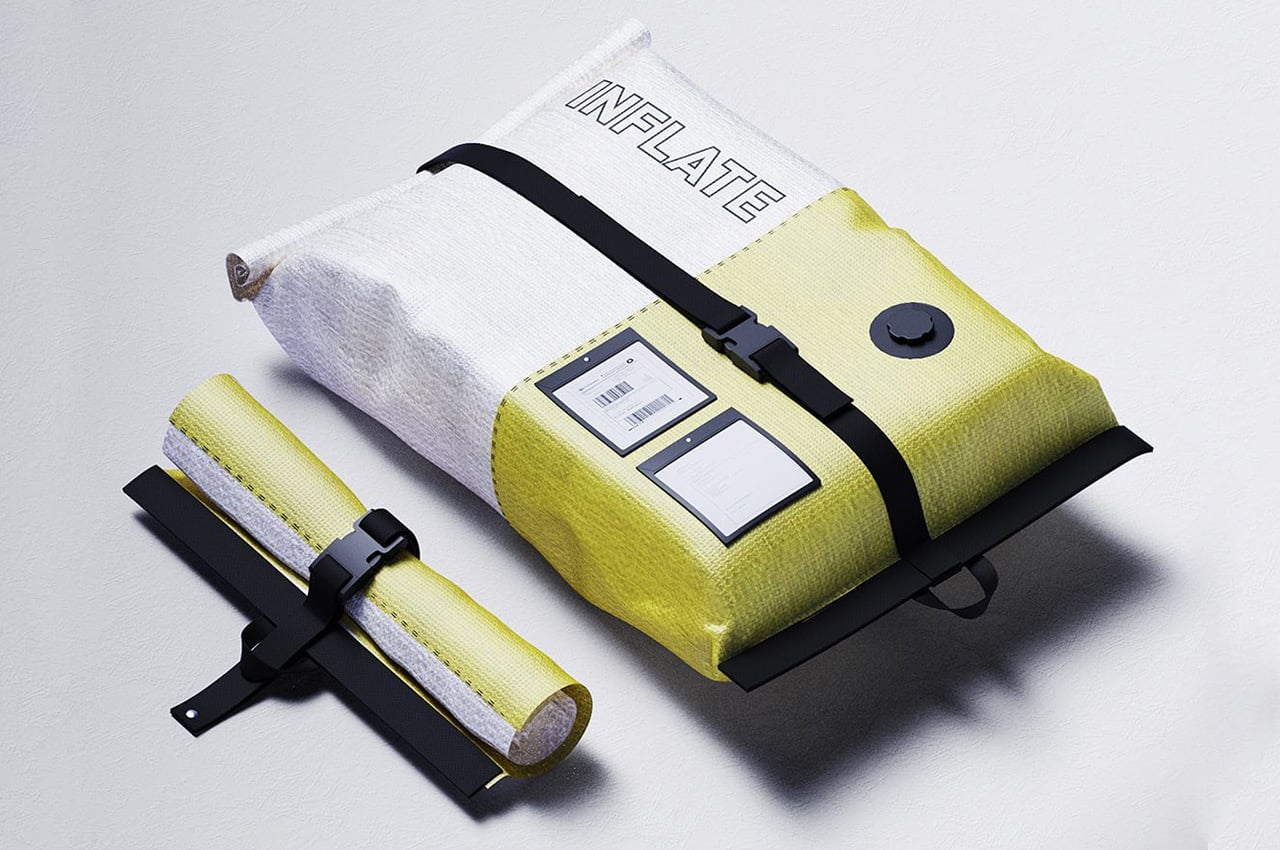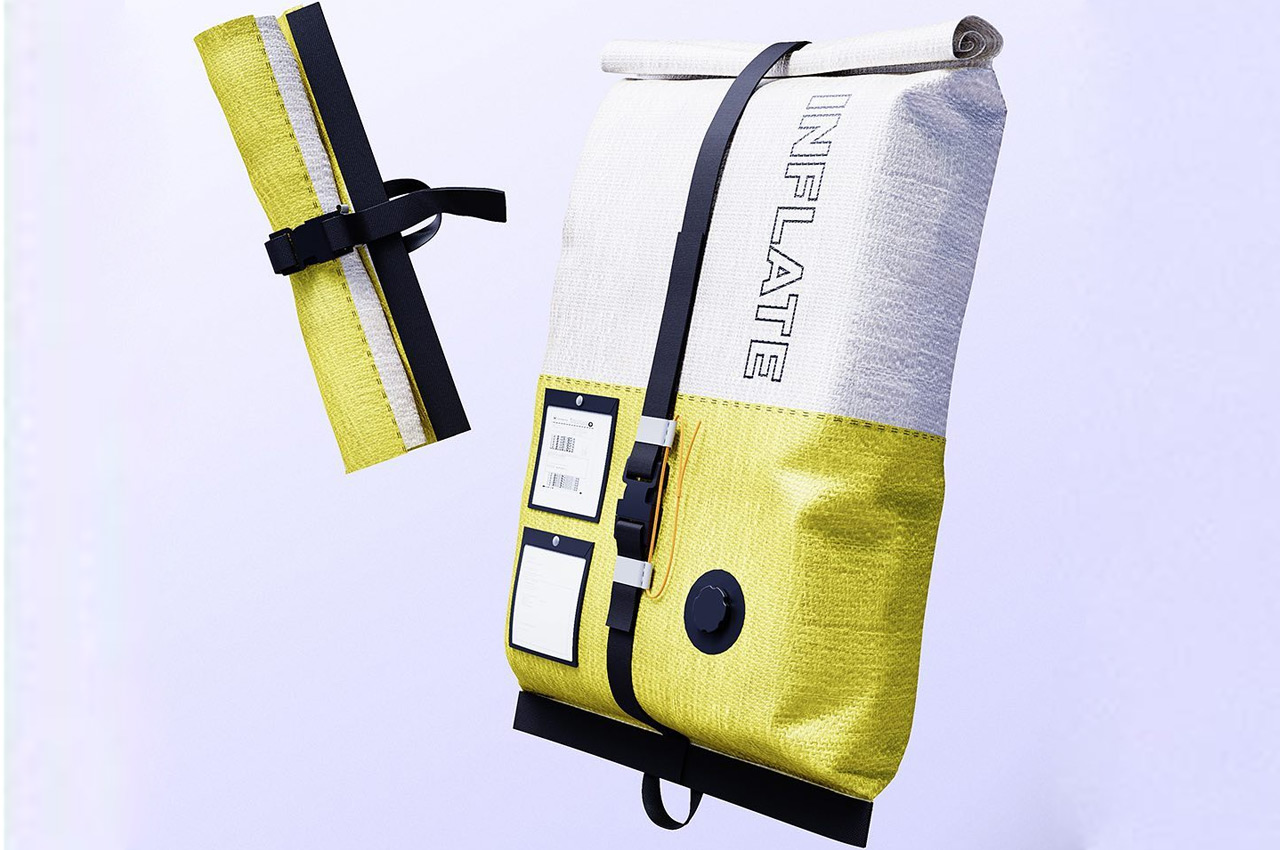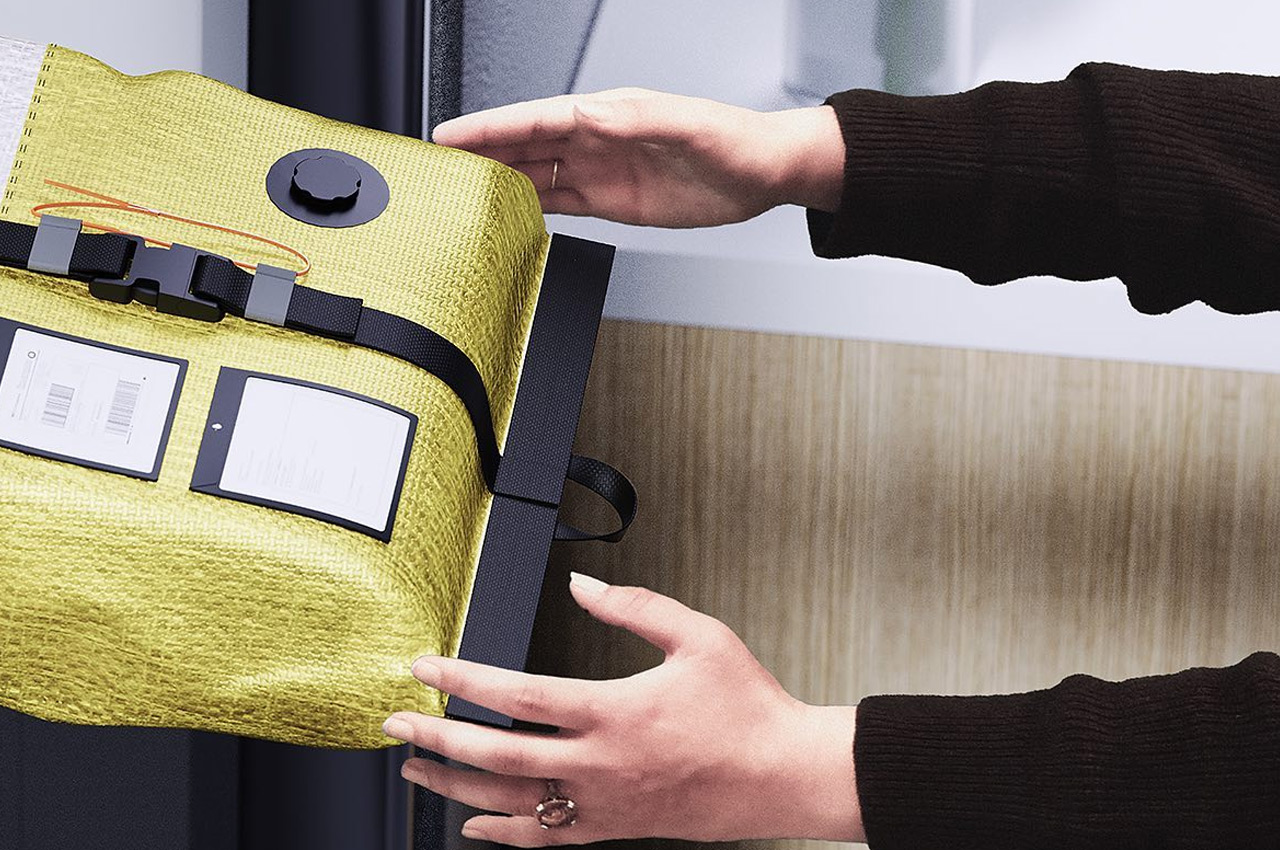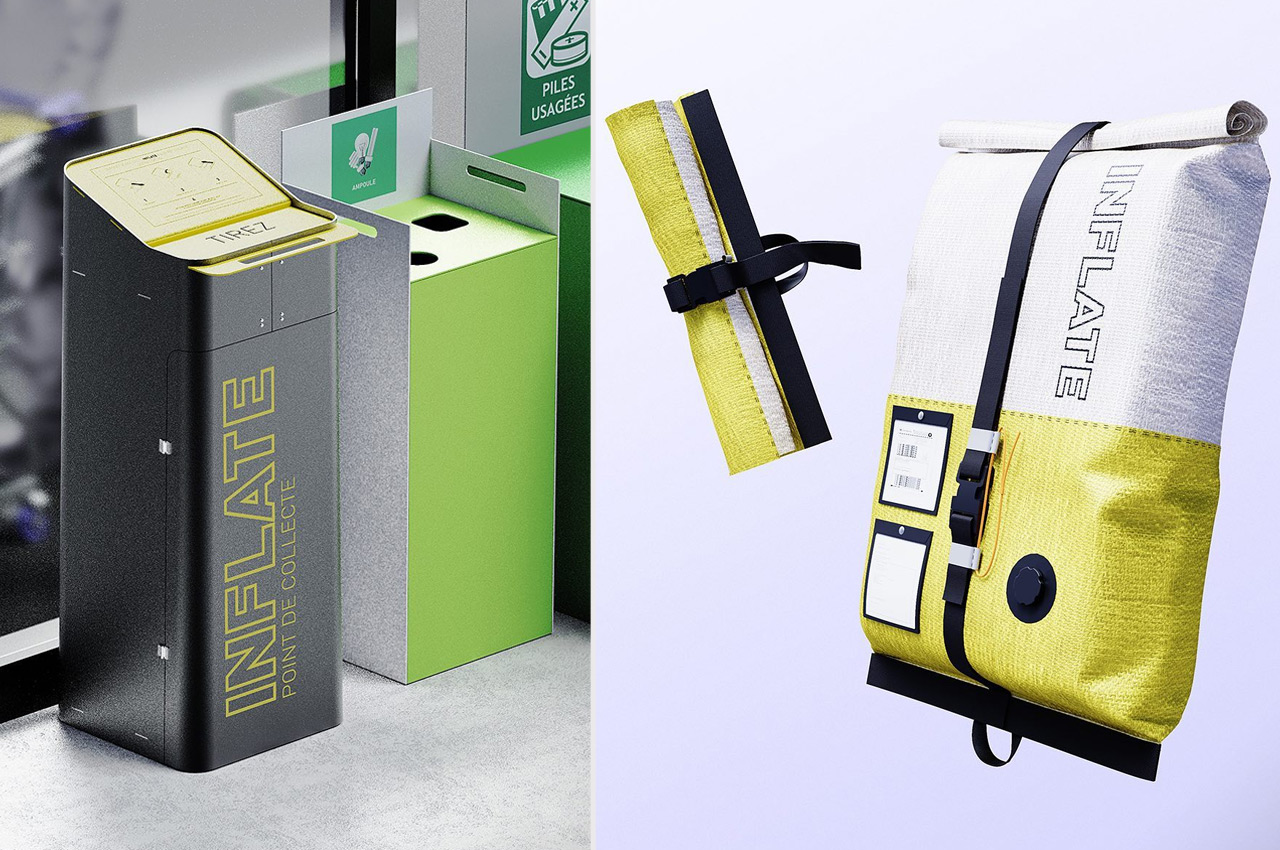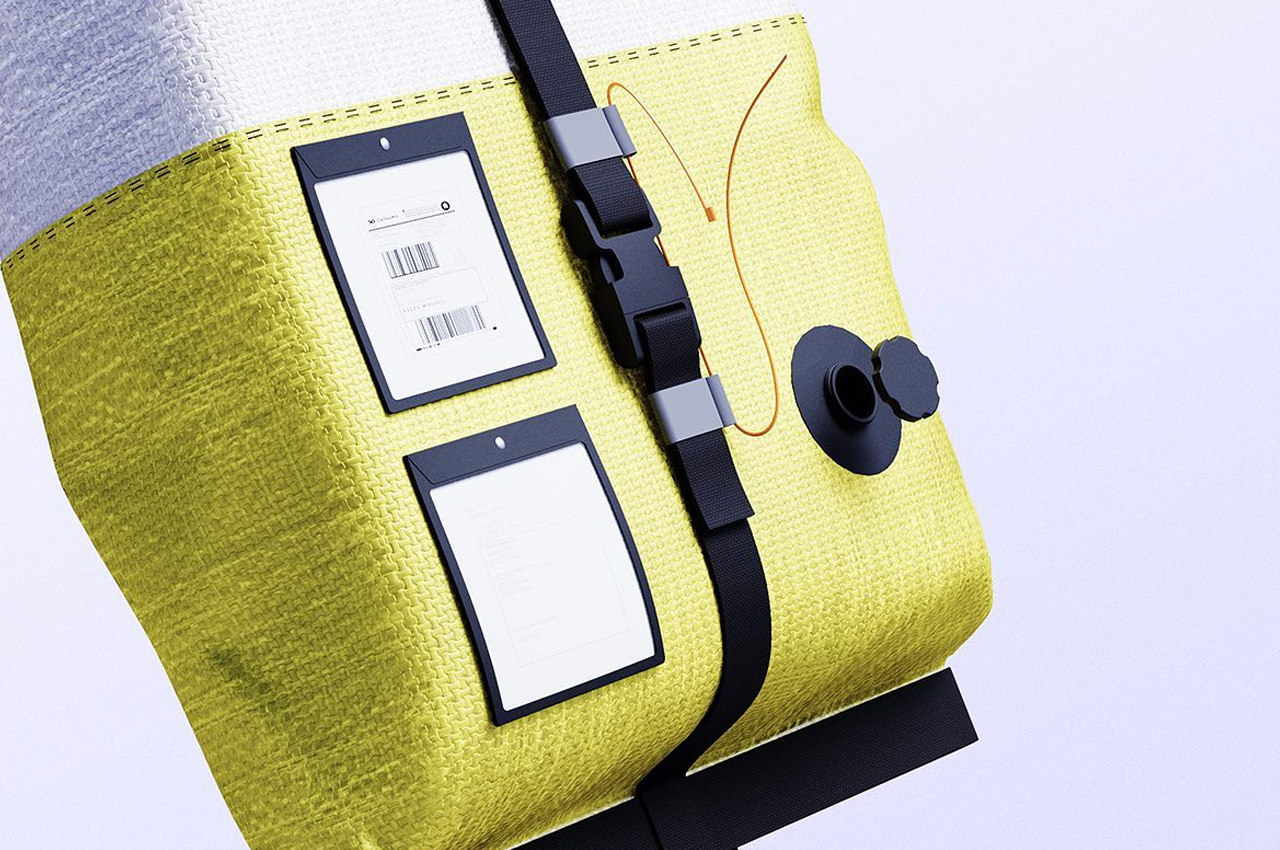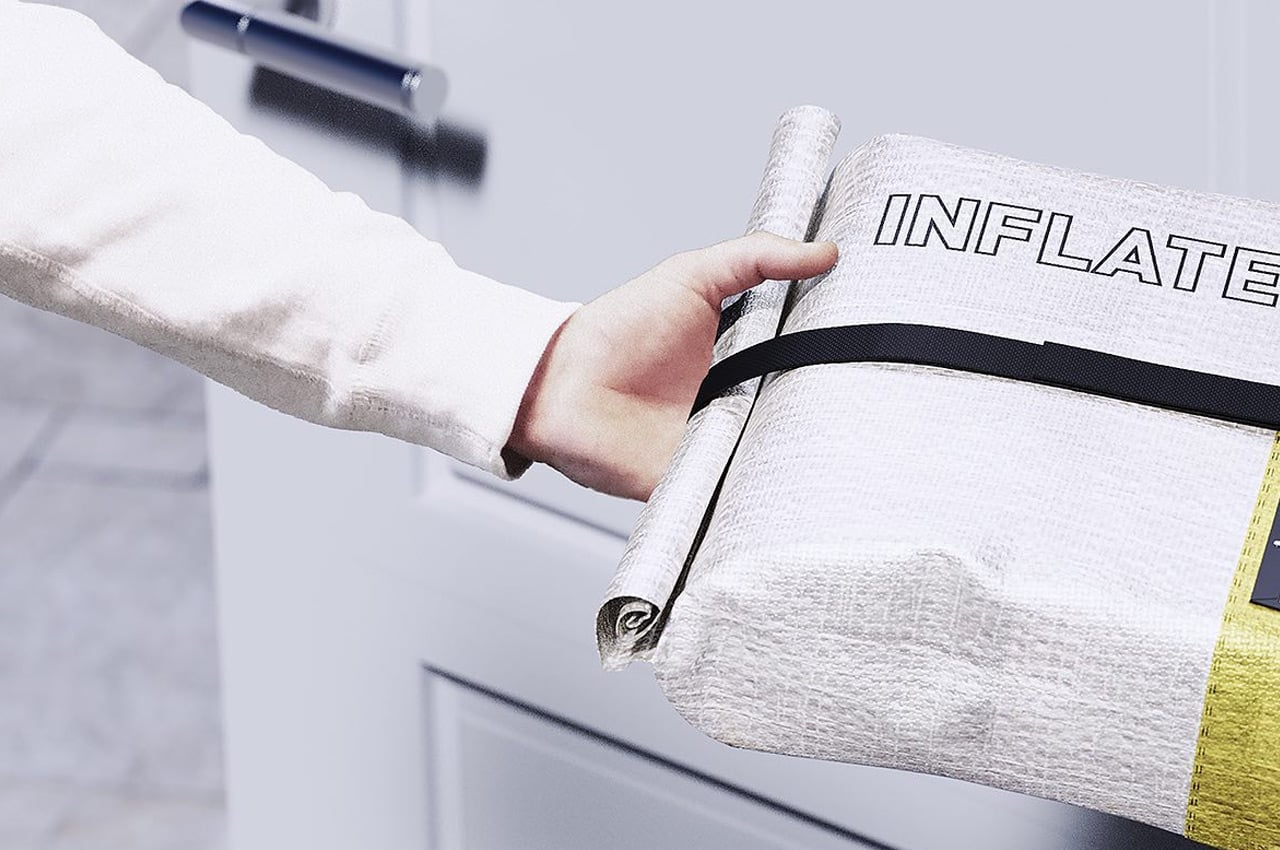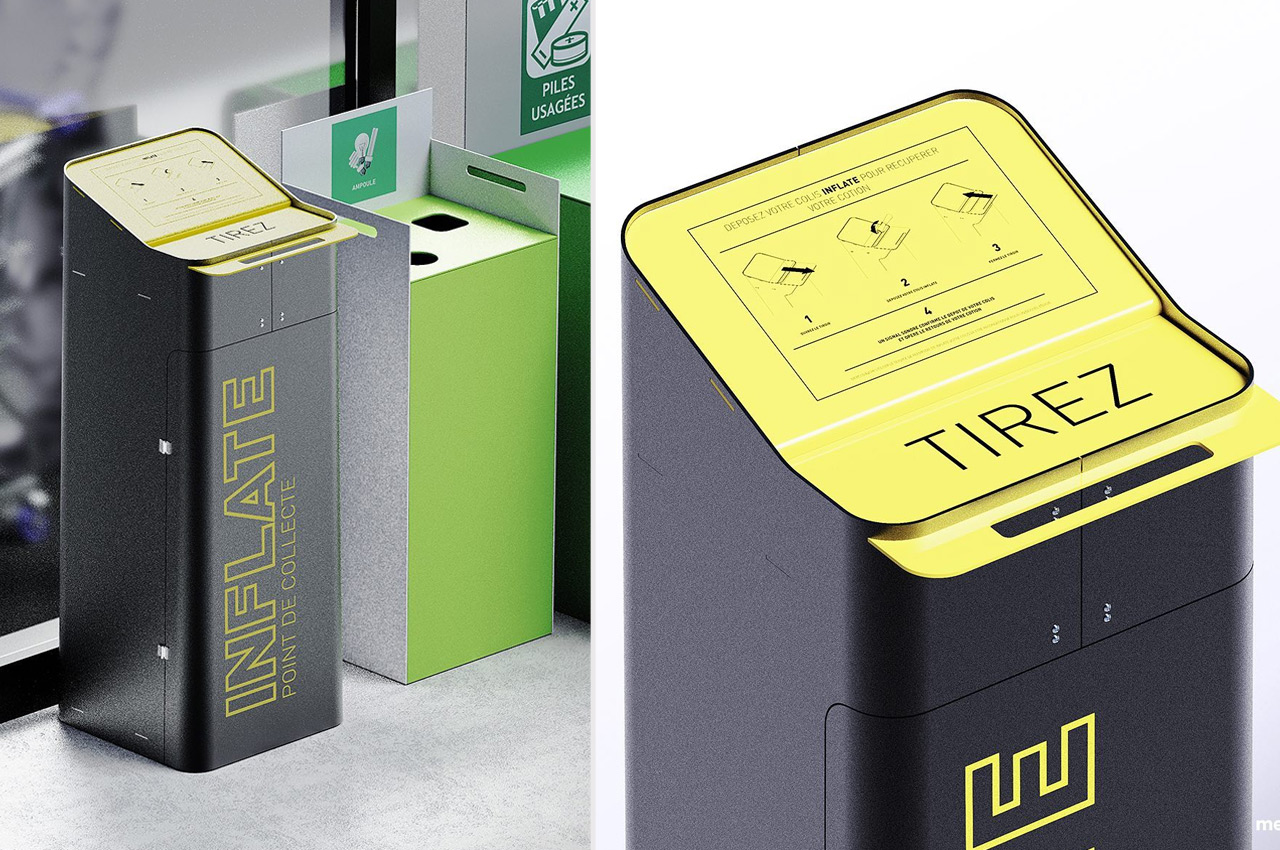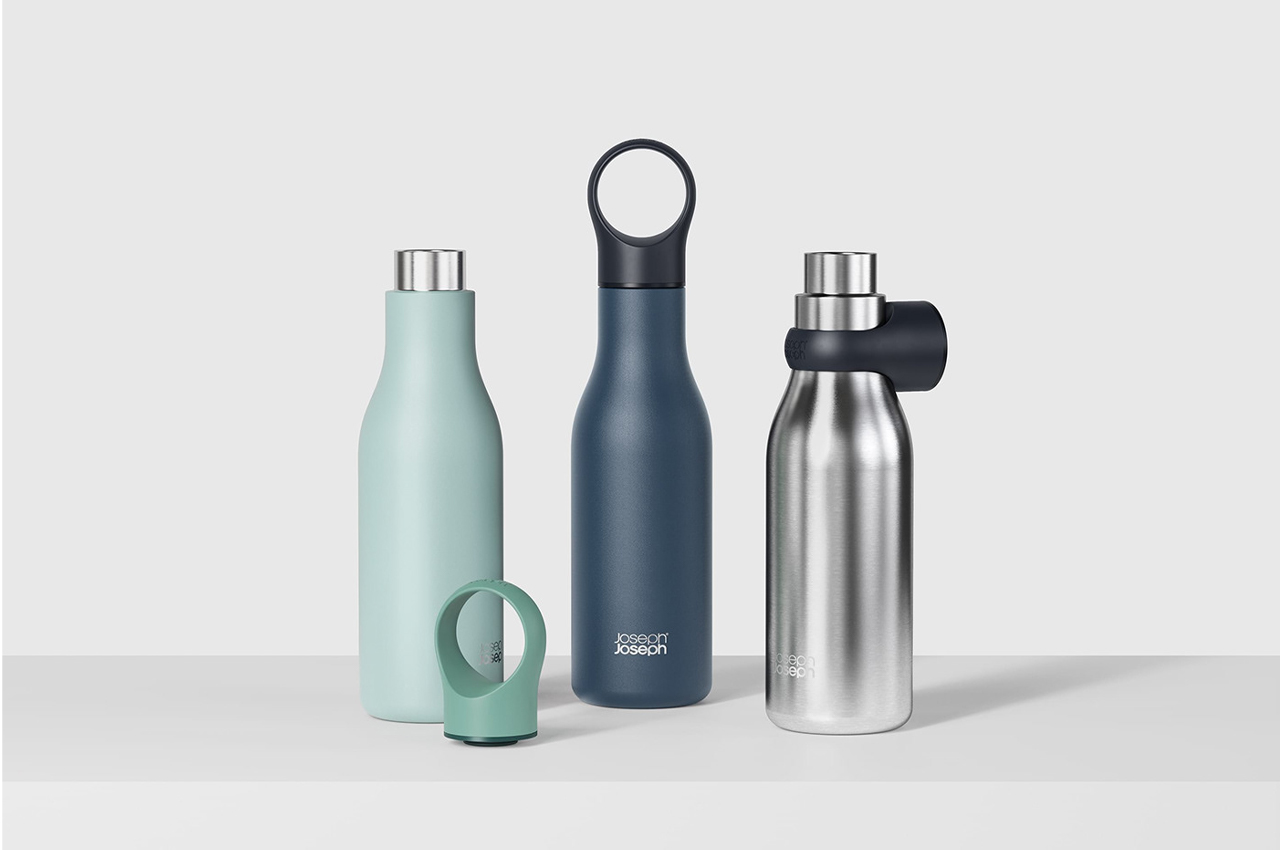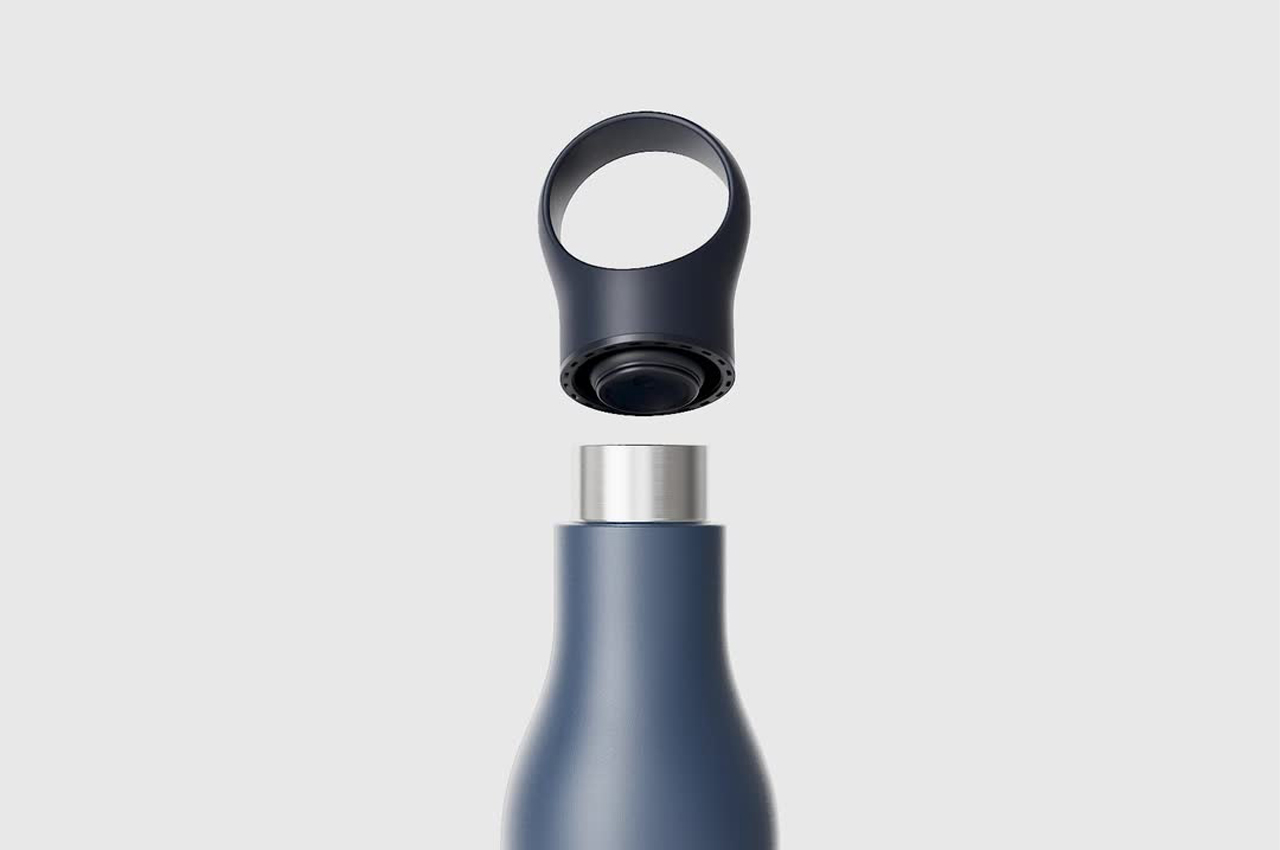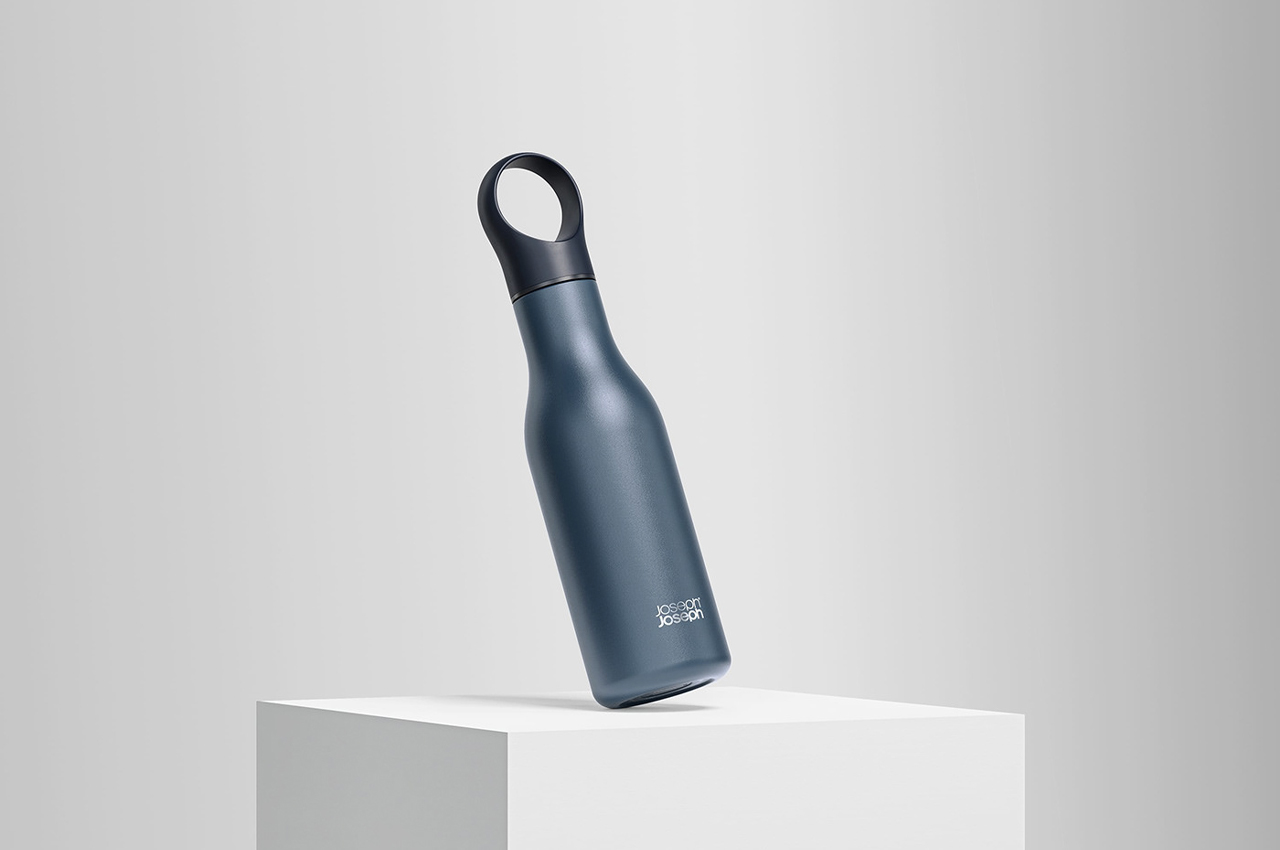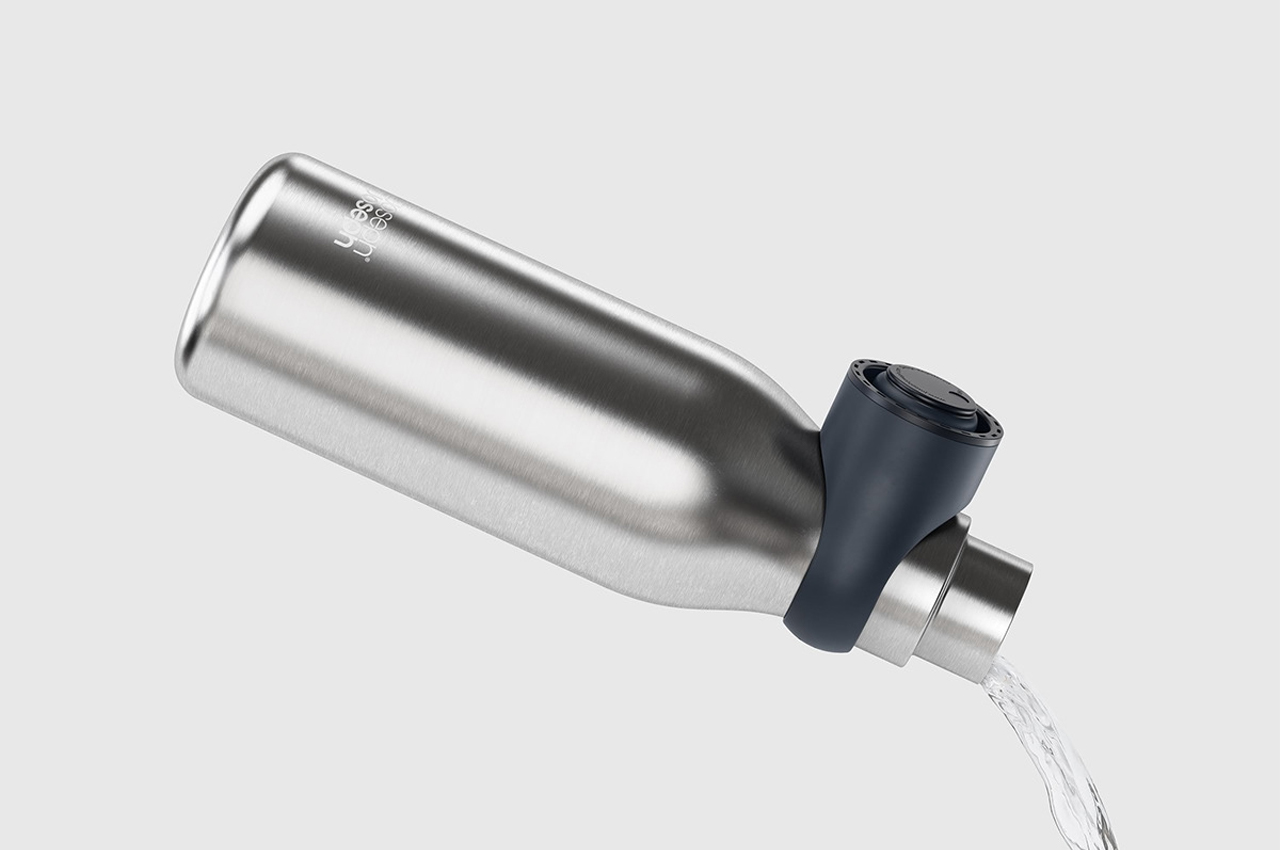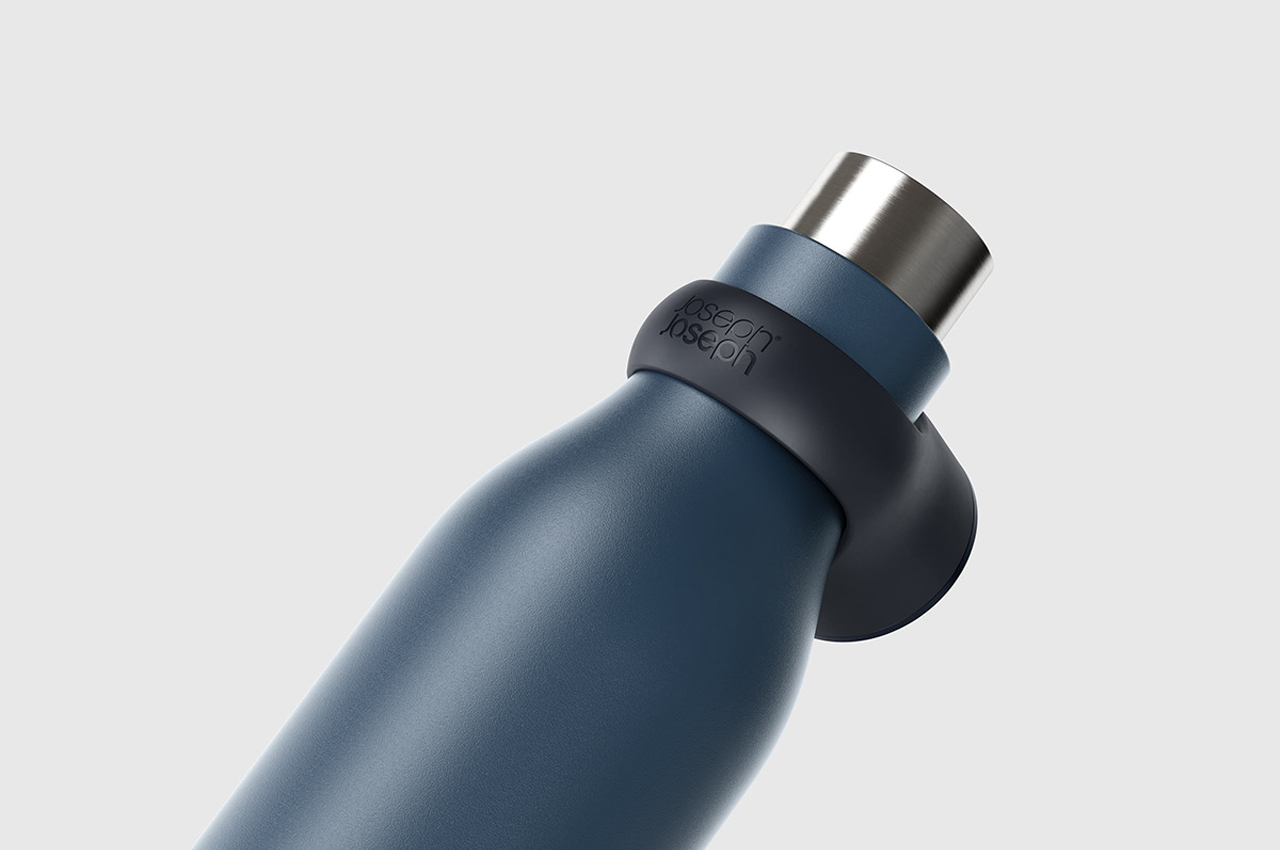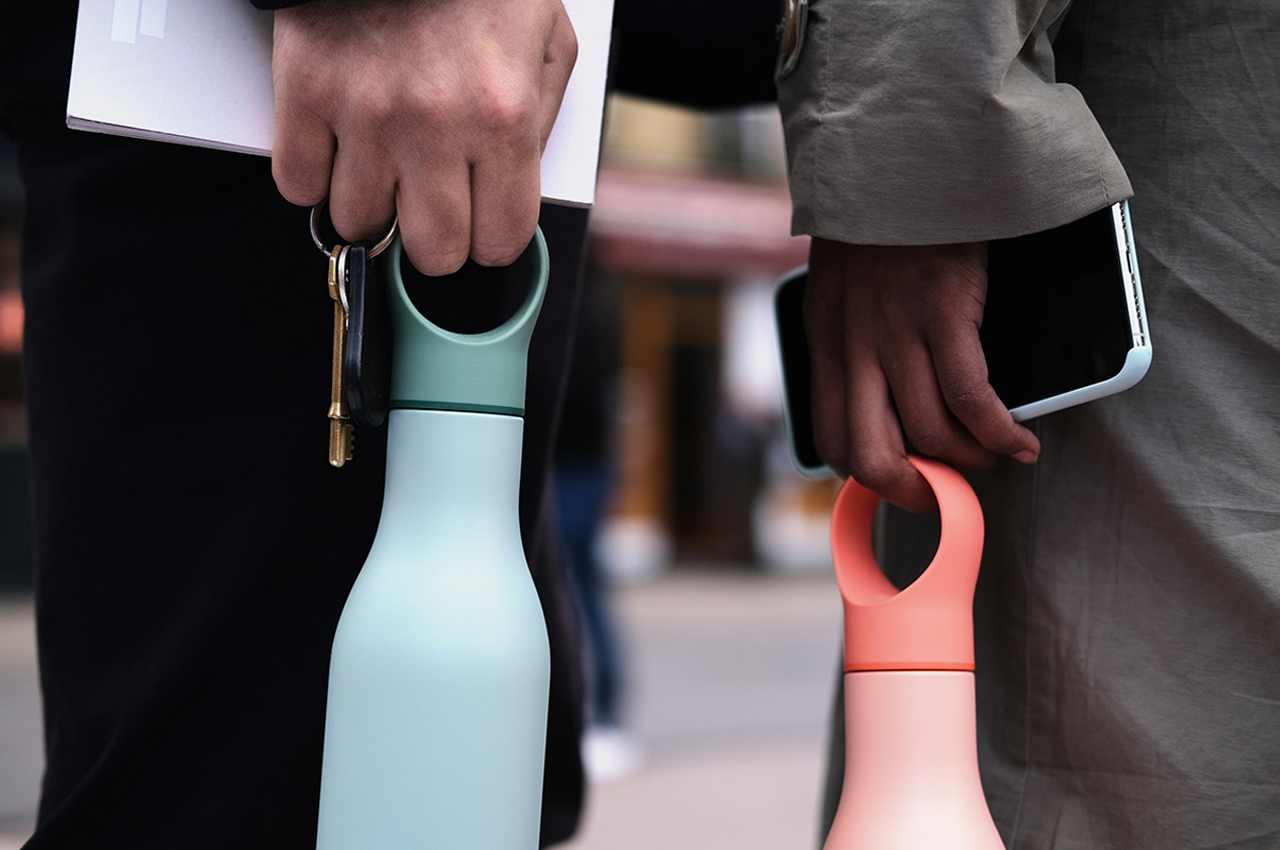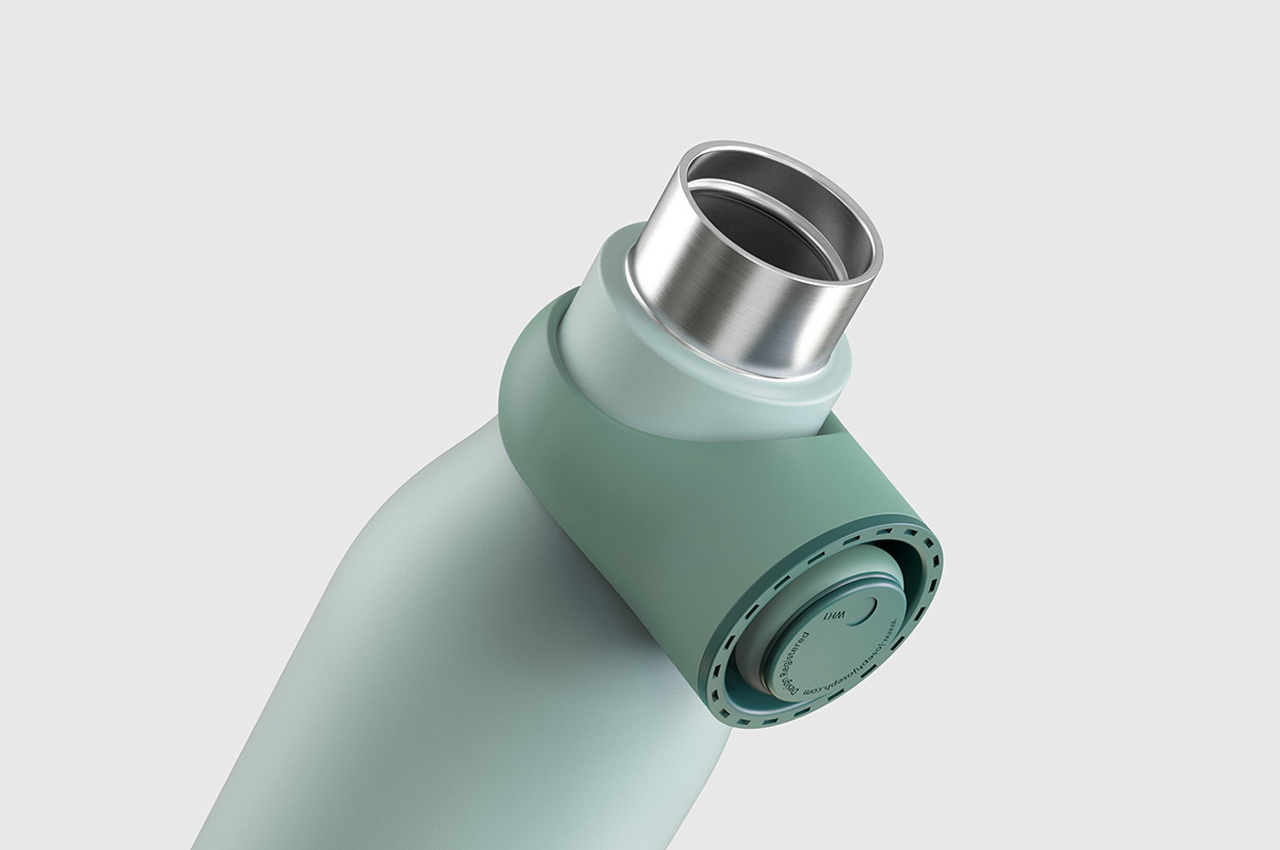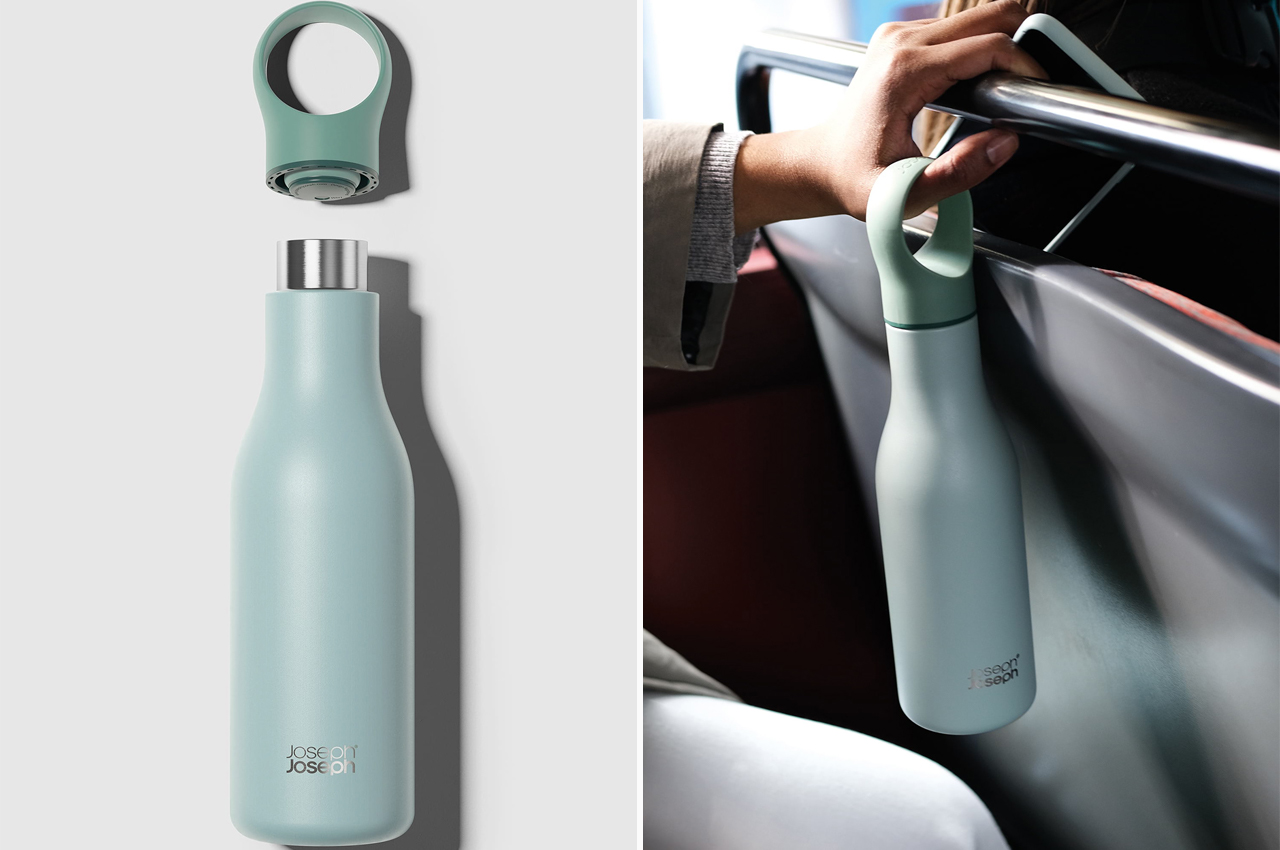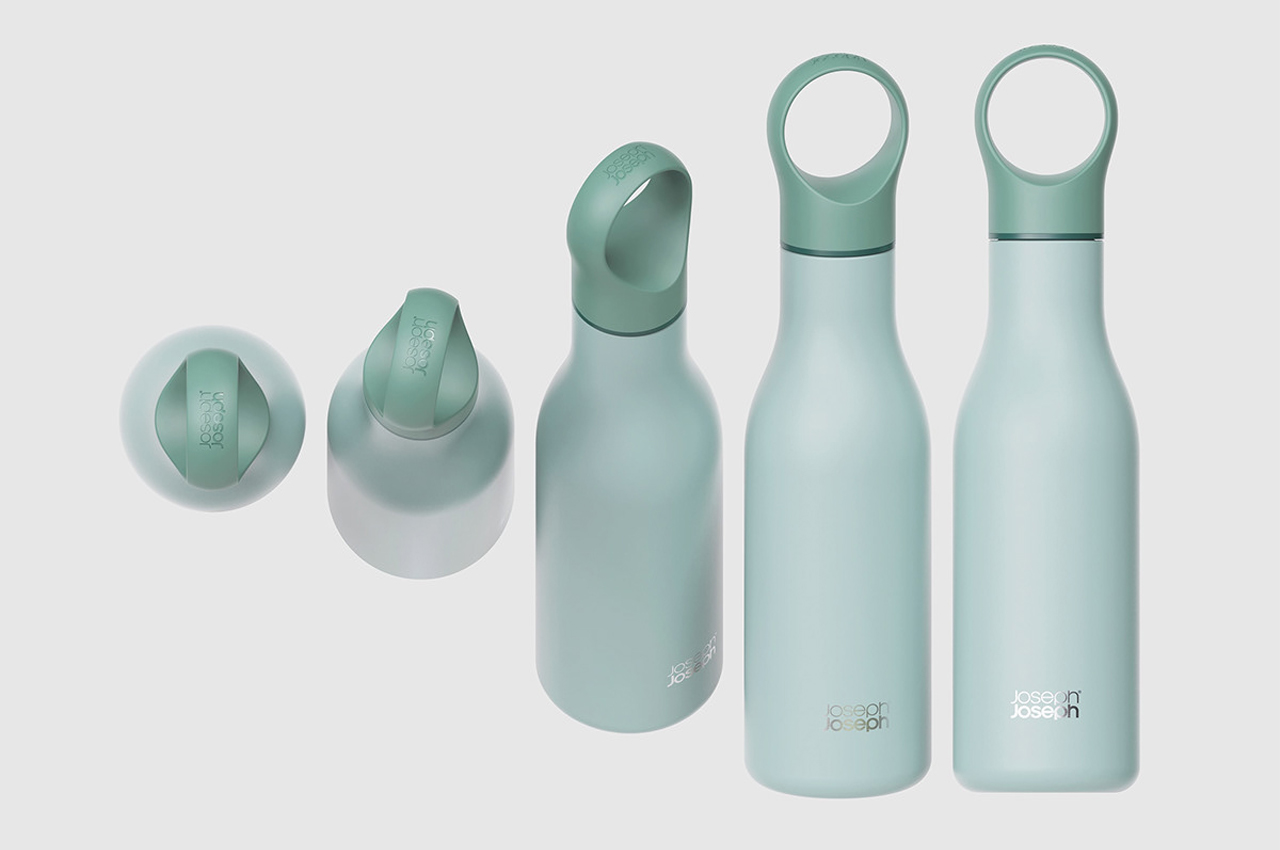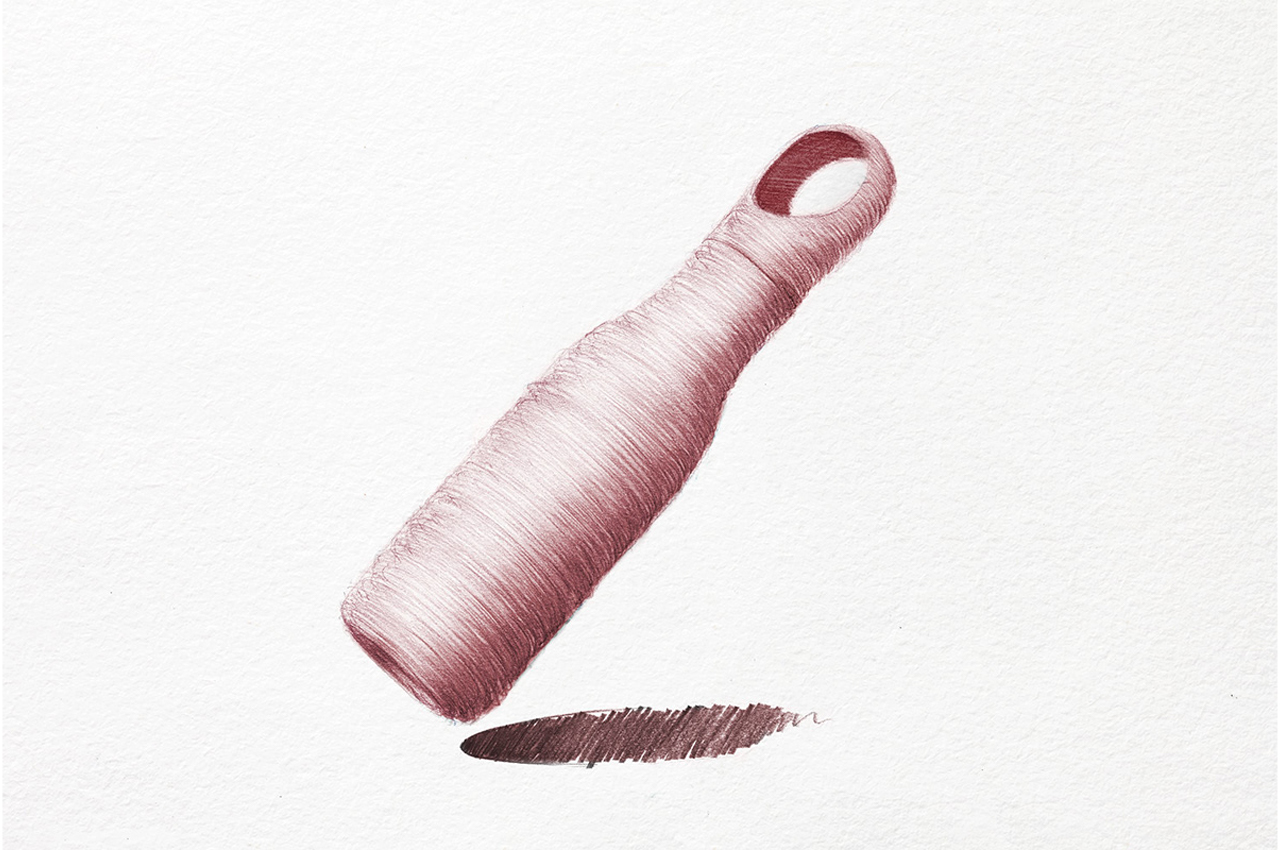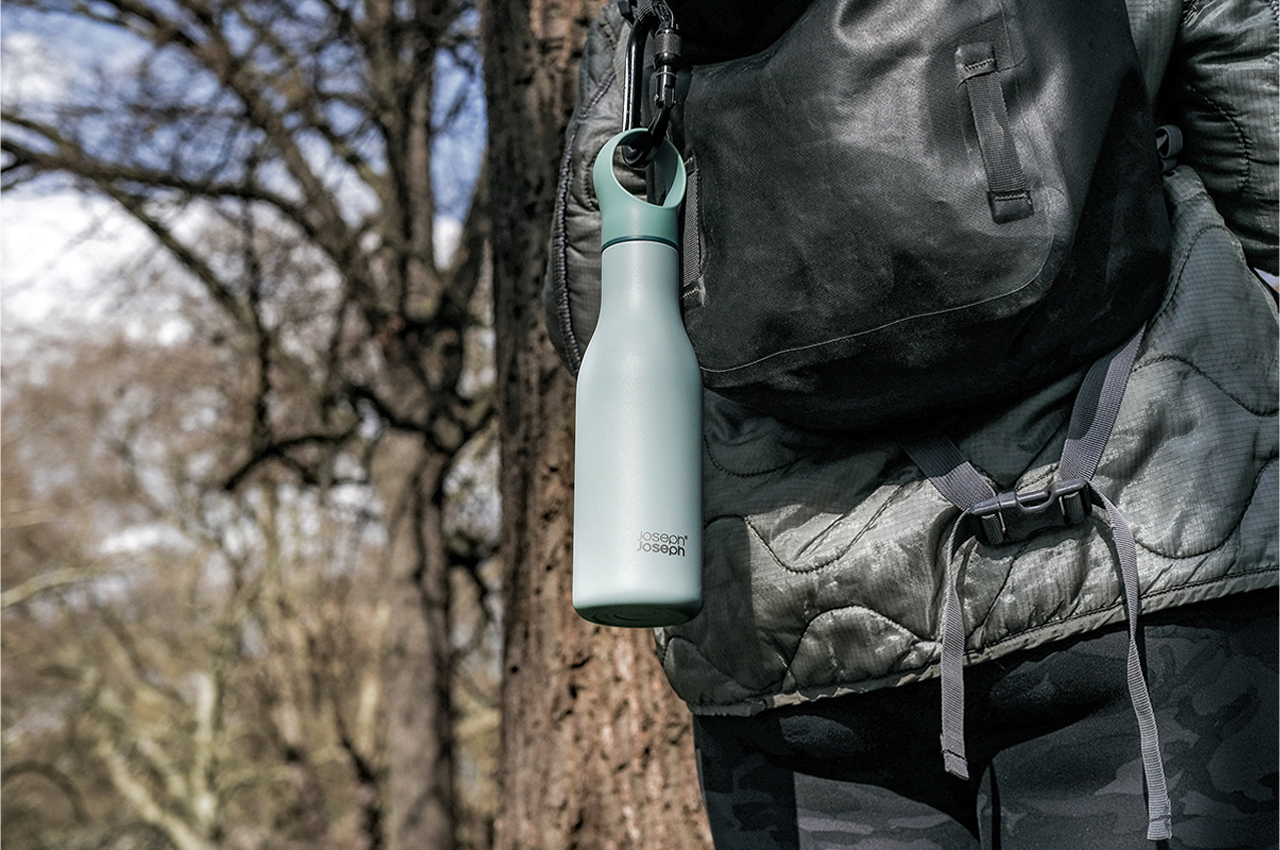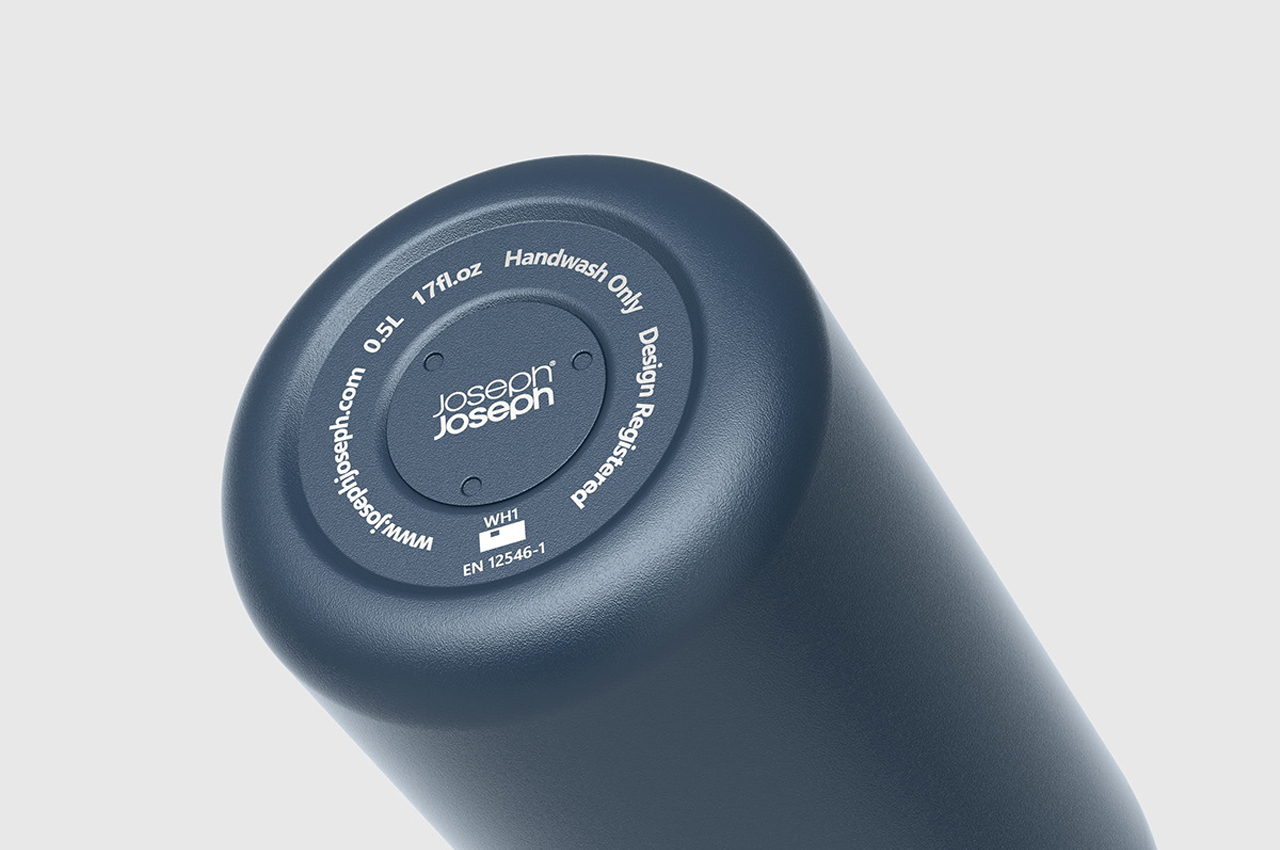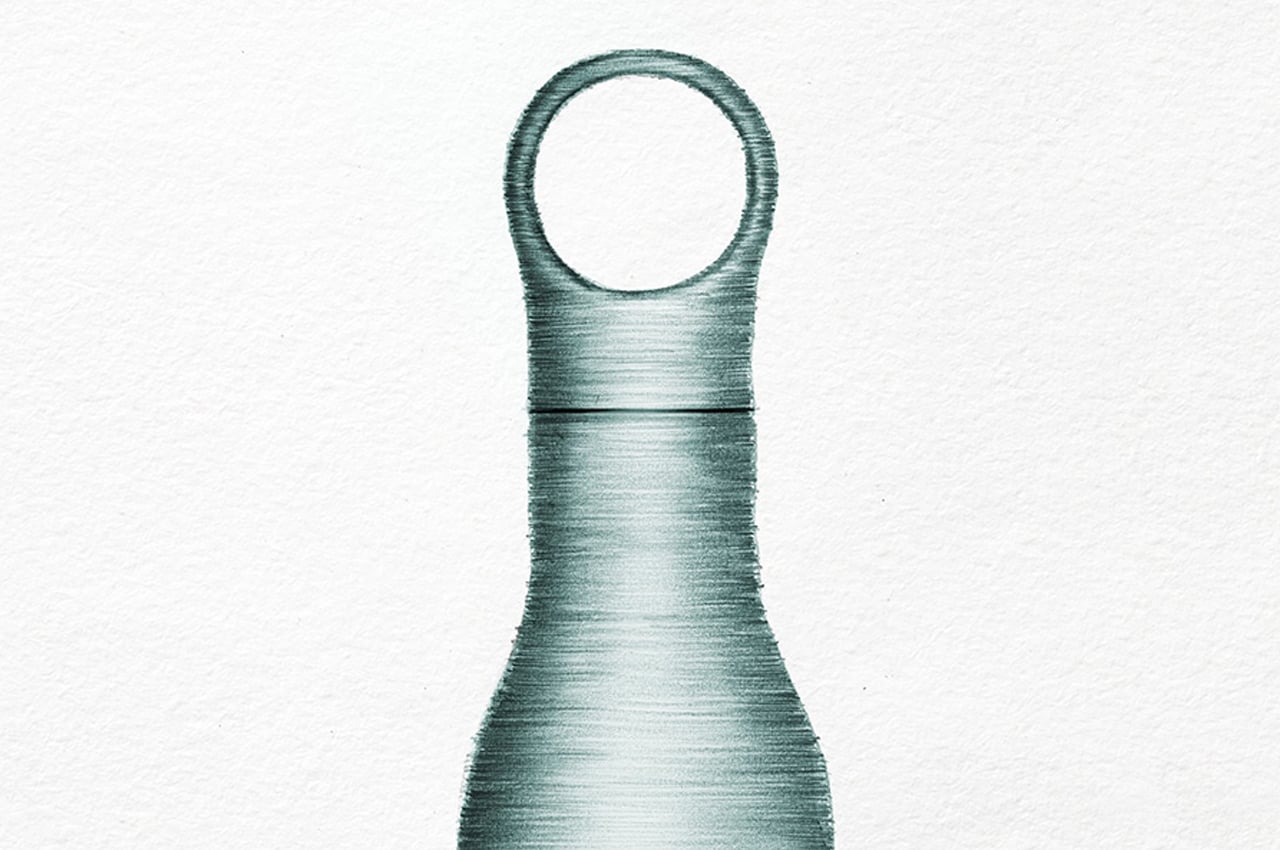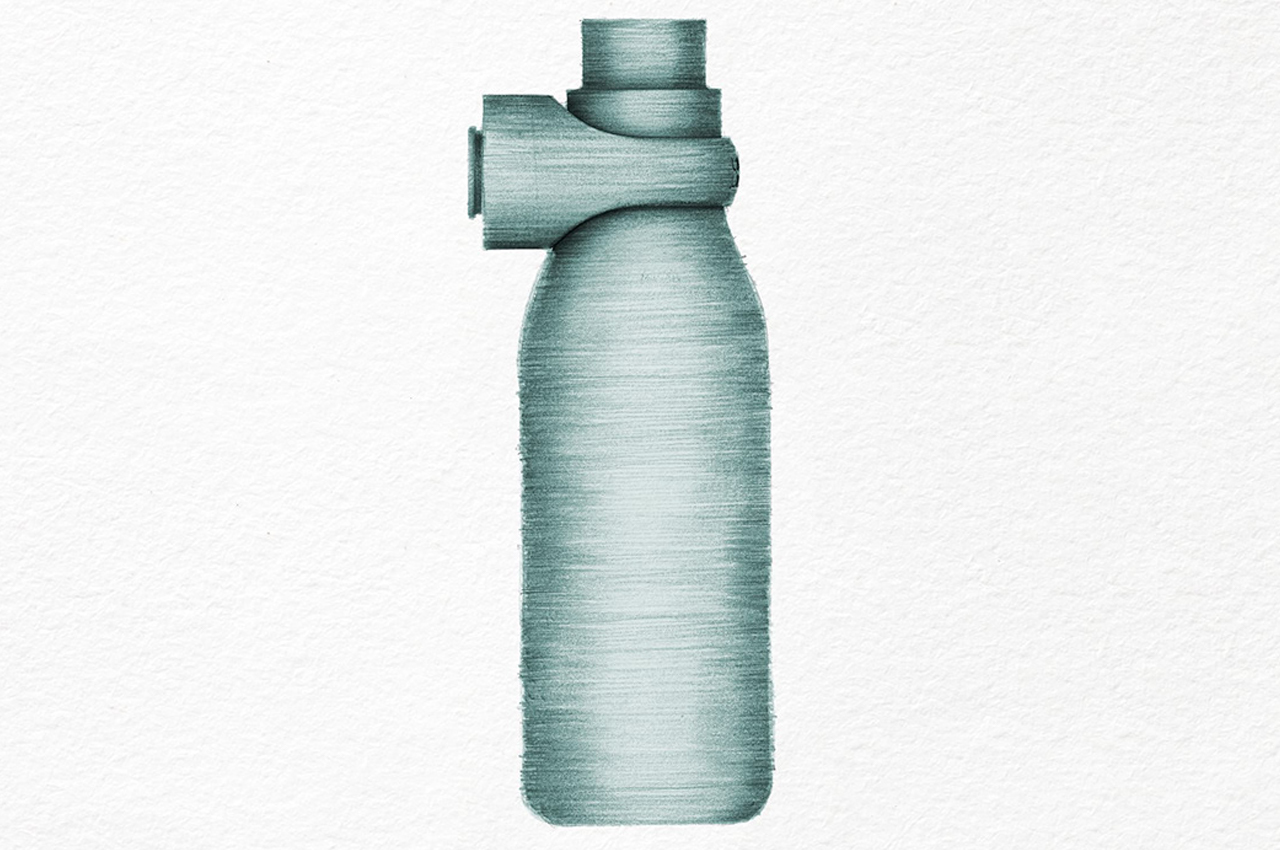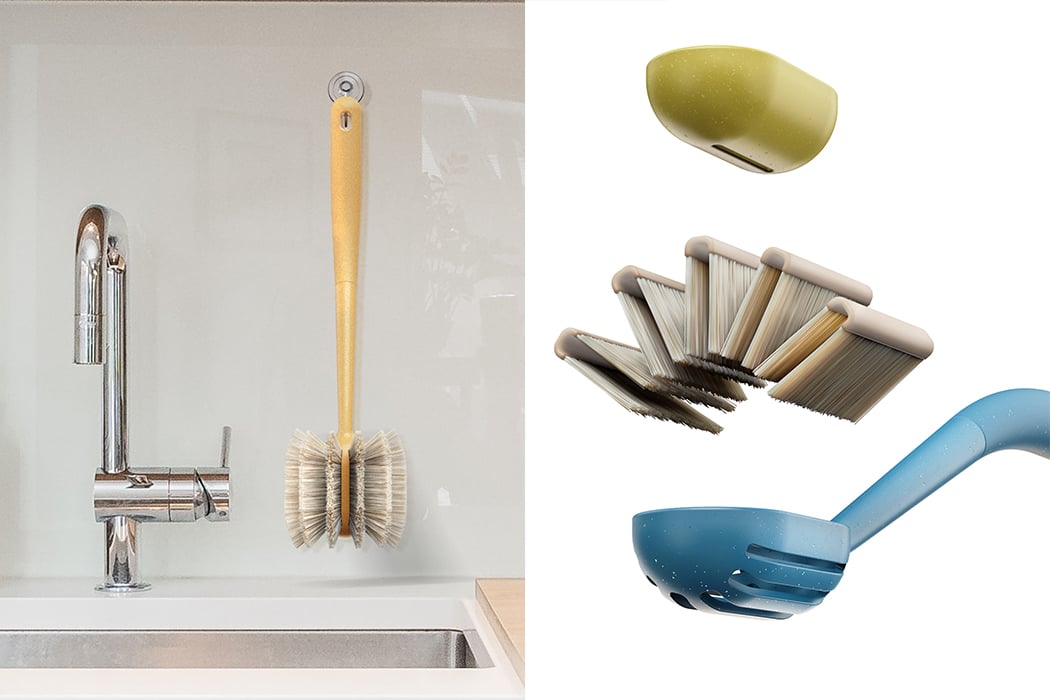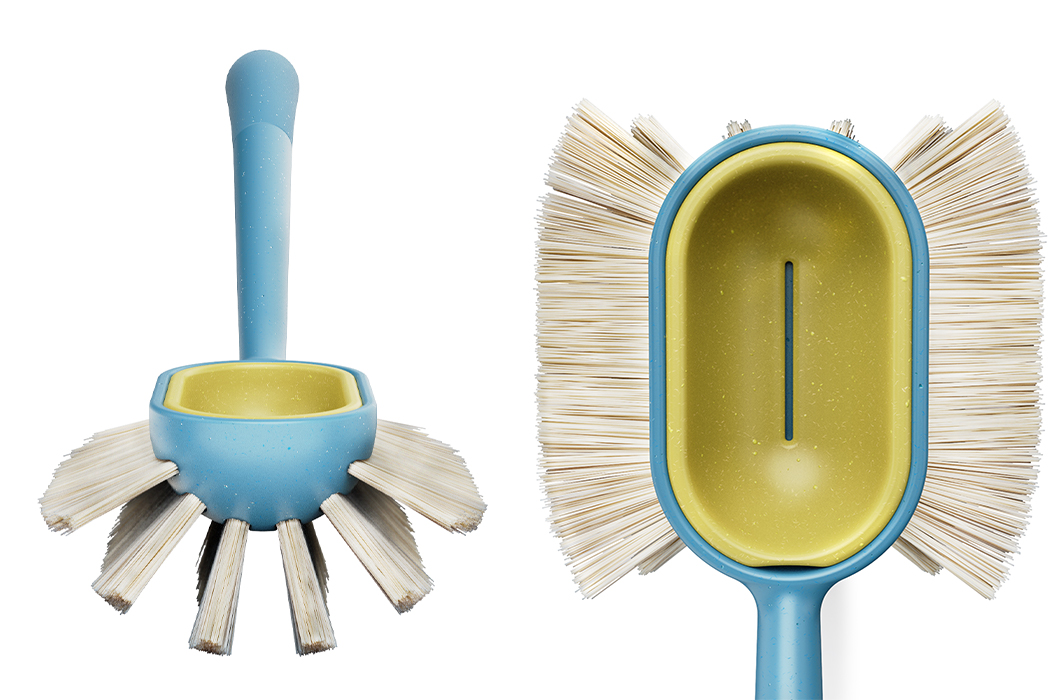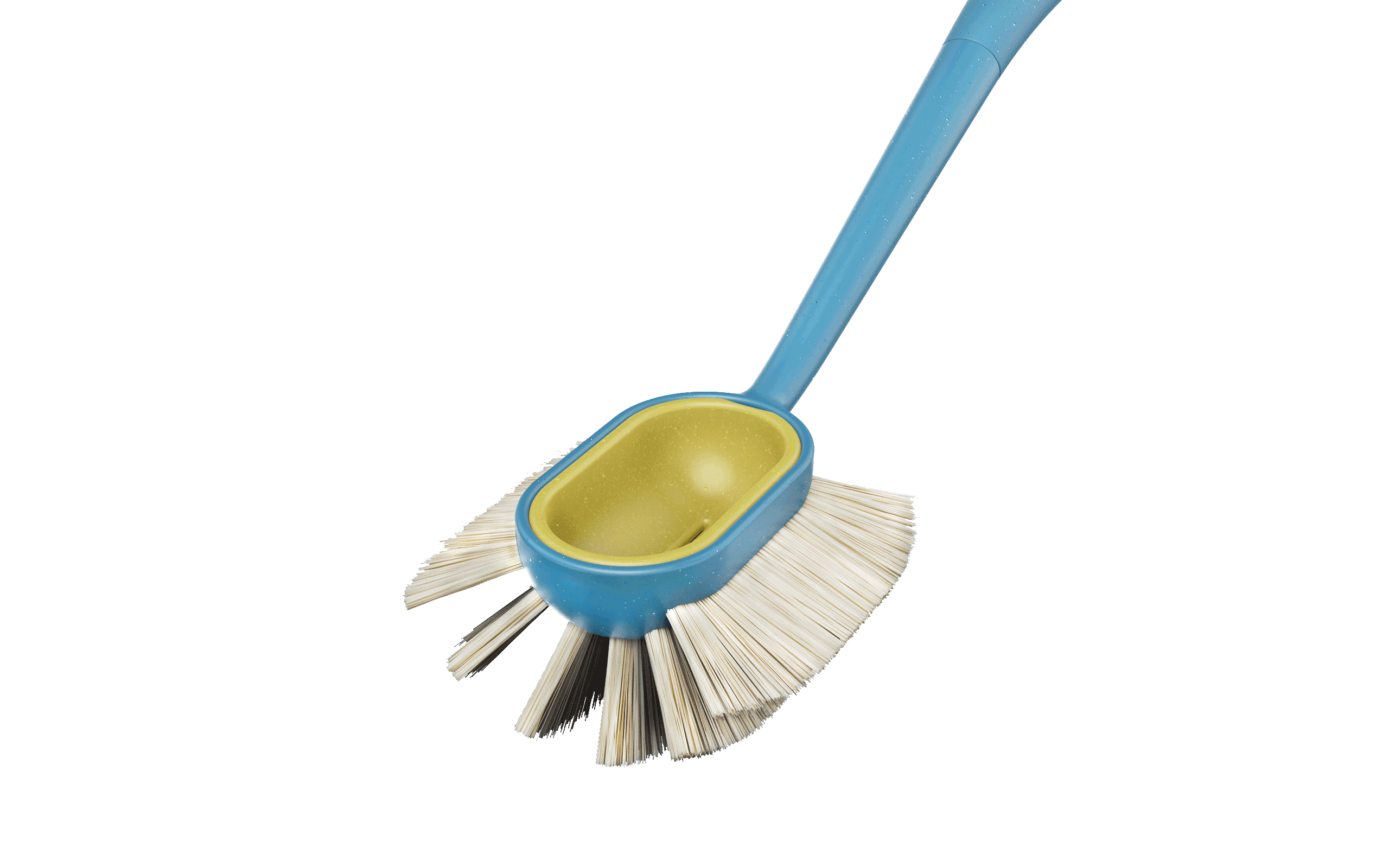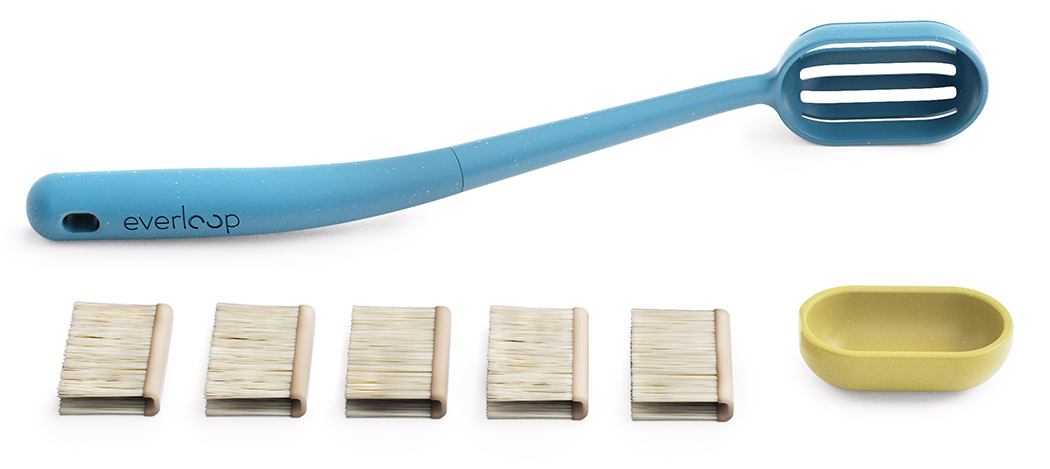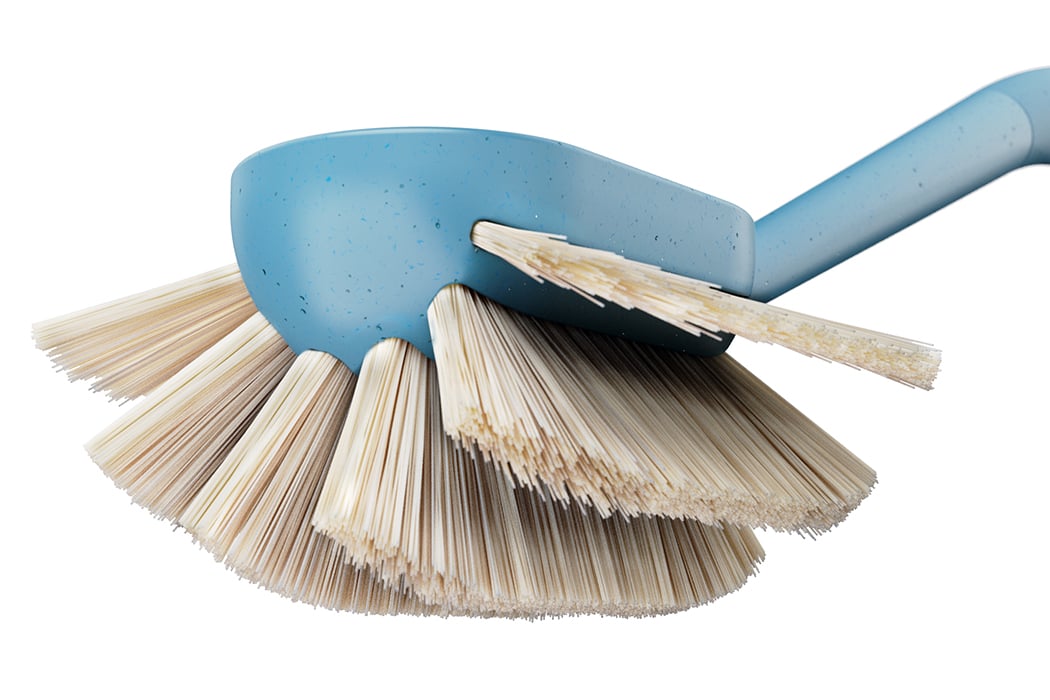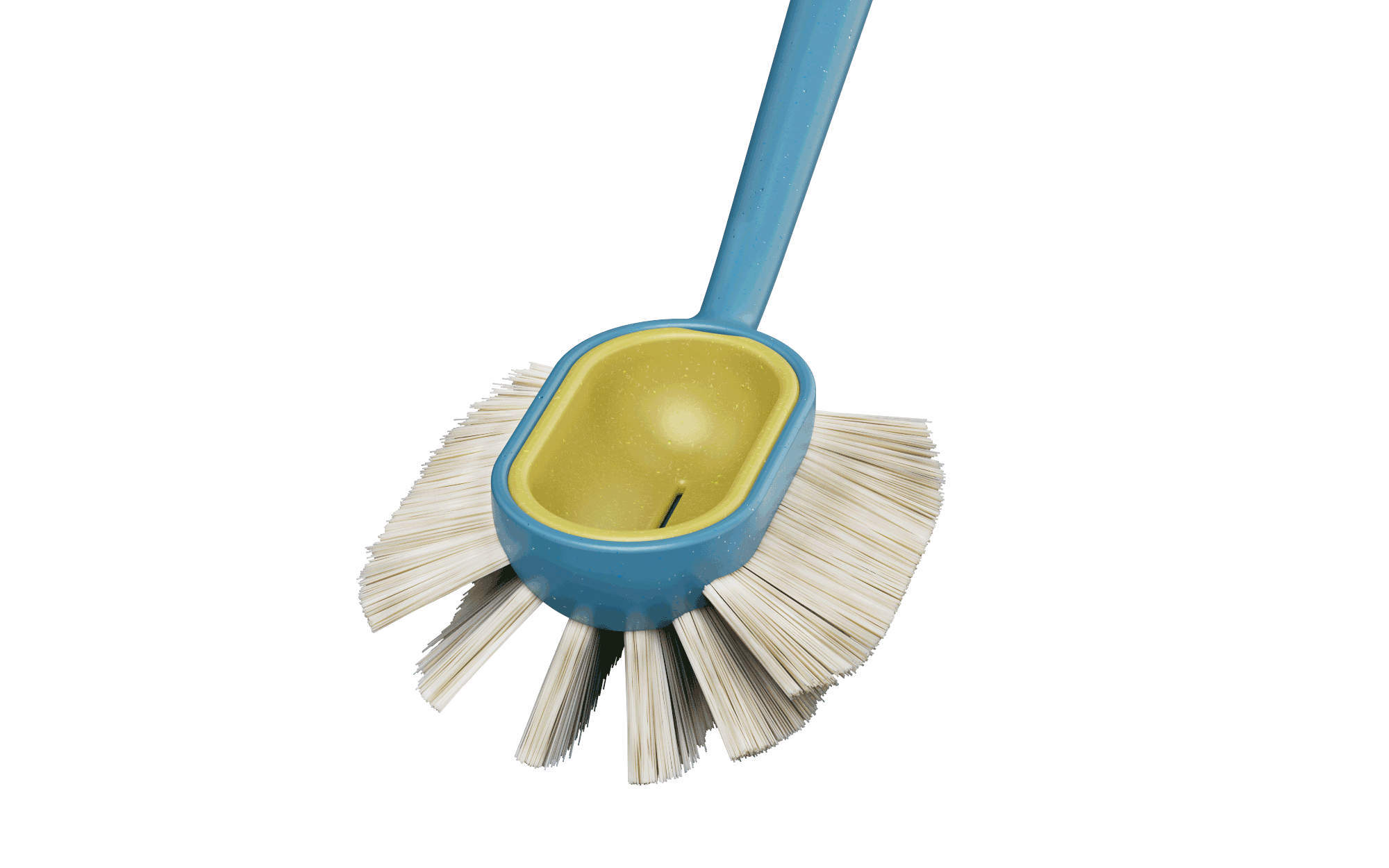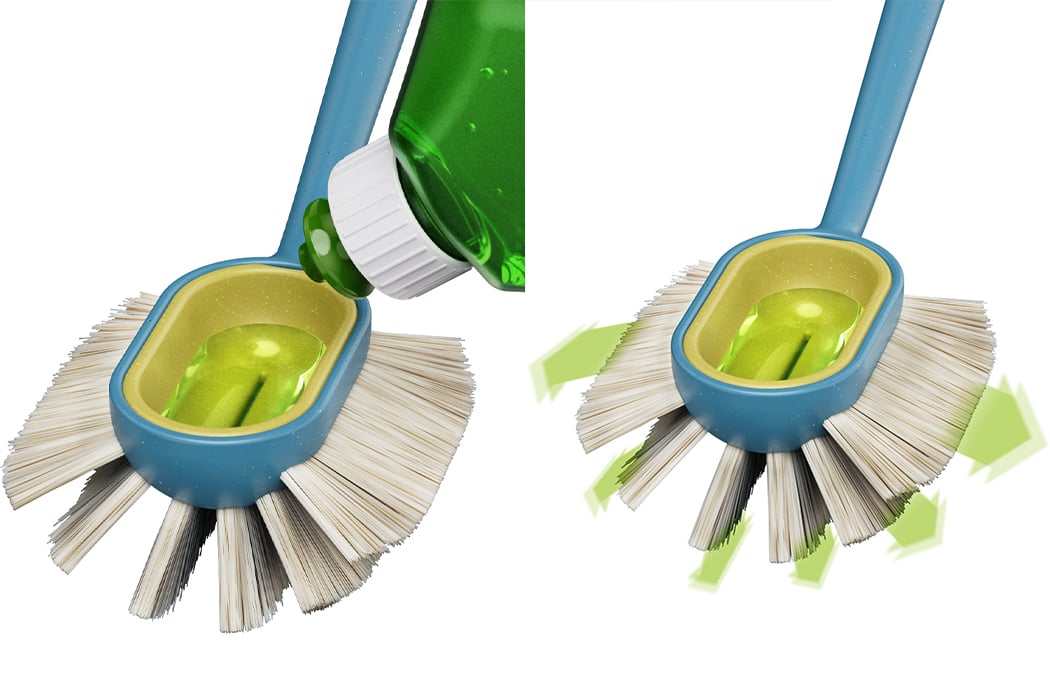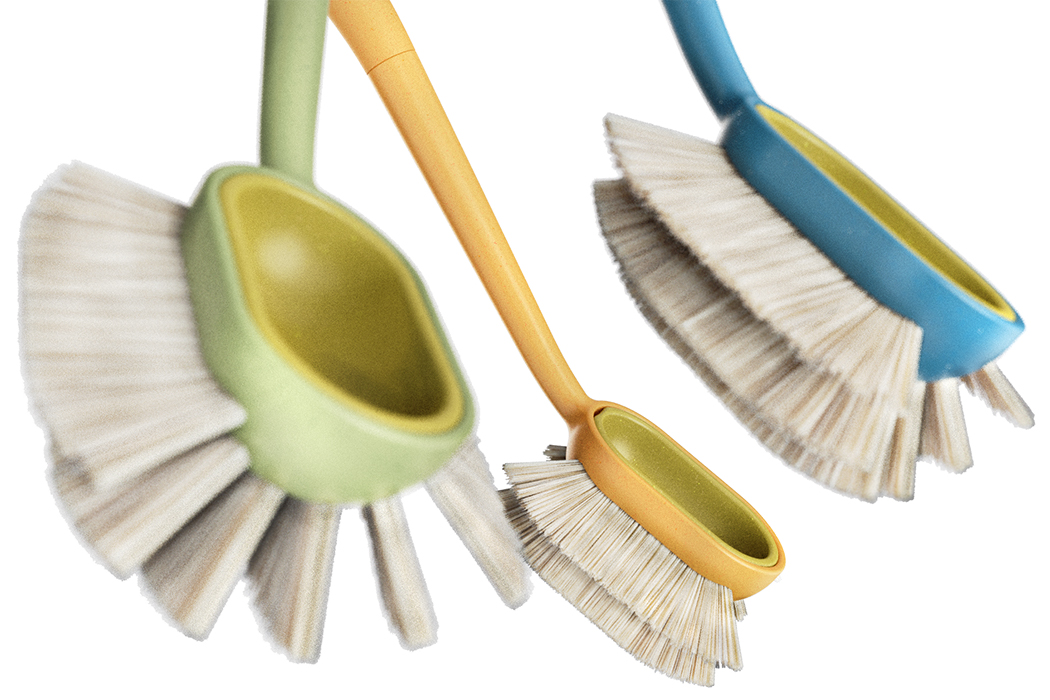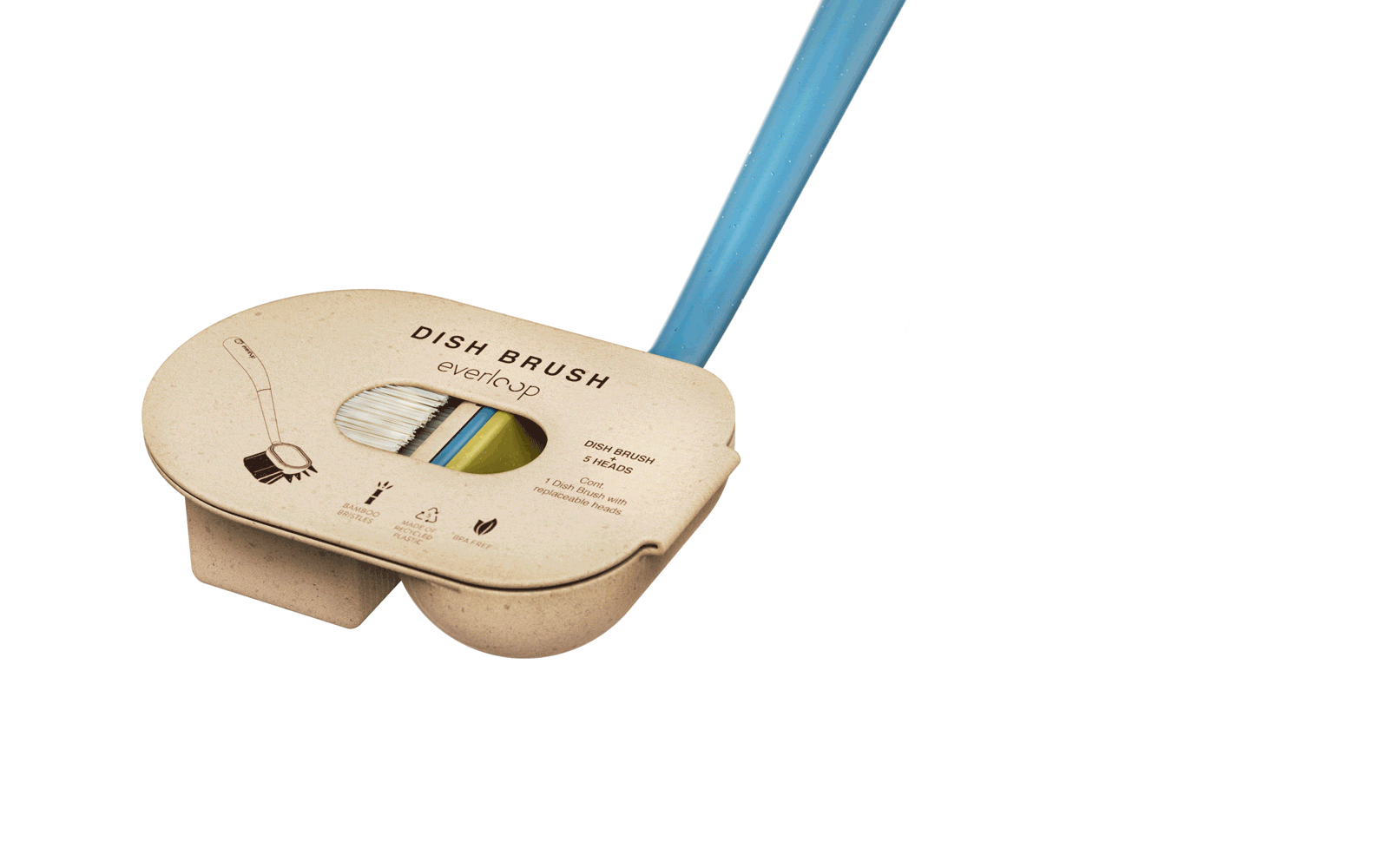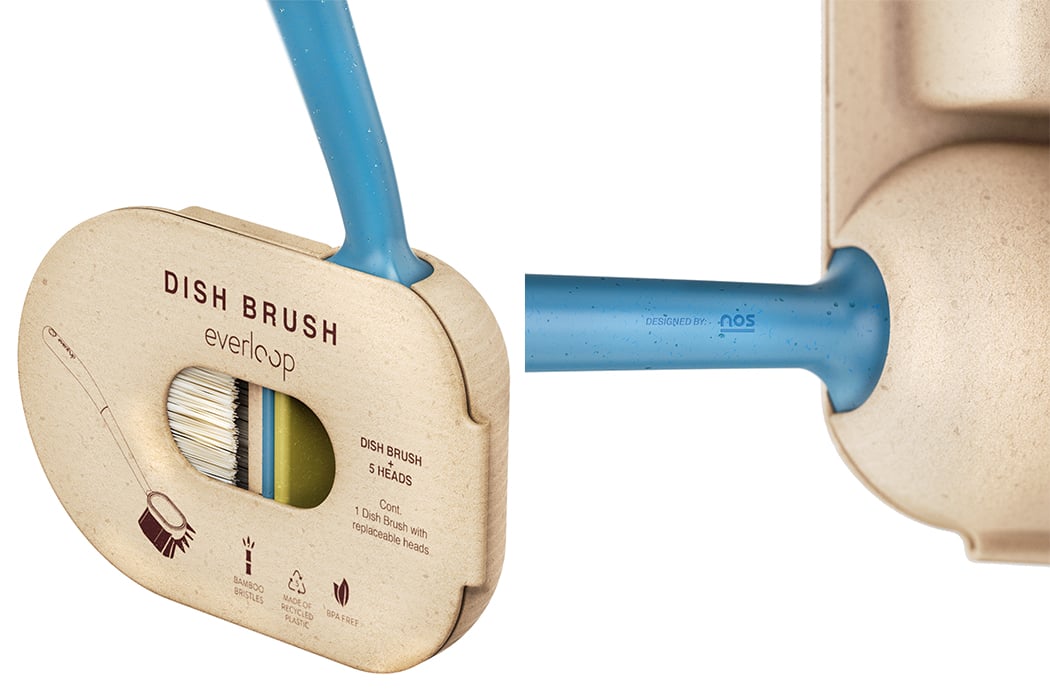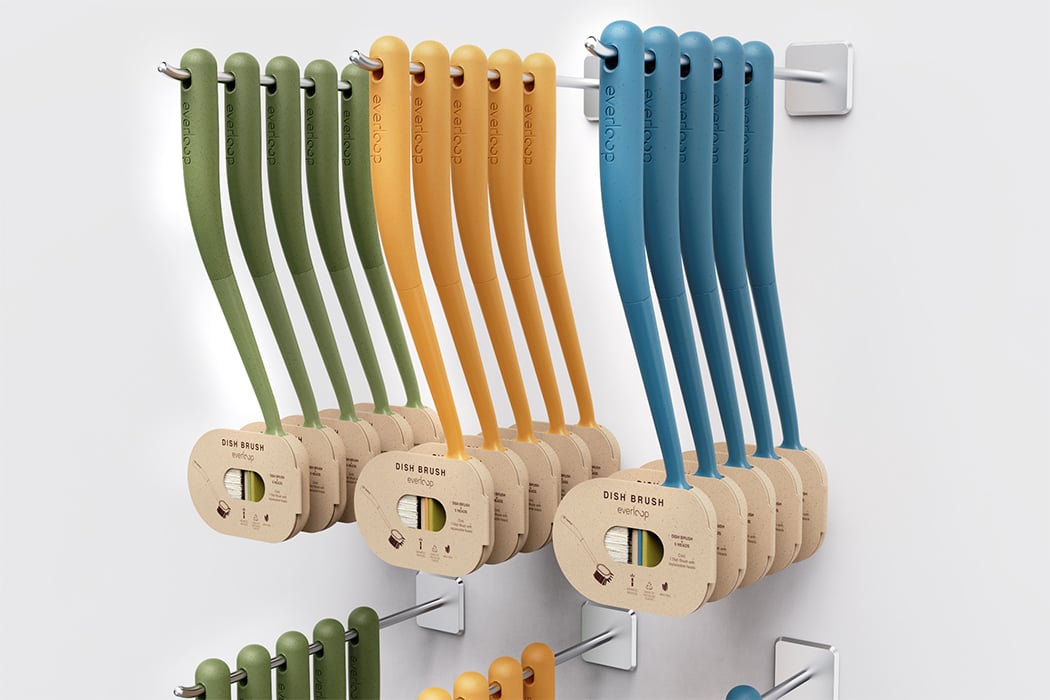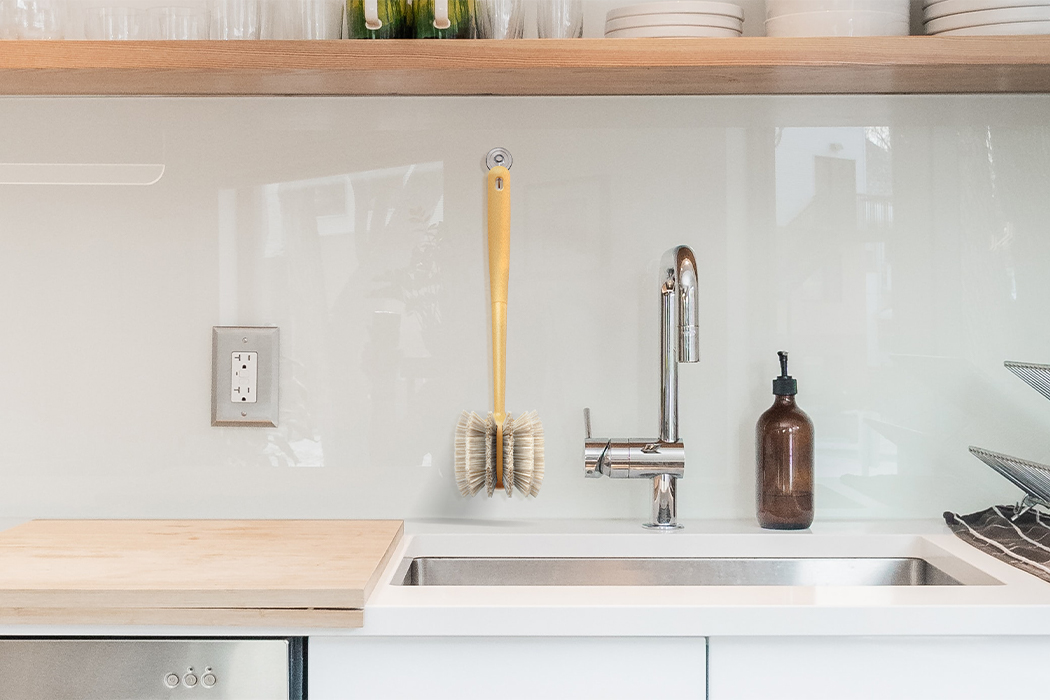Recycle and Reuse have become the buzzwords today. Most materials – single-use plastic excluded – are being recycled, and some plastic items such as bottles are reused to restrict them from reaching the landfills. Plastic pollution is therefore a big menace globally that designers are trying to solve with potentially innovative ideas. In that league we came across the Reusable: a collapsable, reusable cup that is made from food-grade material and fits right in your pocket so you can carry it wherever your routine takes you.
Disposable paper cups have been around for a long time now. Not essentially made with the purpose of being reused, such cups have to reach the landfills after one time use. All right, some of these to-go cups are recyclable, but some paper cups contain a plastic or wax coating – to prevent leaks – rending their unrecyclable. This is where a solution like the Reusable makes a lot of sense, not essentially because it can be recycled at the end of life, but since it can be reused a multitude of times before it can be retired from the lifecycle.
Designer: Kalina Gotseva
![]()
The brainchild of British-designed Kalina Gotseva, the Reusable has been 3D printed from durable, food-grade silicone. Made in a unique twisted design, after thousands of iterations on paper and other materials, the Reusable is made collapsable, transforming the cup from a full-sized option to a compact form factor that allows it to fit in the pocket.
![]()
Making a silicone cup with all the intricacies to make it reusable, the cup is a direct benefit product for millions of tea and coffee drinkers around the world, whose day wouldn’t start with the pipping hot beverage picked from the driveway in a throwaway one time use cup. This scenario could change with the benefit of Reusable which you can flip out of your pocket and have your drink served to you in it.
![]()
![]()
With the foldable and reusable design, the question of safety and convenience does arise in the mind. Gotseva has taken care of every detail, starting with making the entire foldable design self-contained. For that, the designer ensured that the body of the cup folds down flat and it can then fit securely in its cap to remain intact and dust-free in your pocket/bag. The protective cap is not just the Reusable’s case, in fact it has a tested push-and-pull slider on the drinking hole, which offers leak-proof convenience, so you can carry and drink your beverage safely, at your convenience.
![]()
![]()
The Reusable despite all the nifty features has sleek aesthetics paired with an ergonomic grip and three interesting color choices to pick a cup that matches your style. Created from BPA-free silicone, the cups are colored – with food-safe options – during the injection molding process. These are available in dark blue, light aquamarine, and vibrant orange colors to choose from. I don’t know about you, but I’m waiting for the Reusable to hit the market. My pick is orange, what’s yours?

![]()
![]()
![]()
![]()
![]()
![]()
![]()
![]()
The post 3D-Printed from food-grade silicone, Reusable is a collapsable, pocket-friendly cup you can carry anywhere first appeared on Yanko Design.
